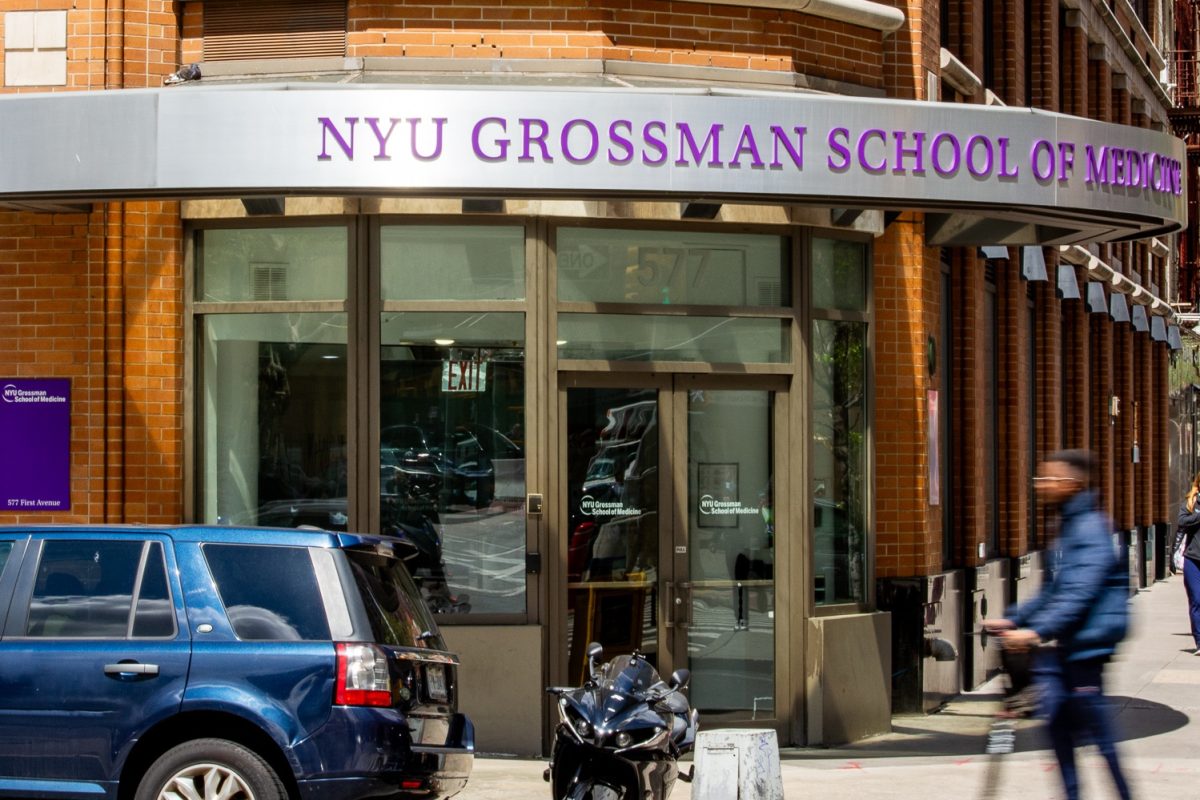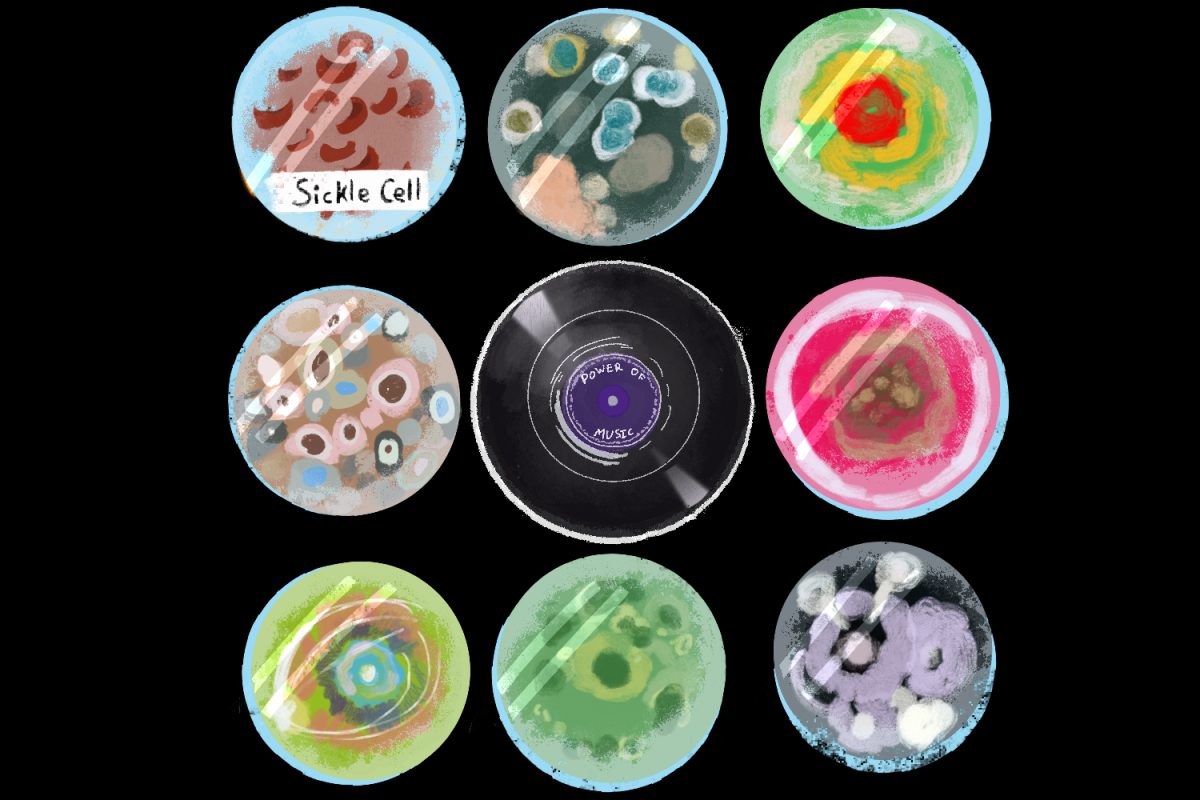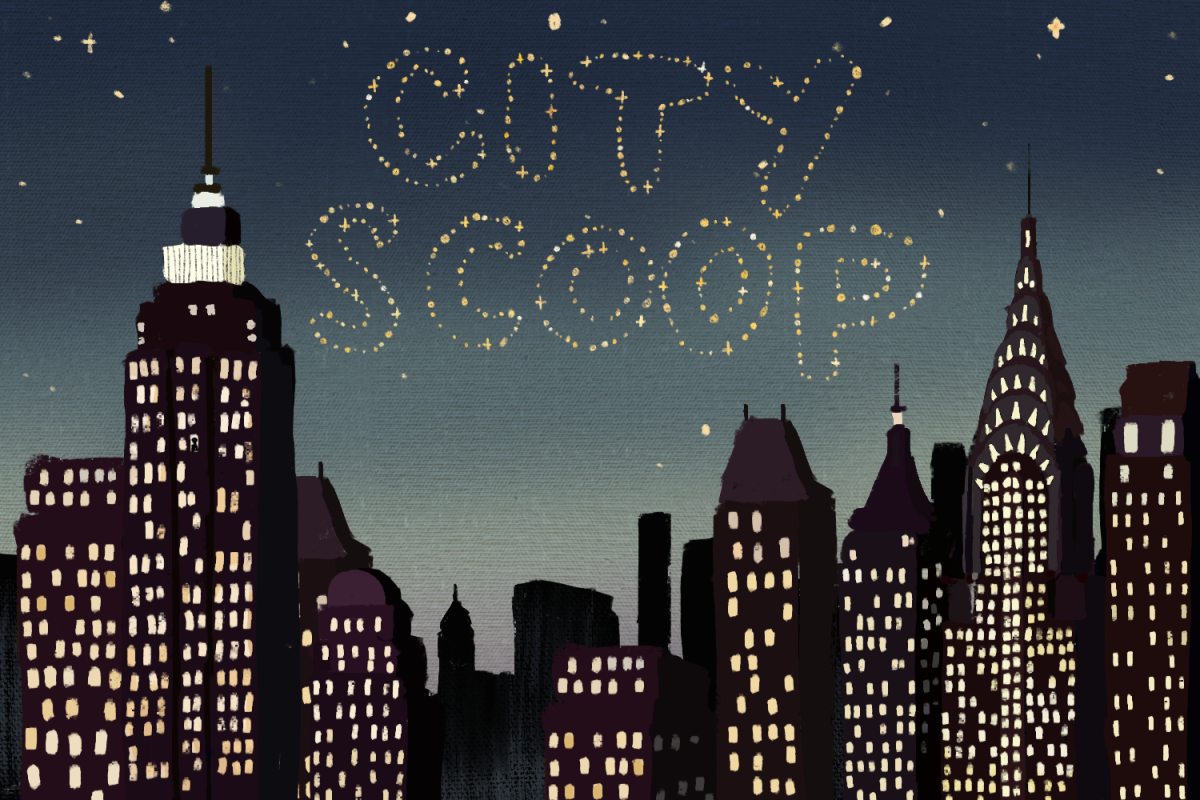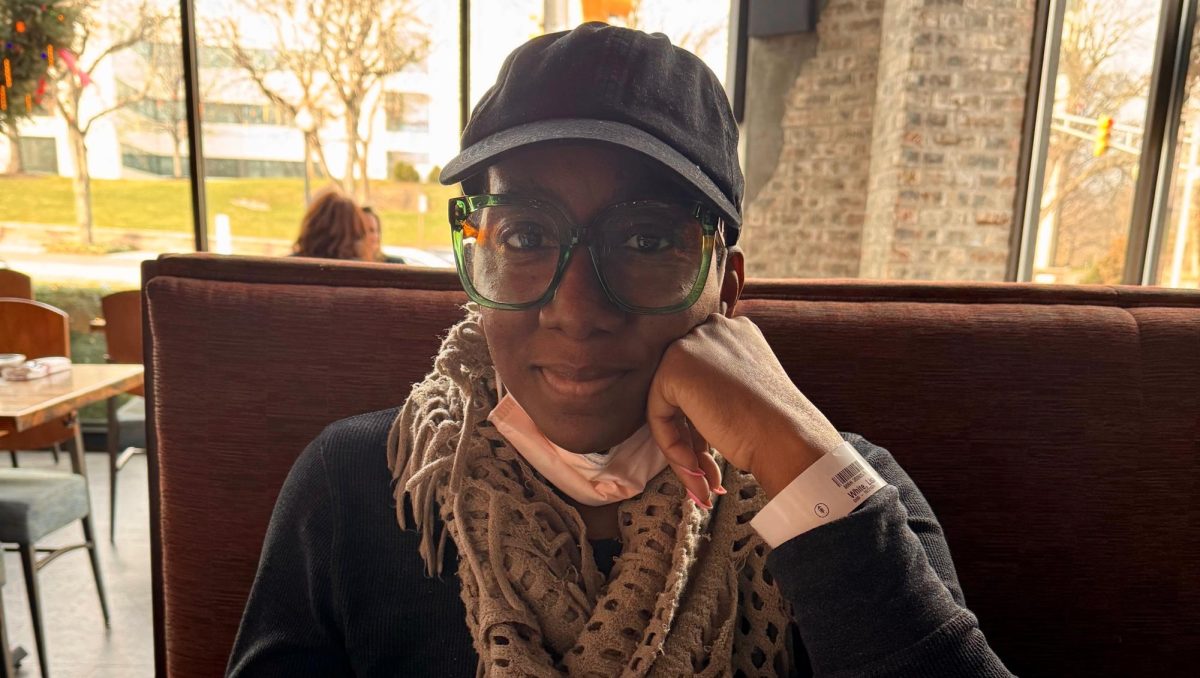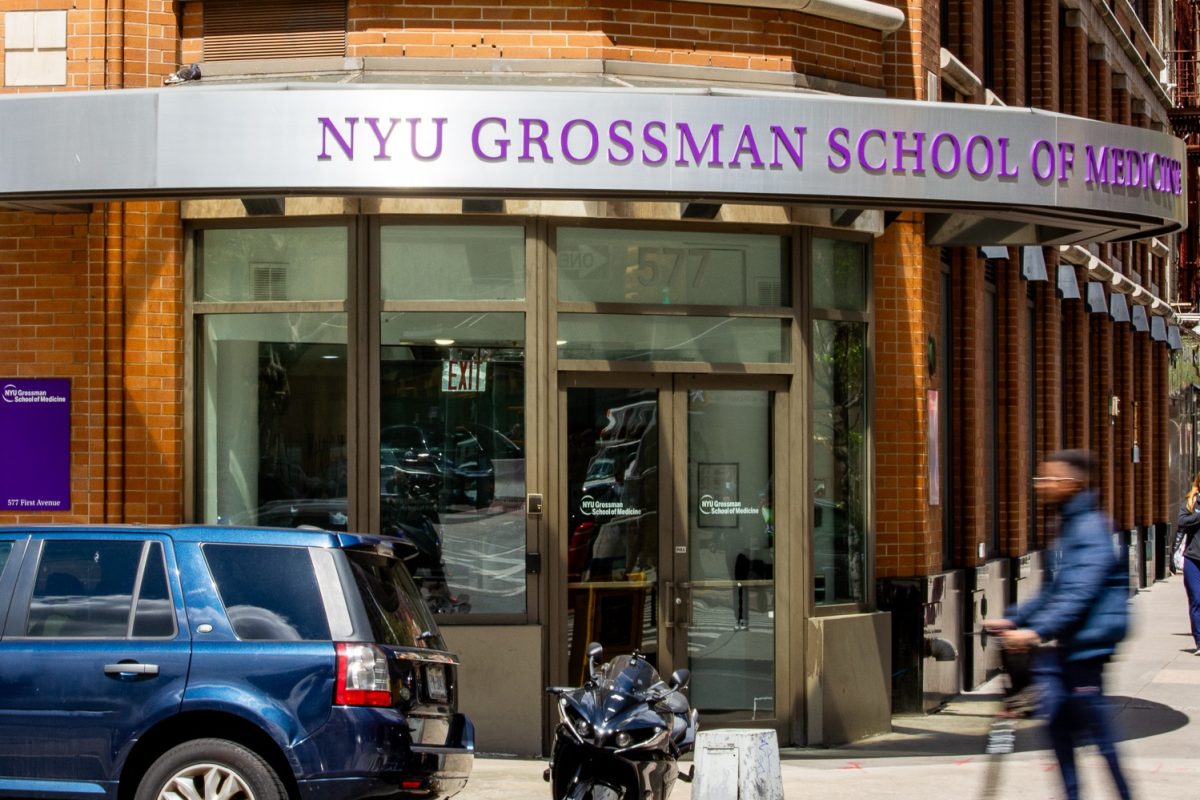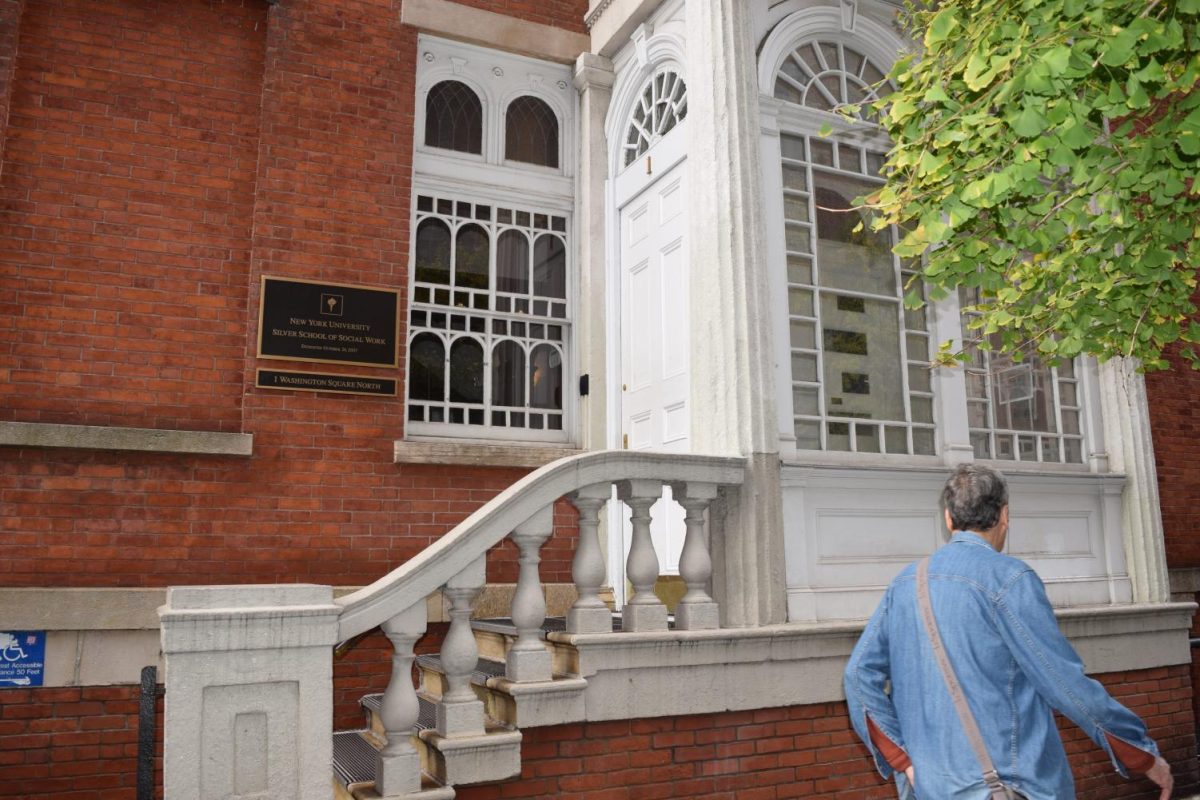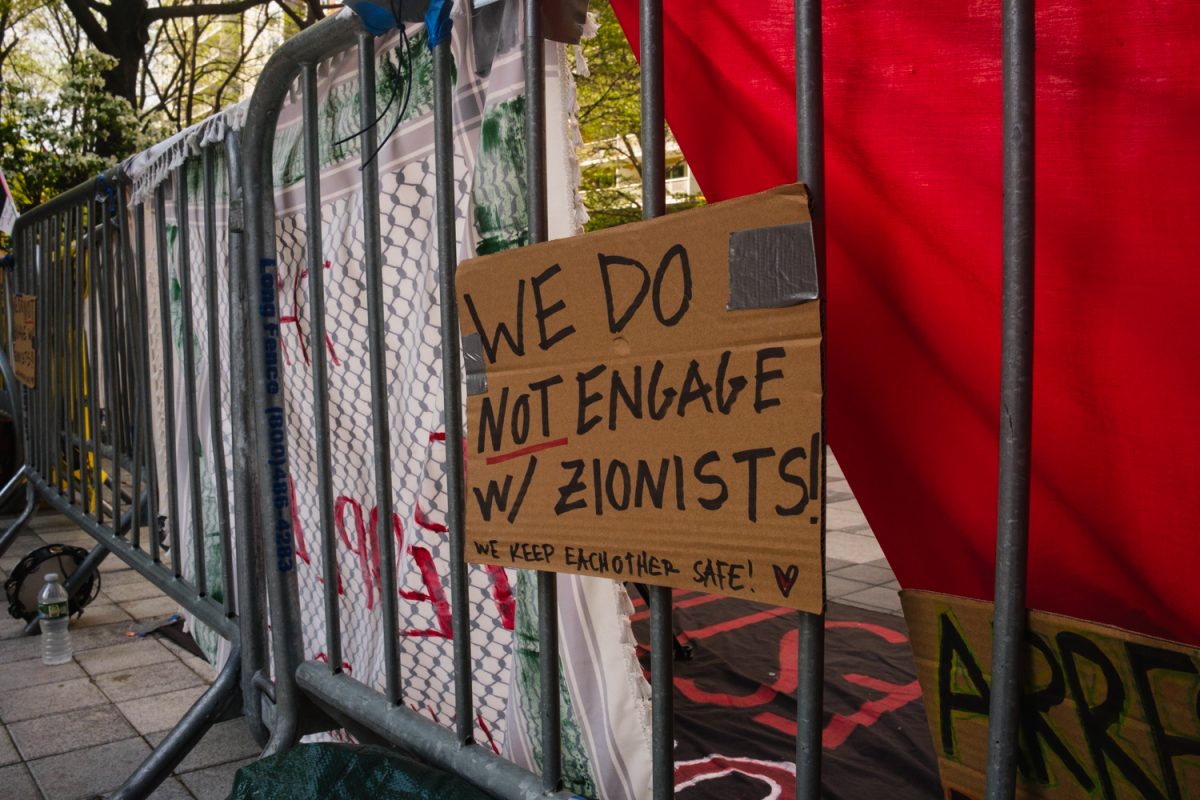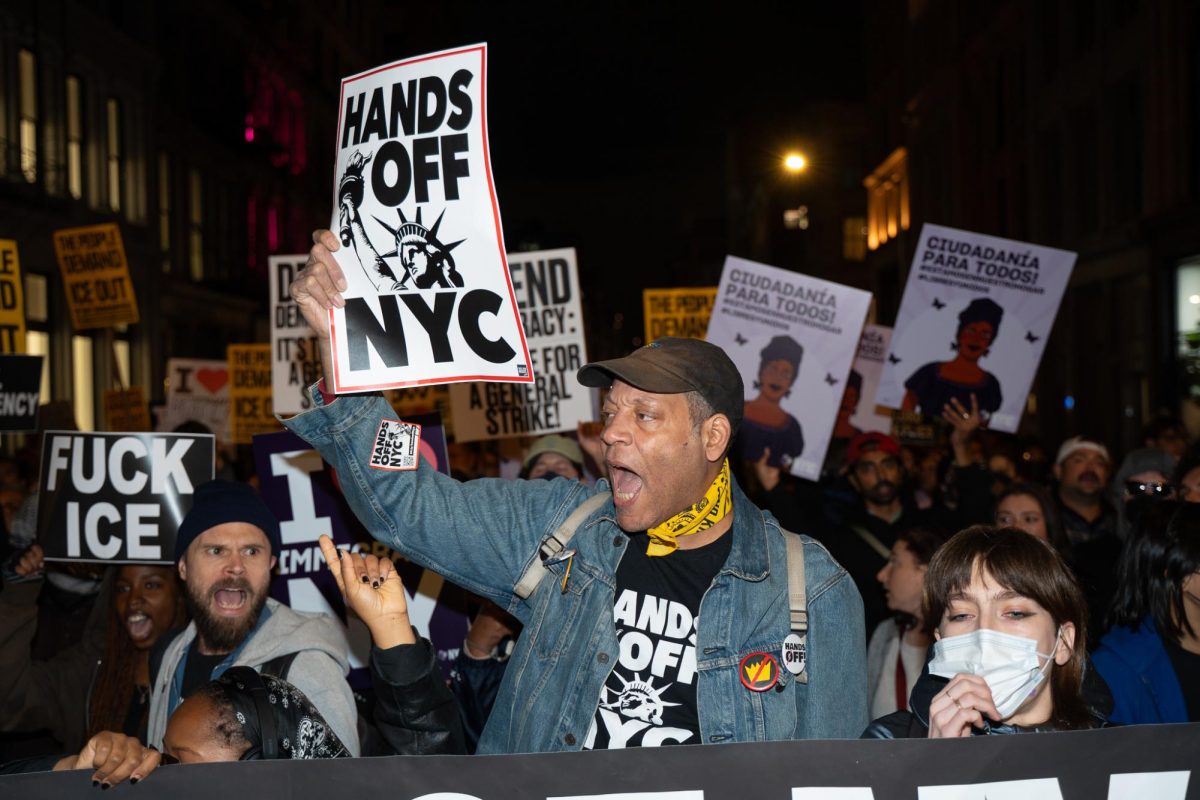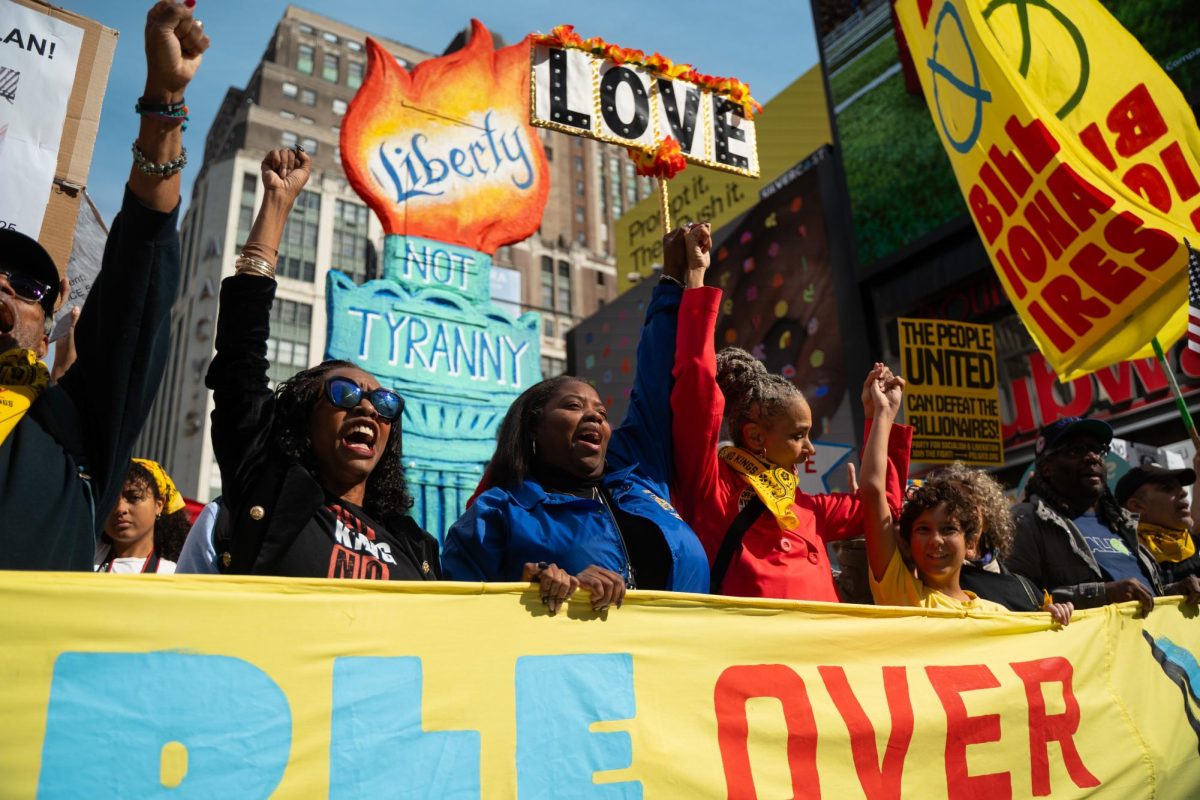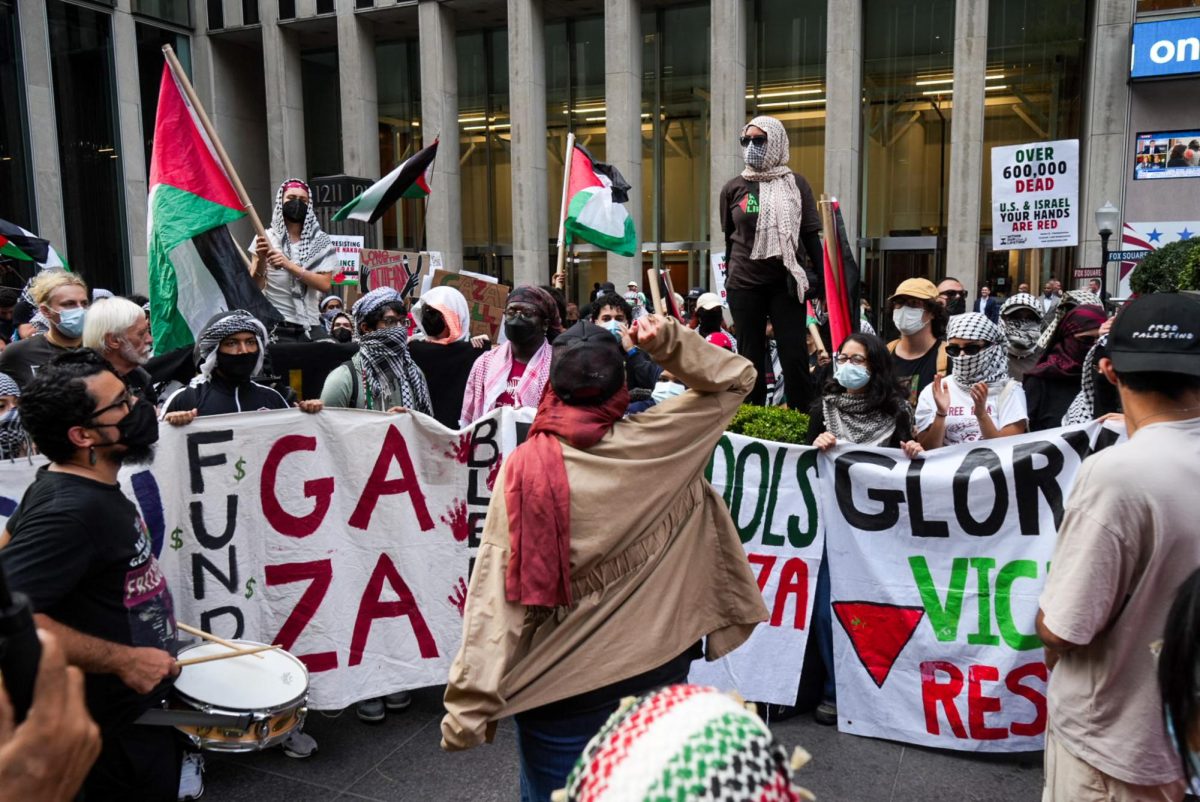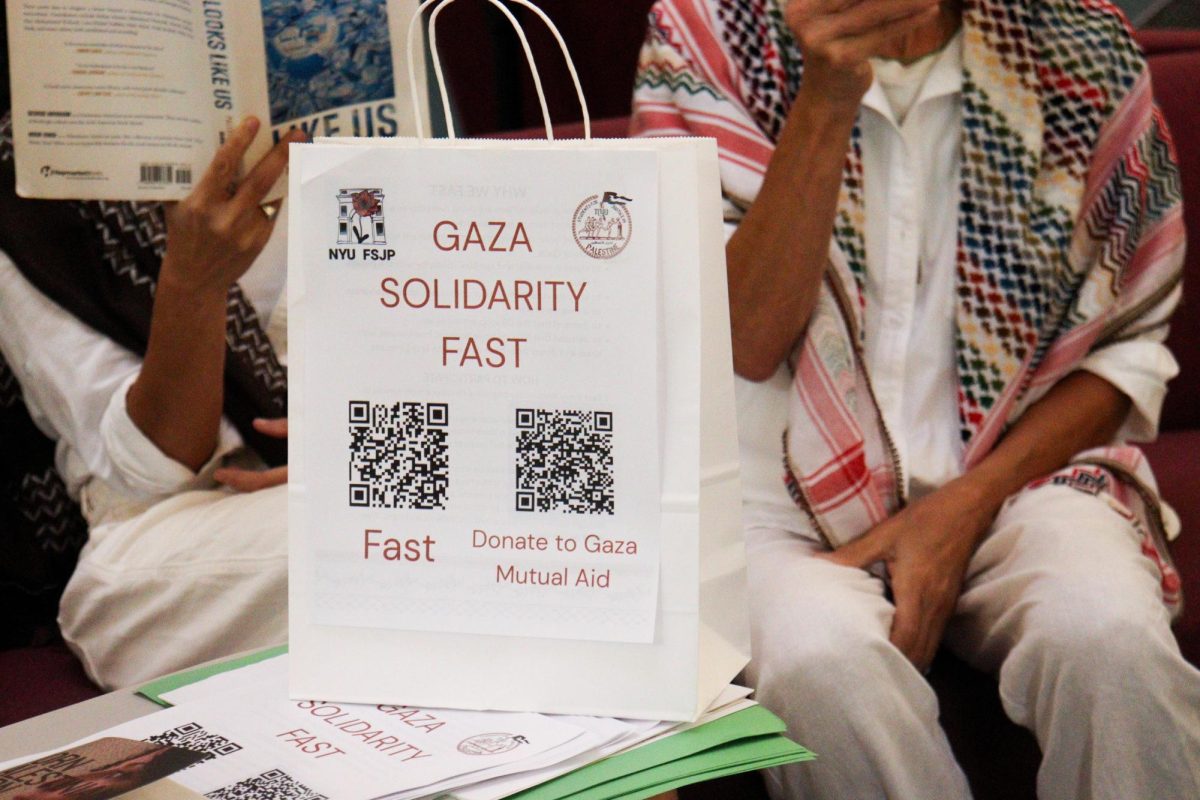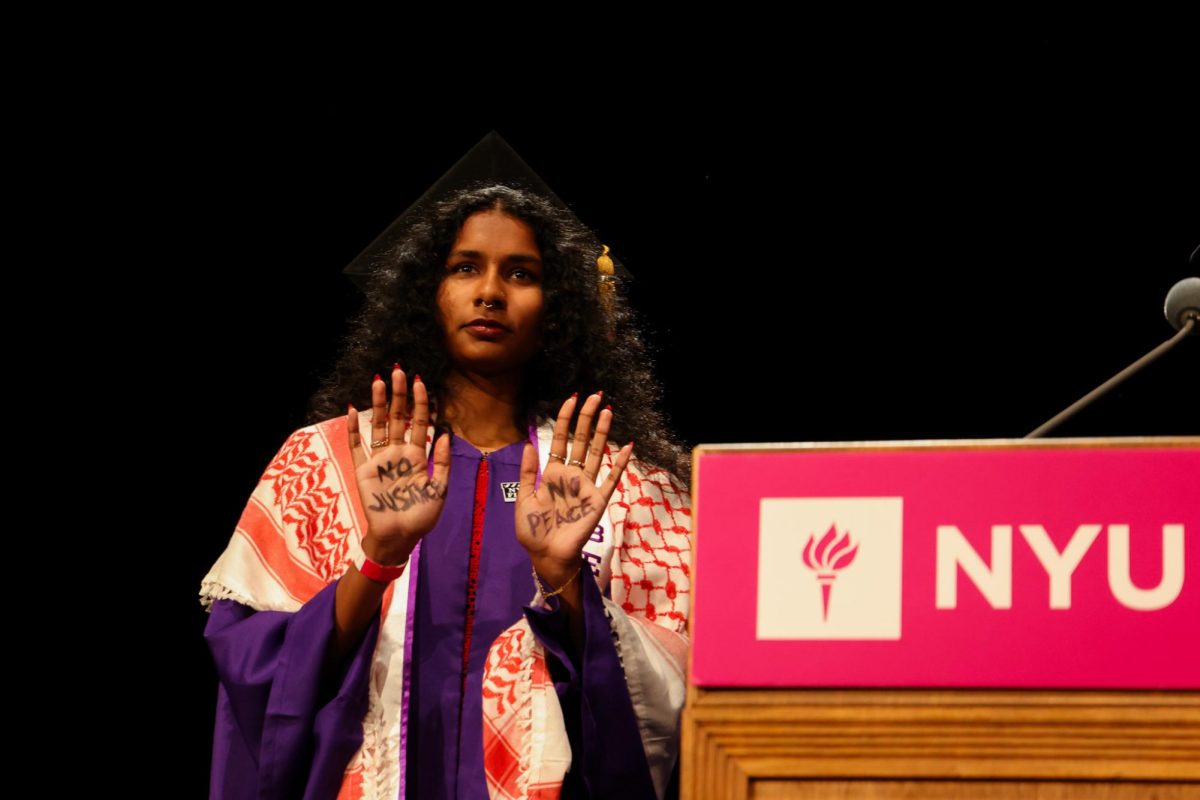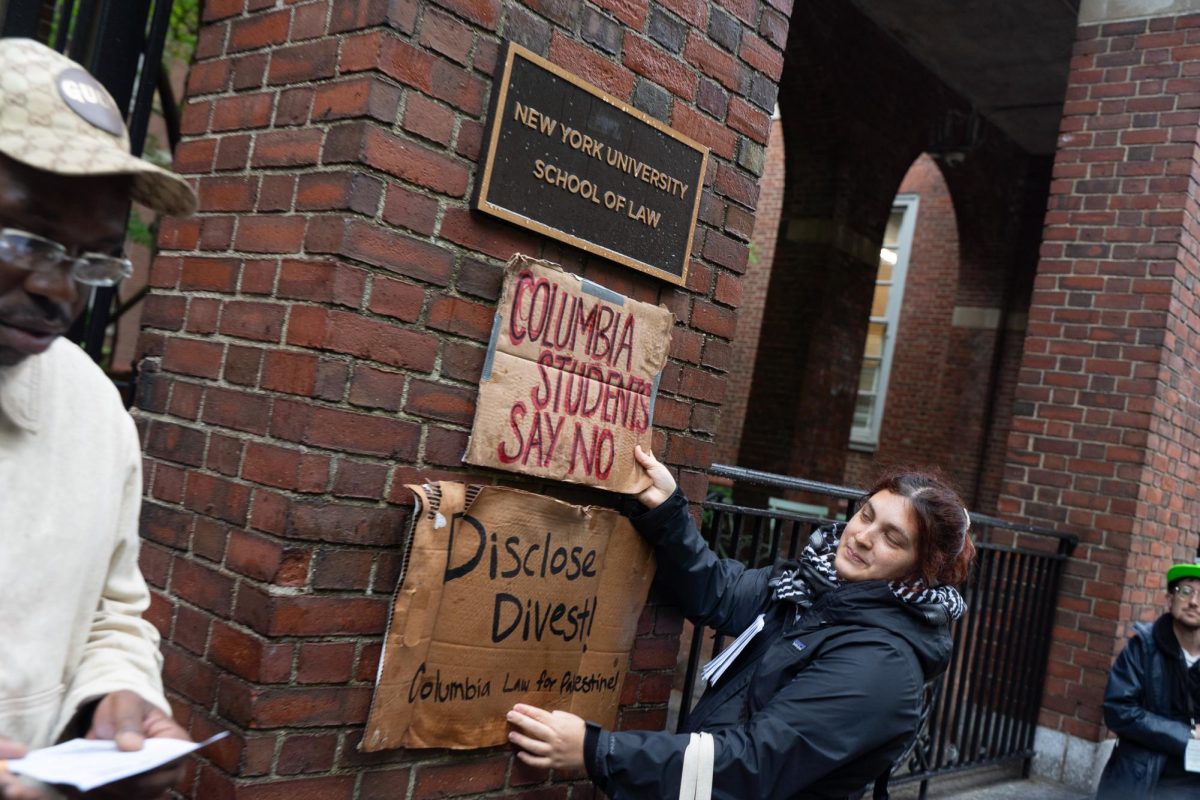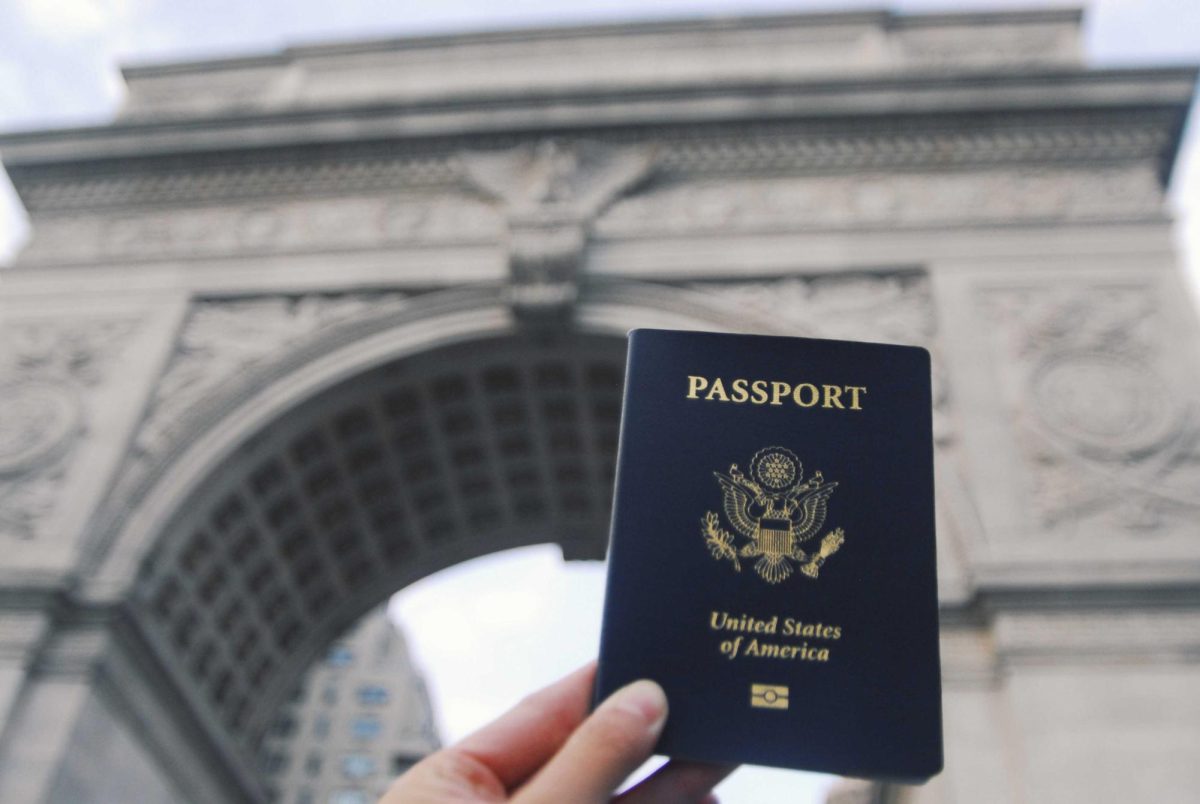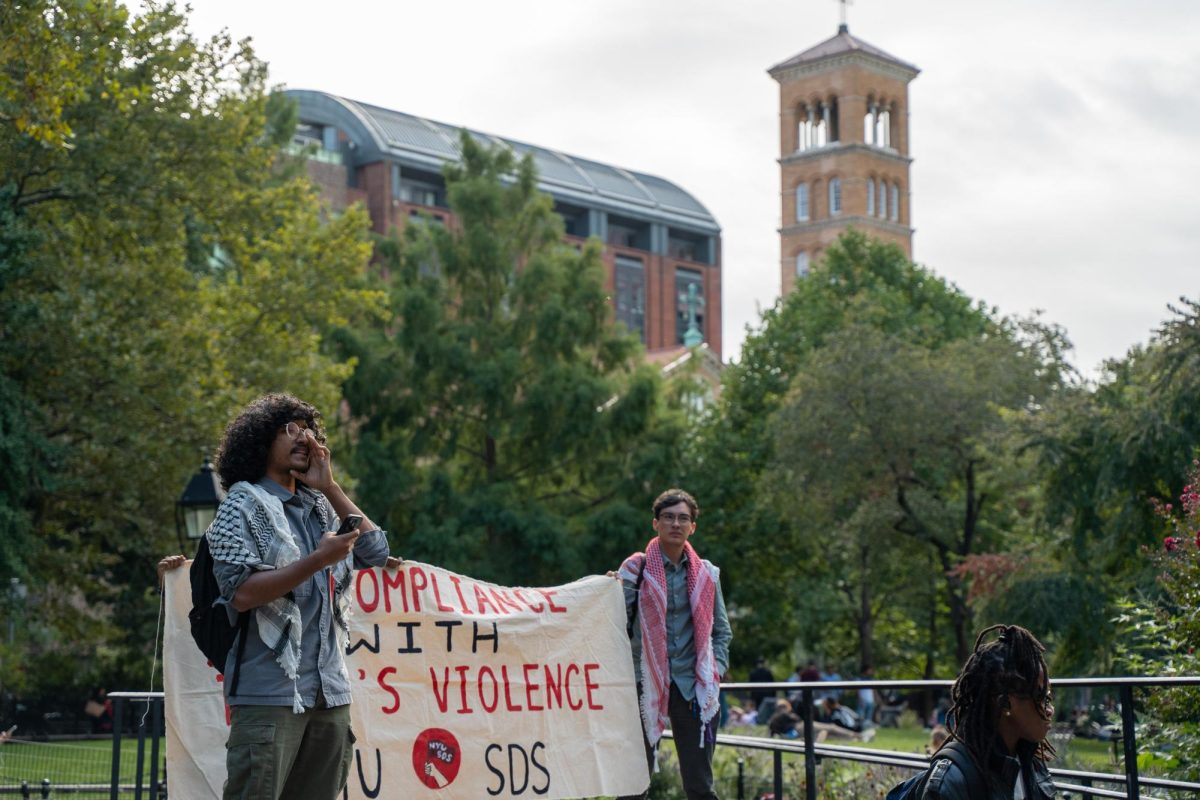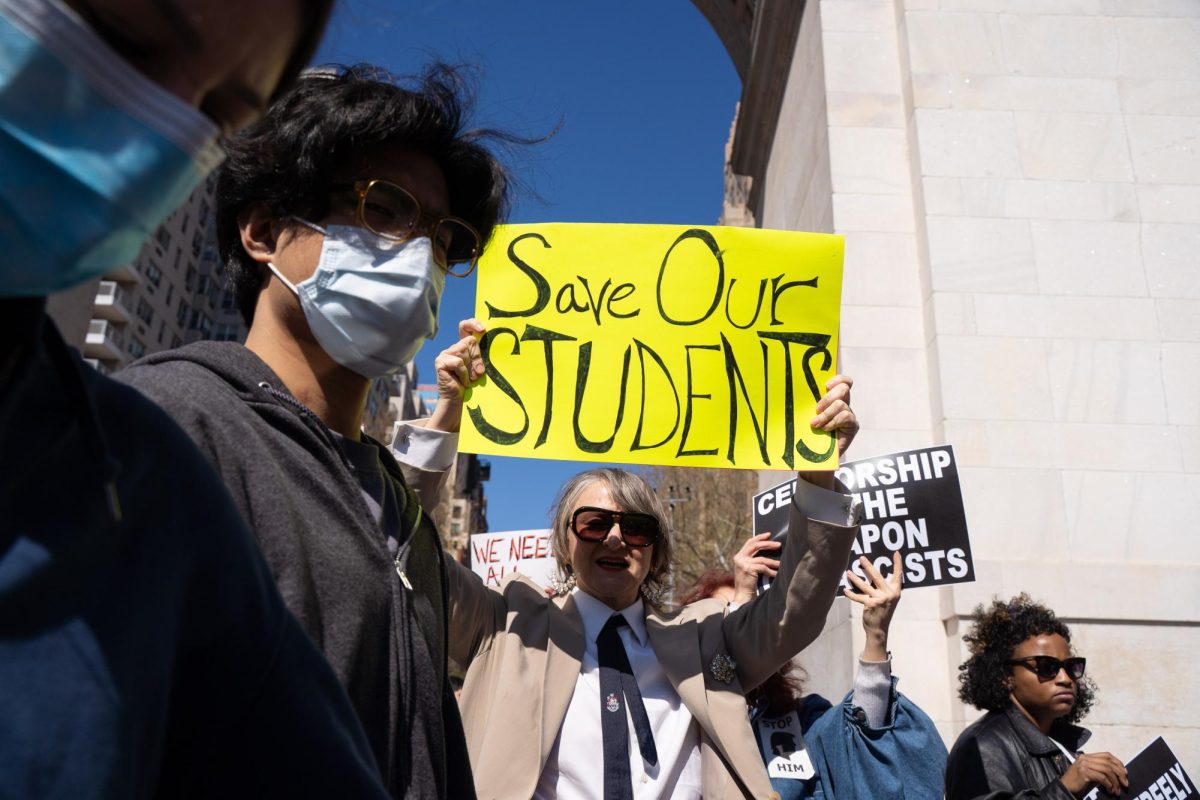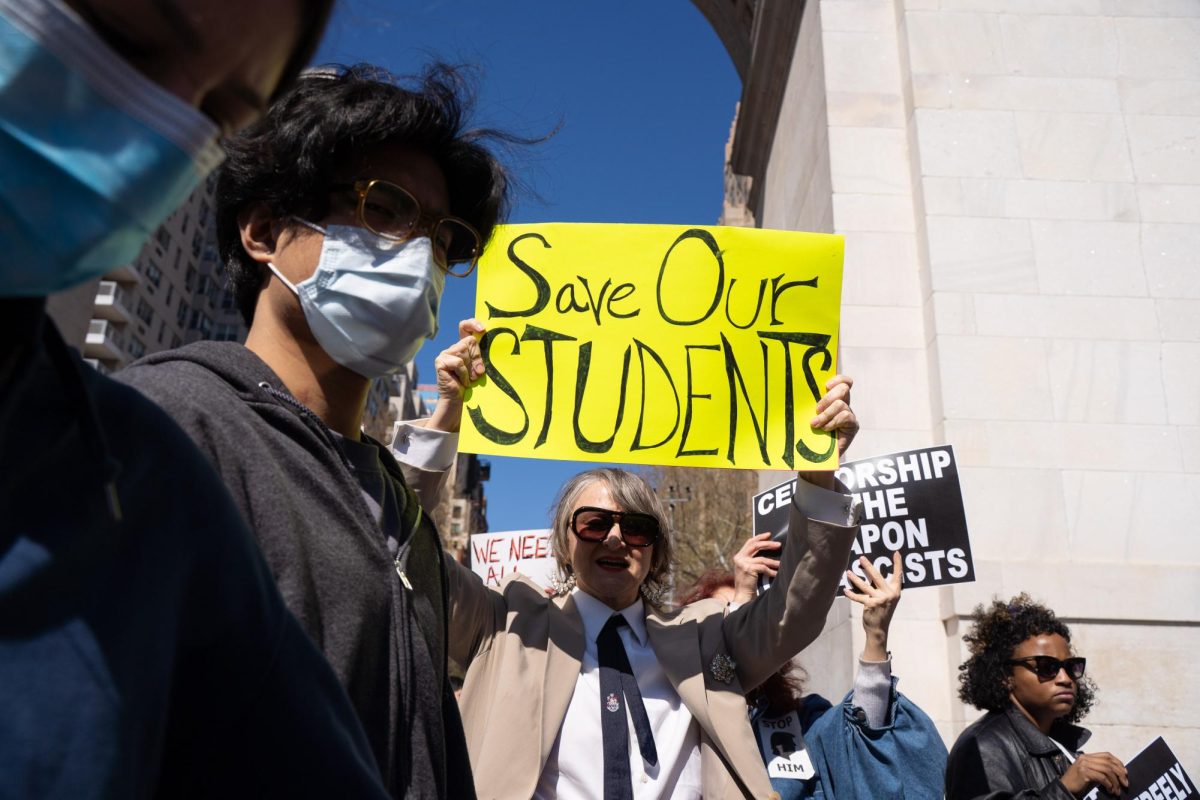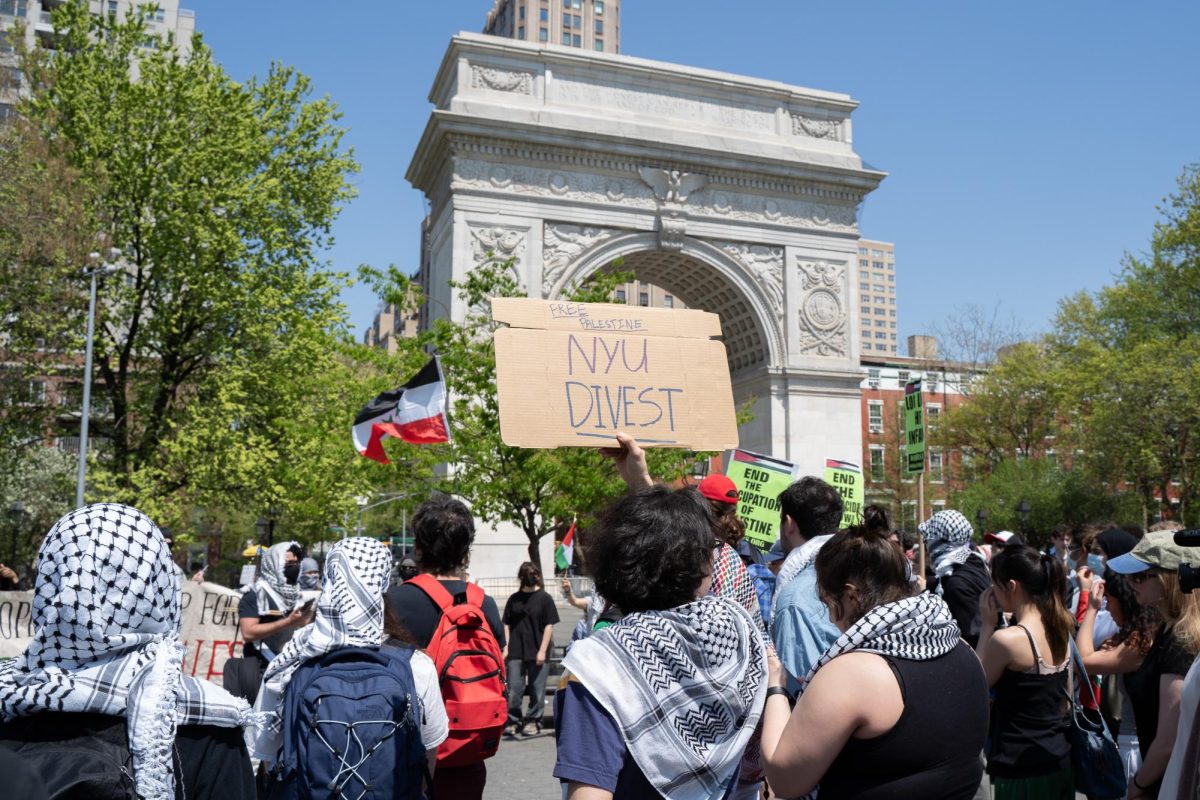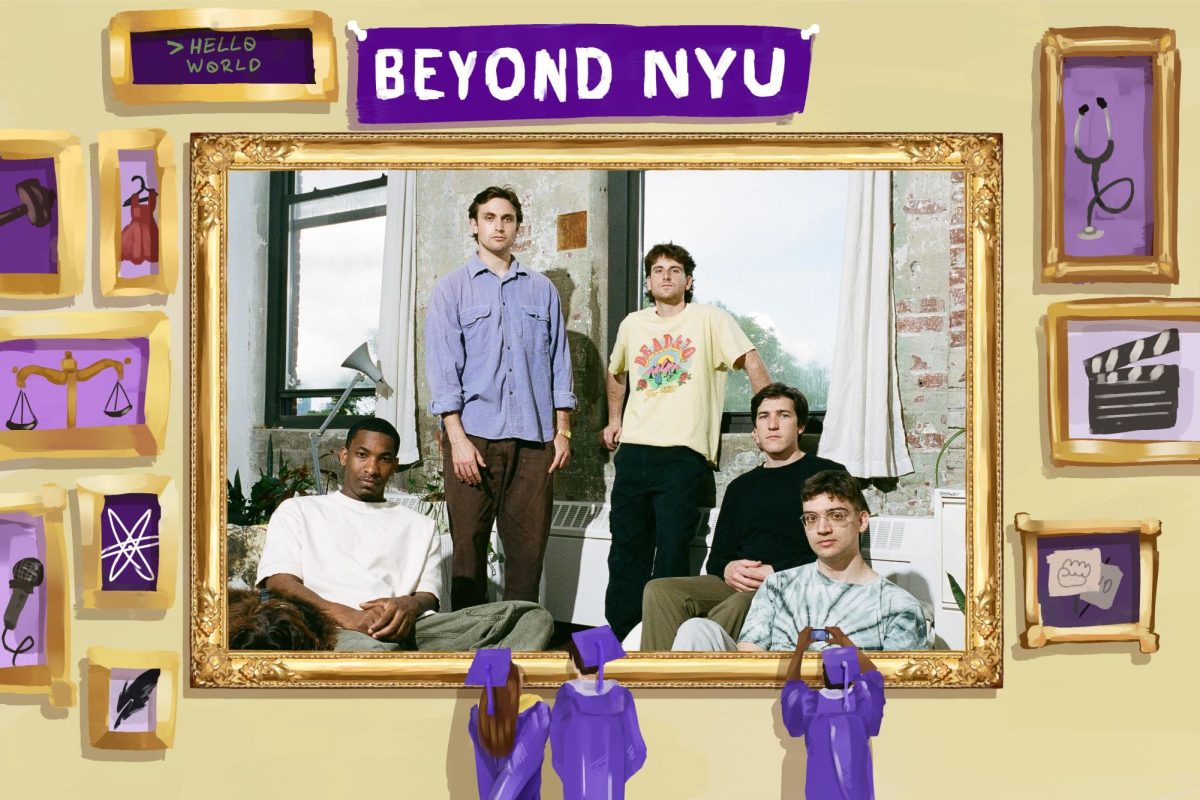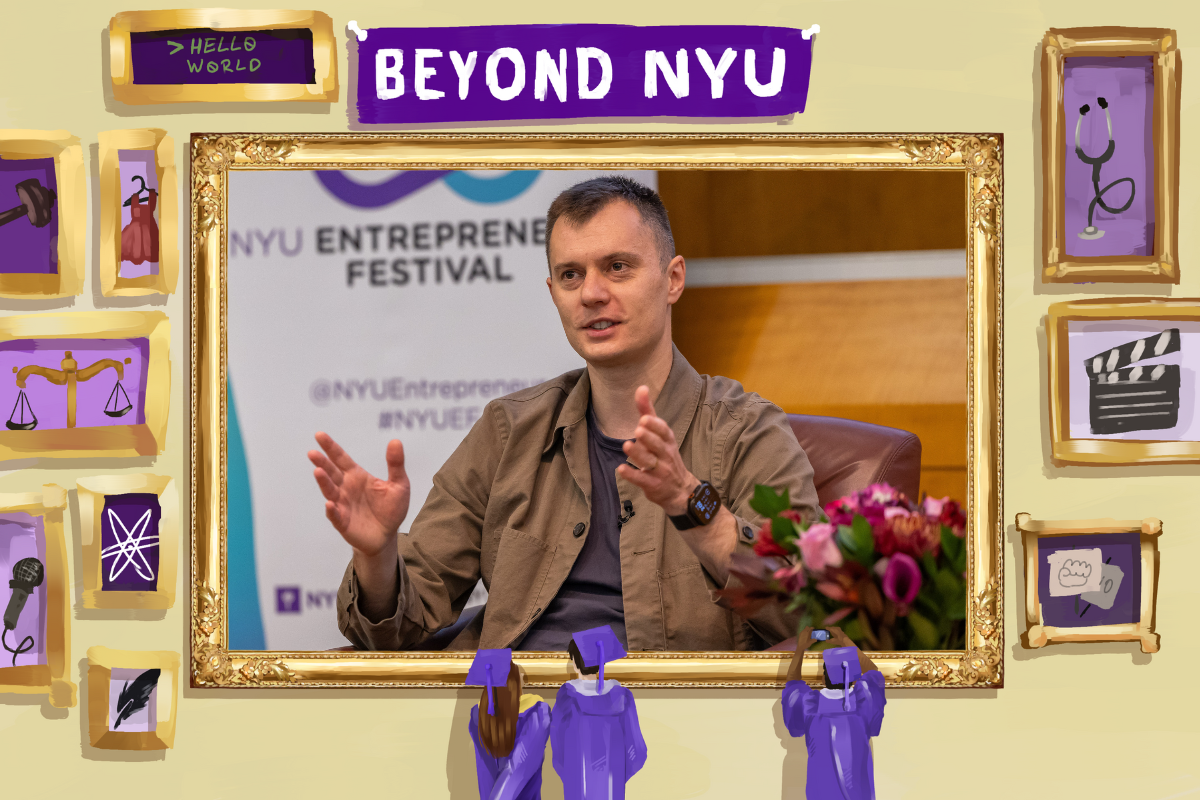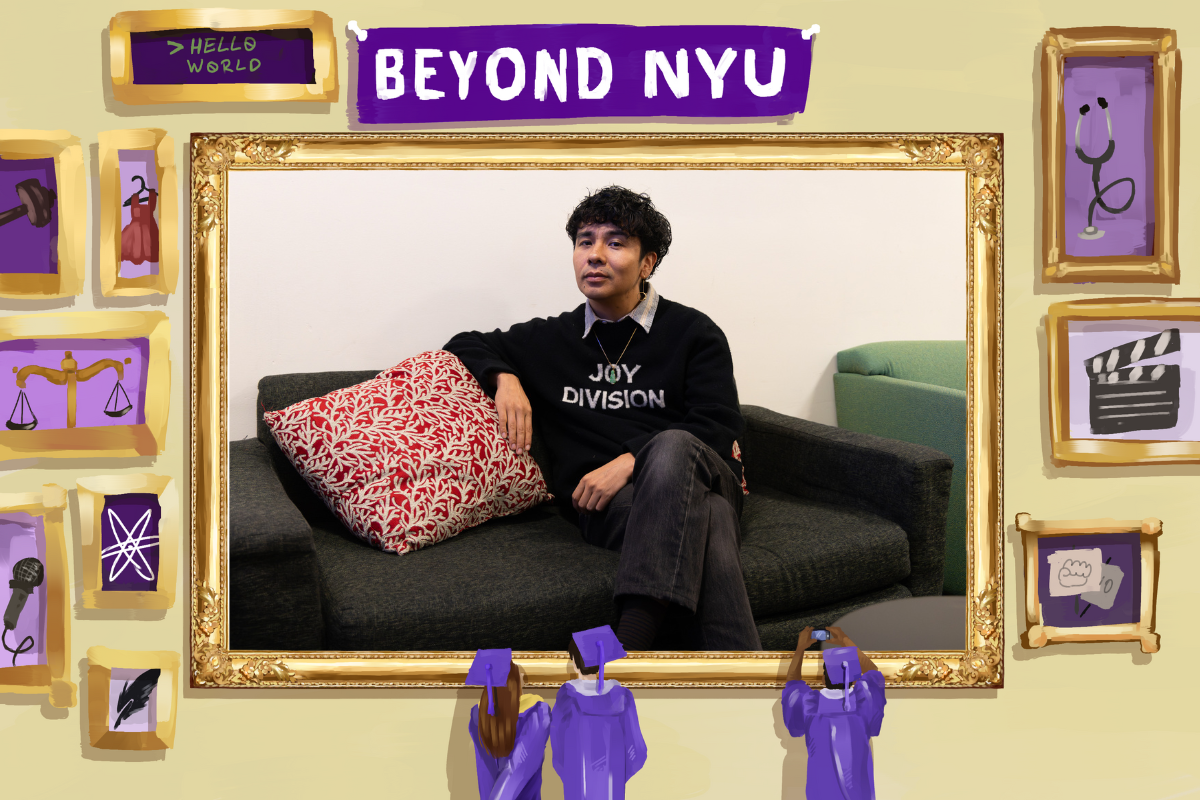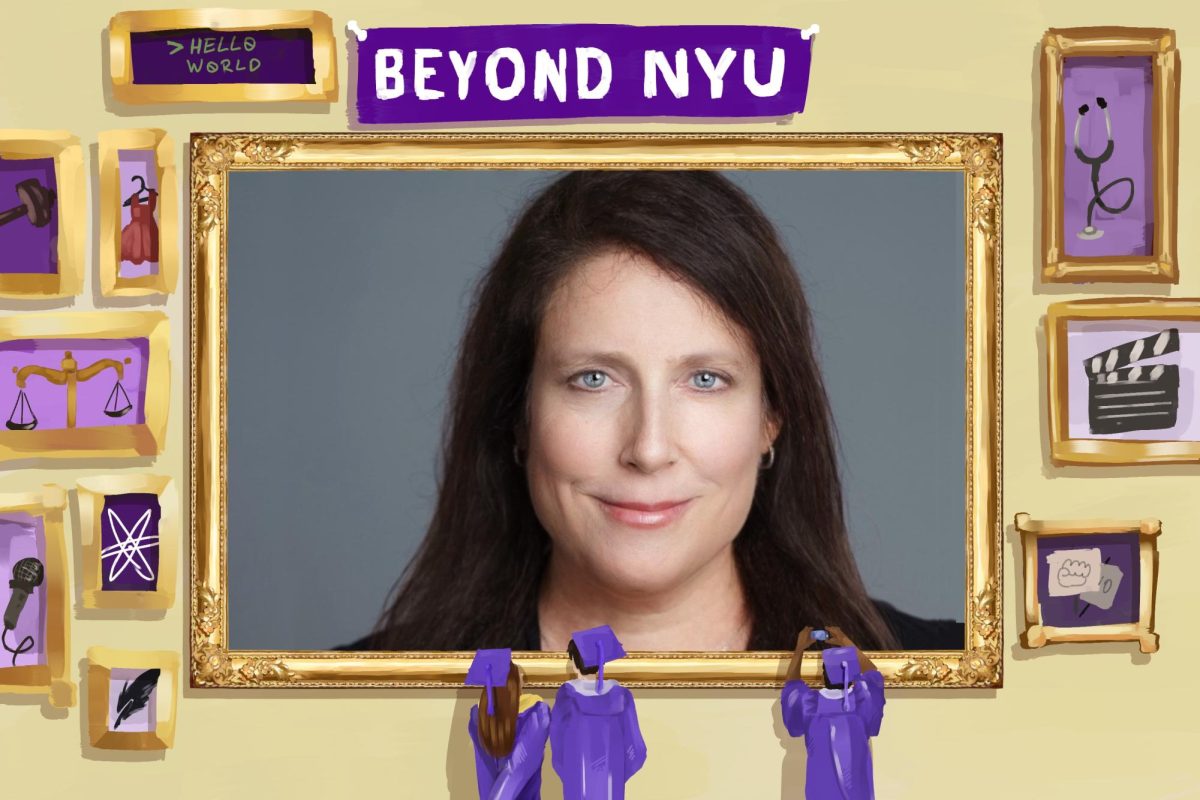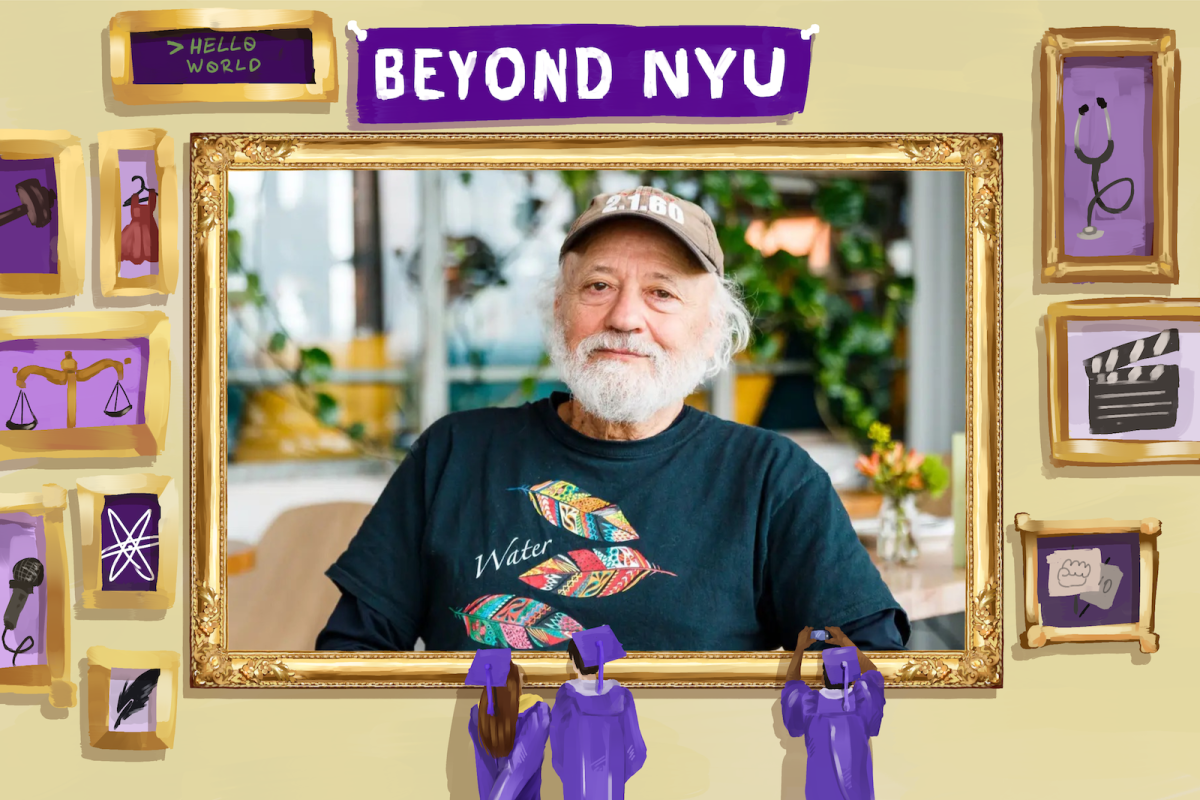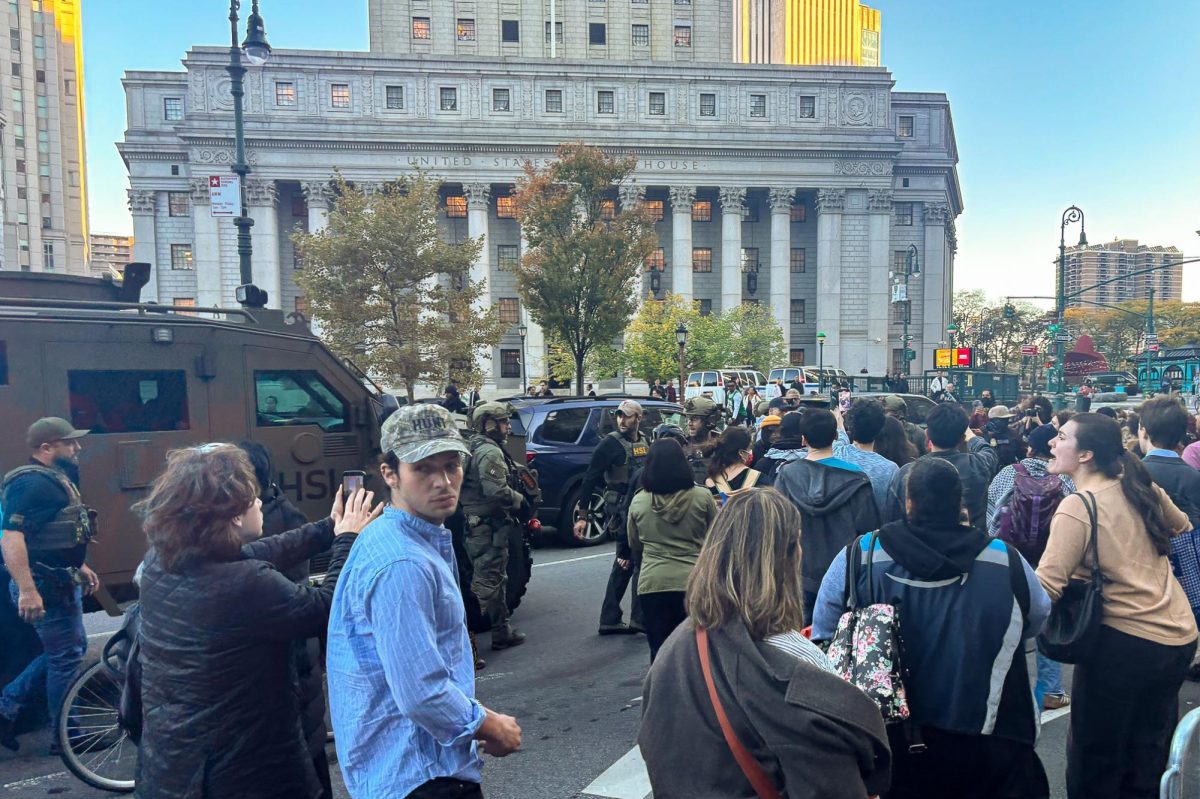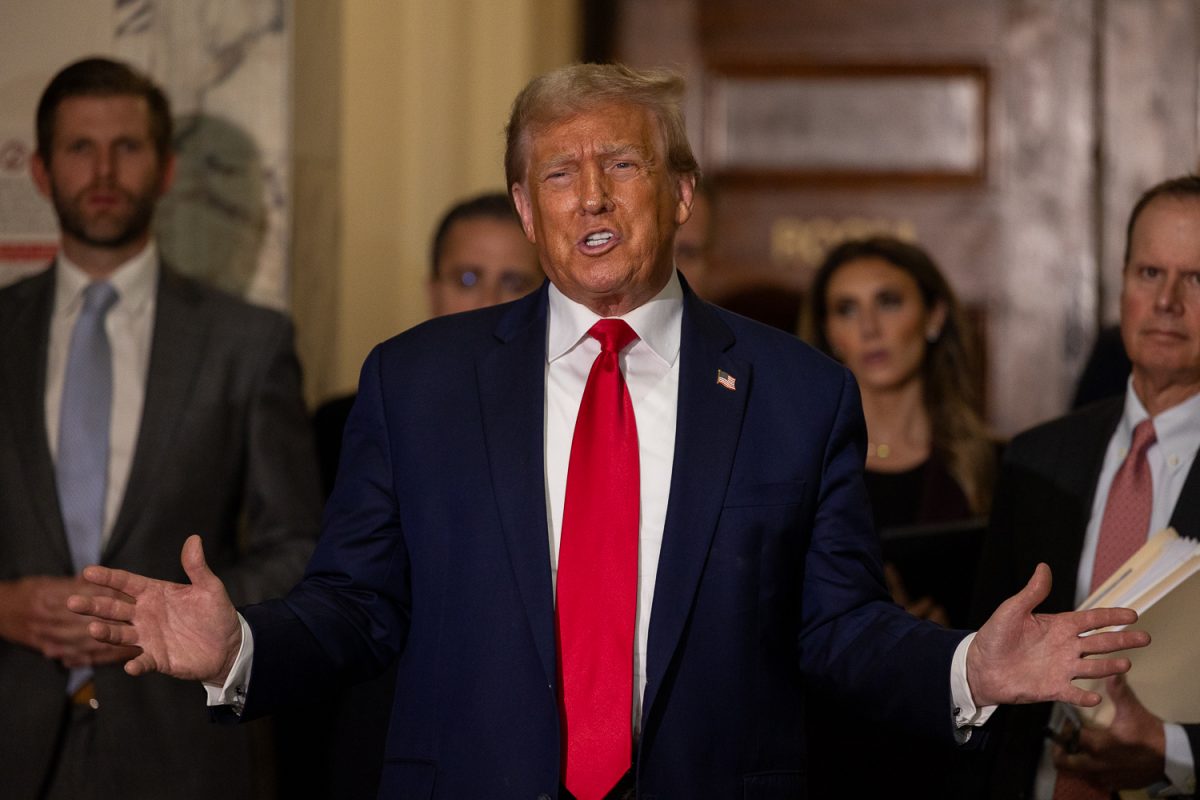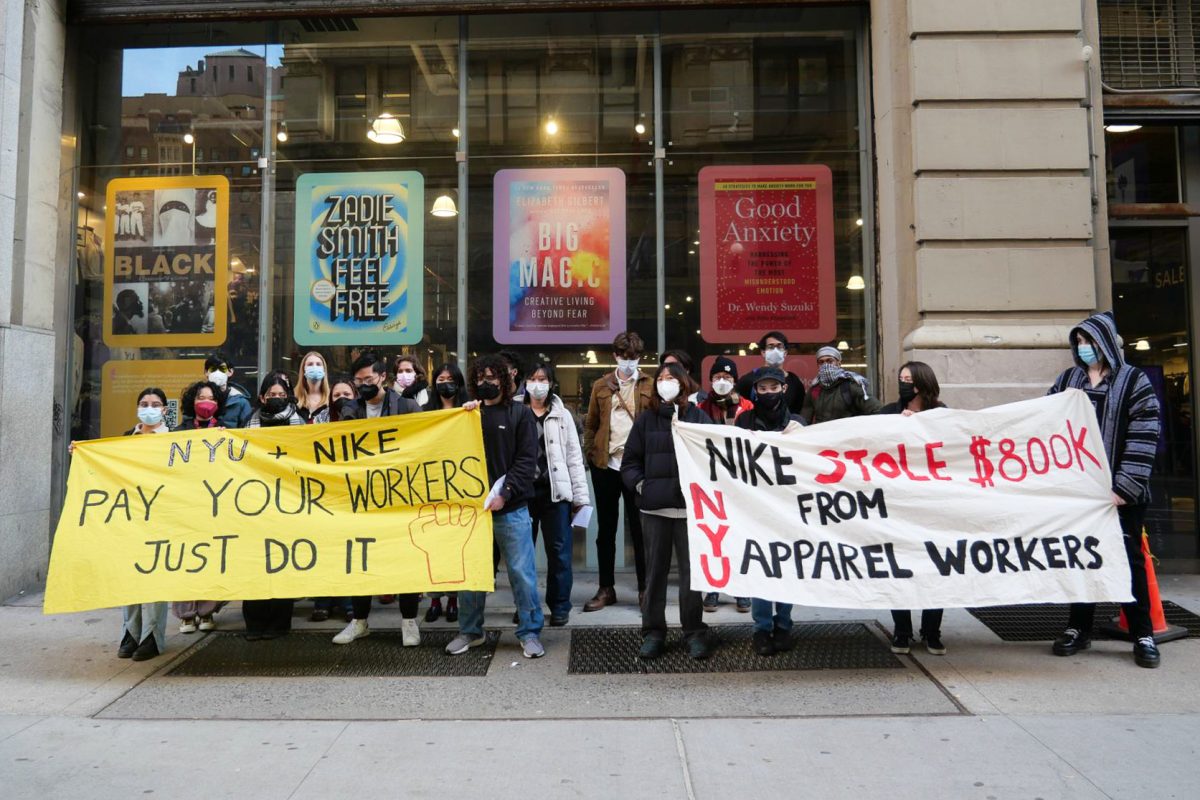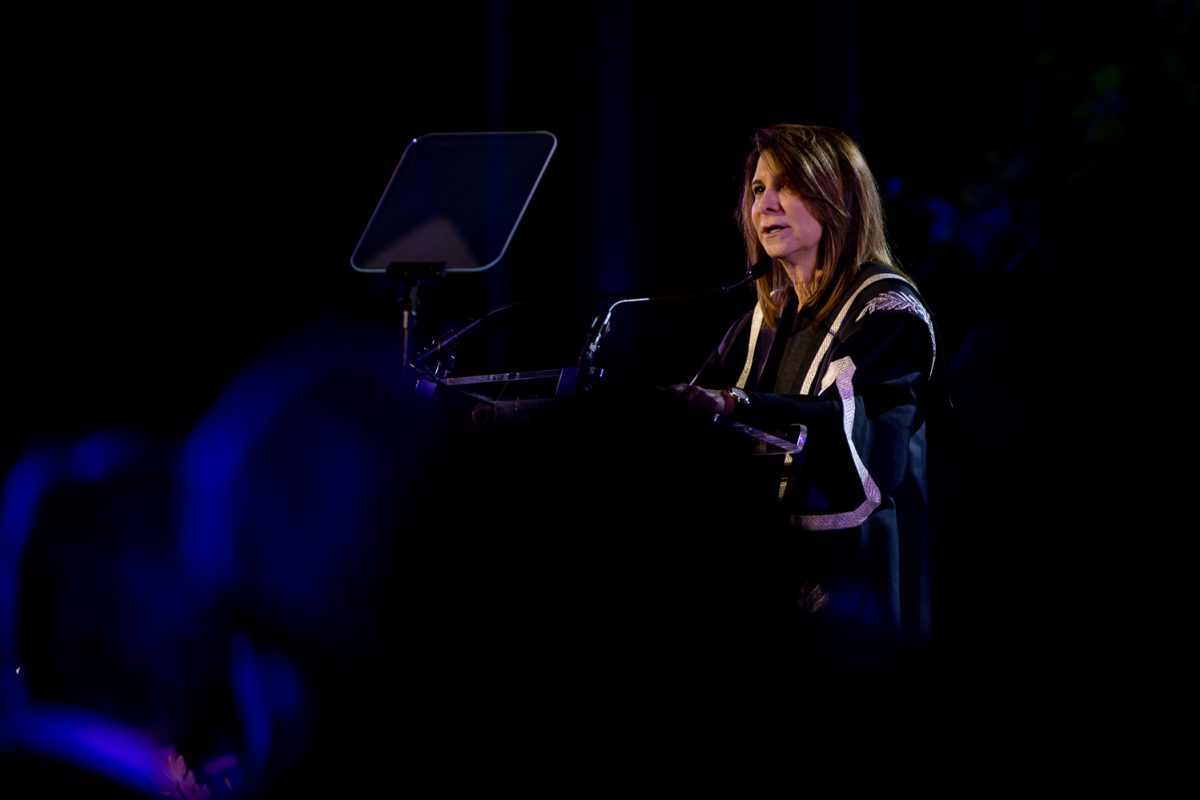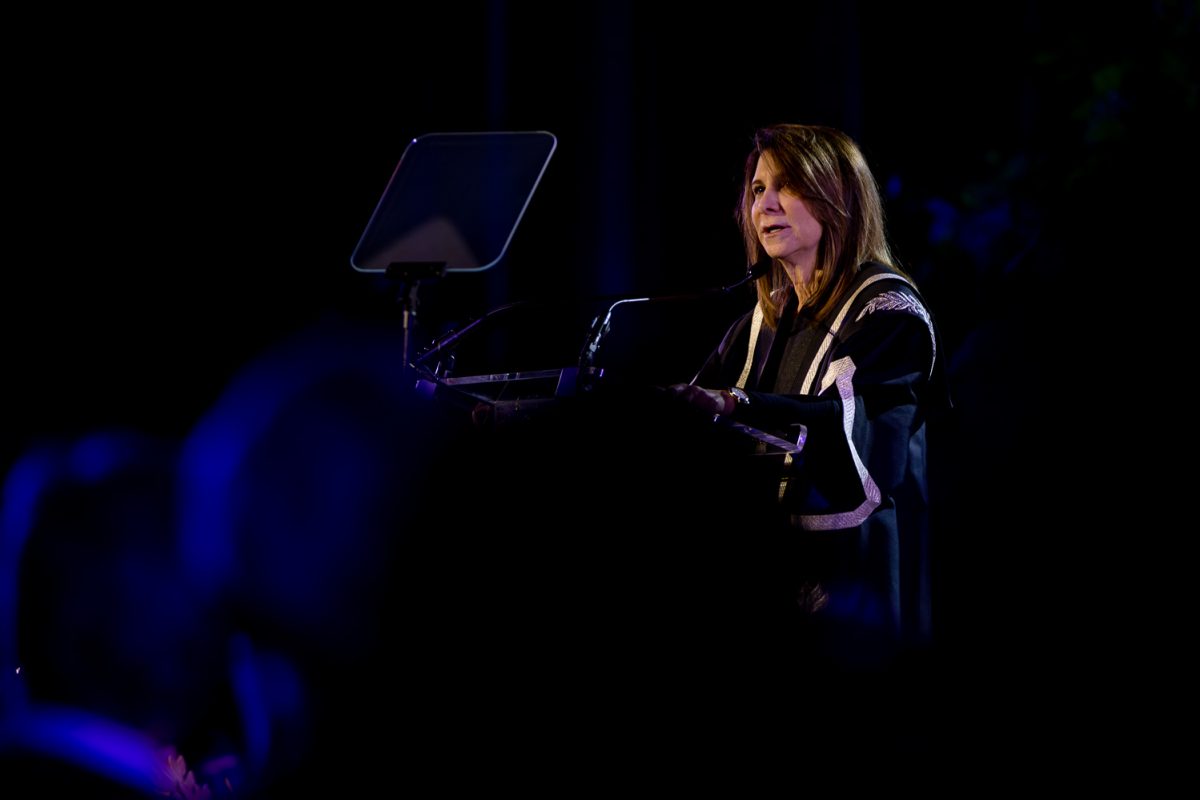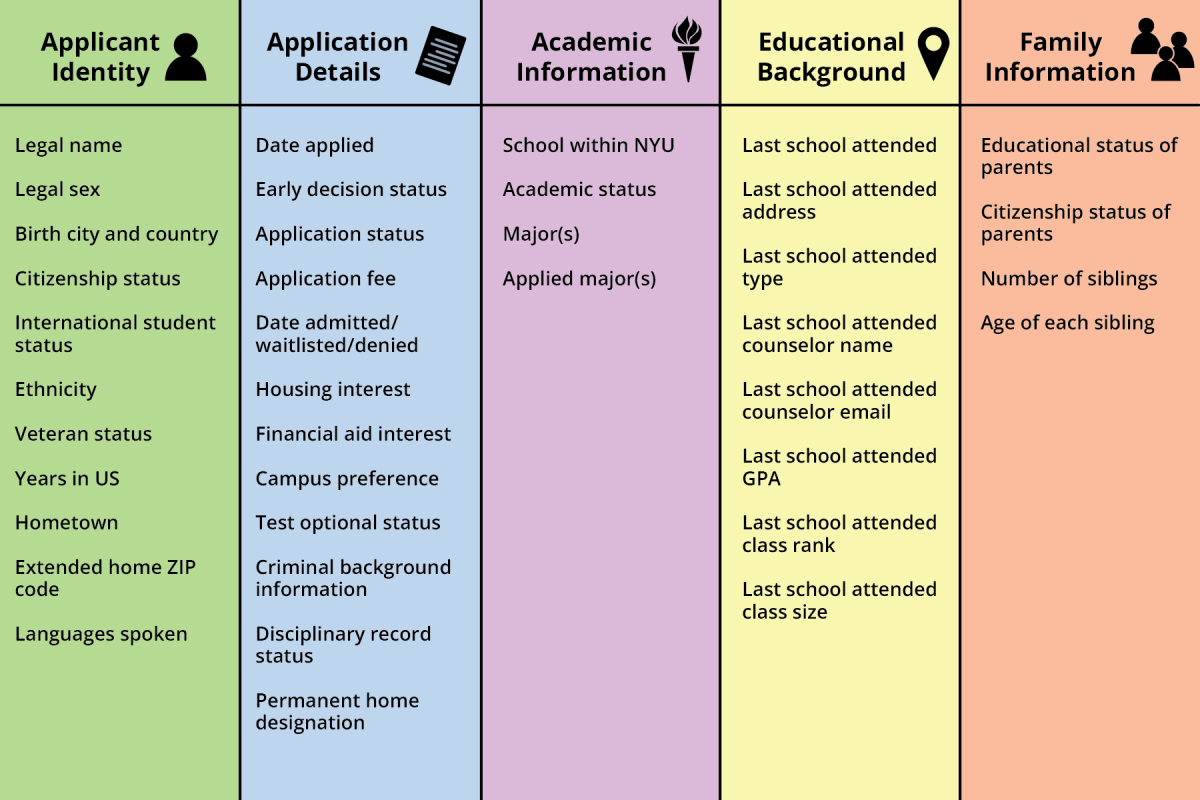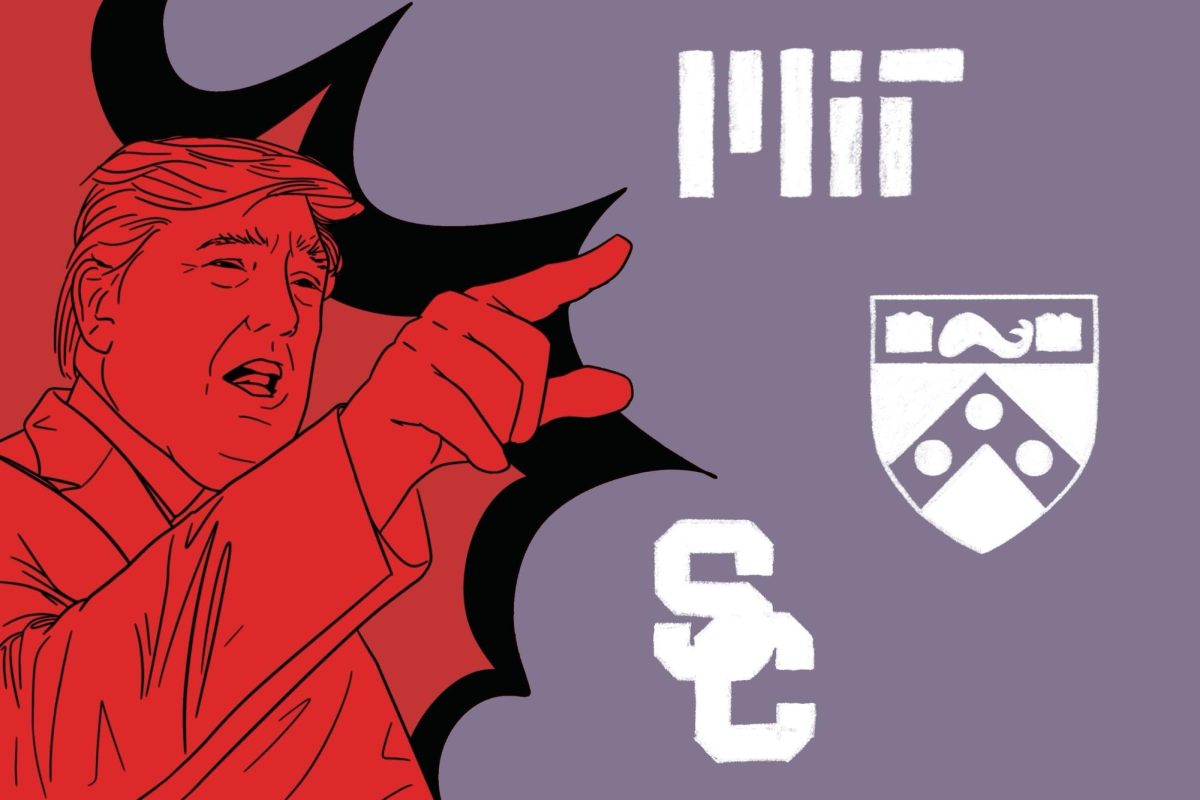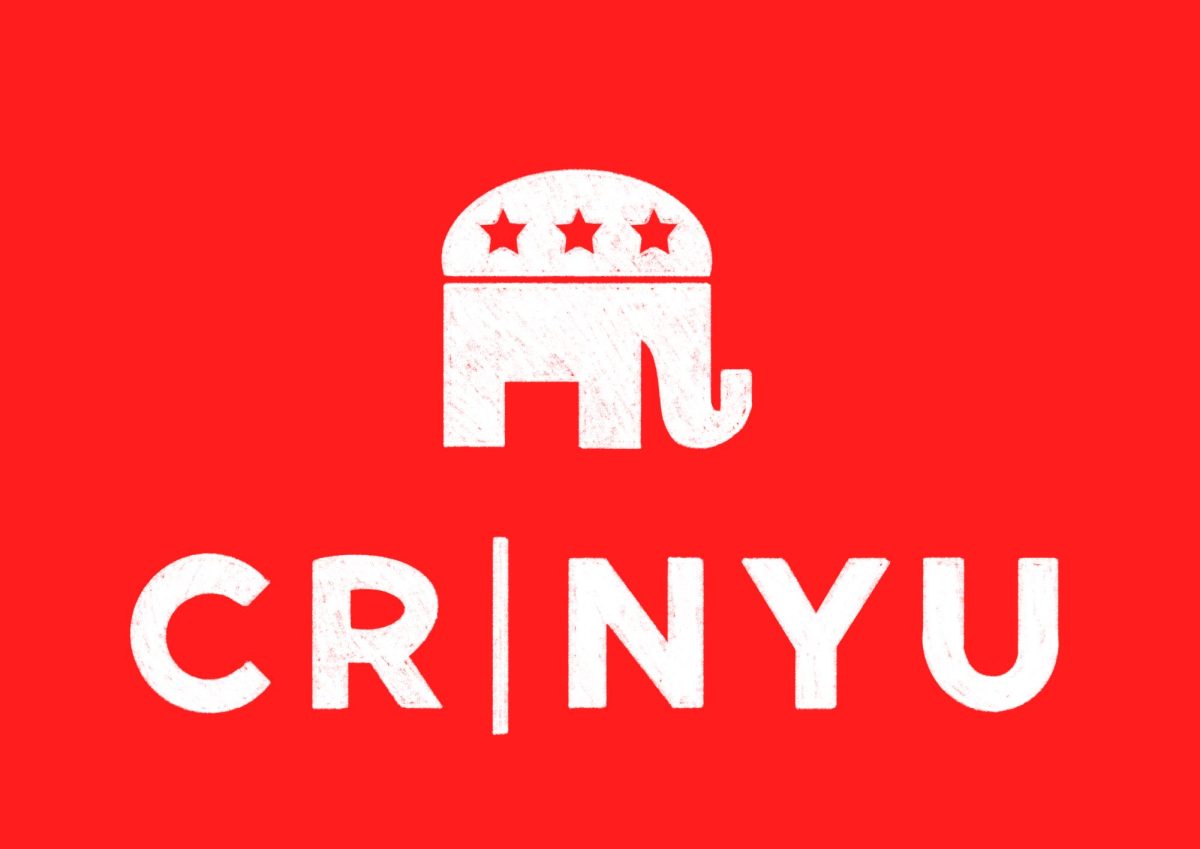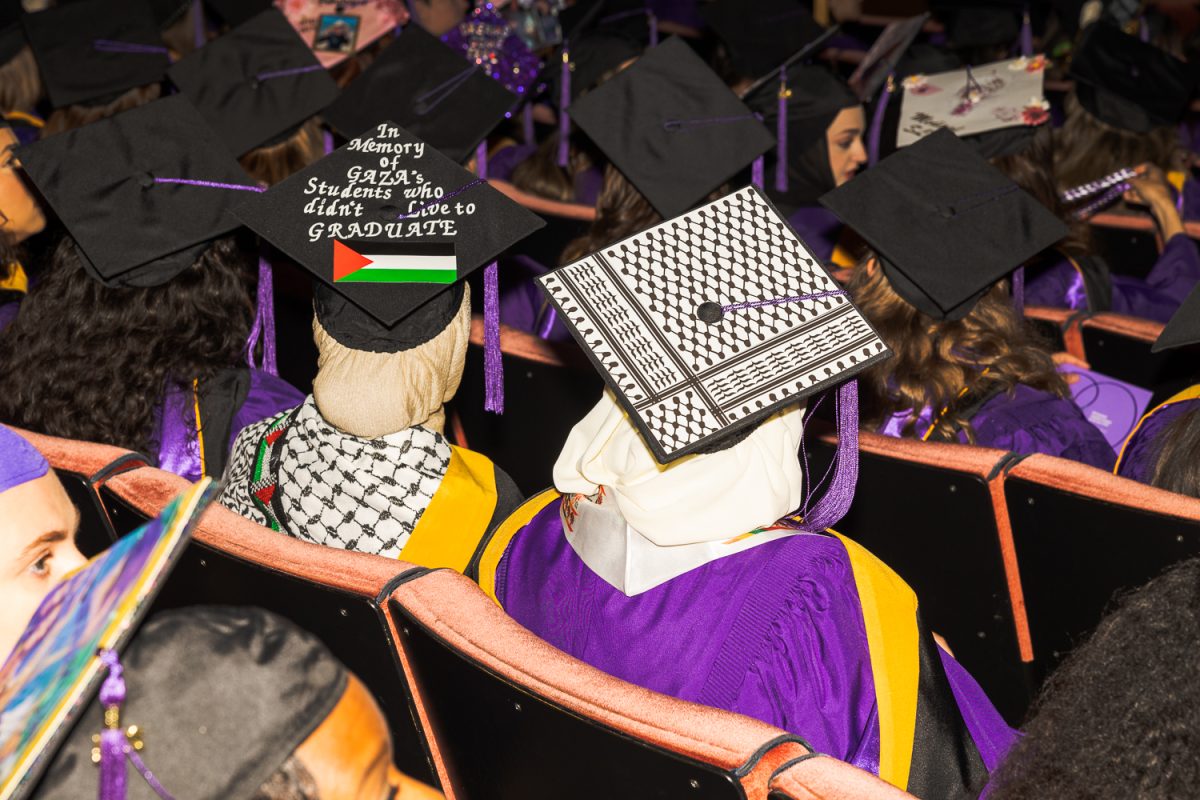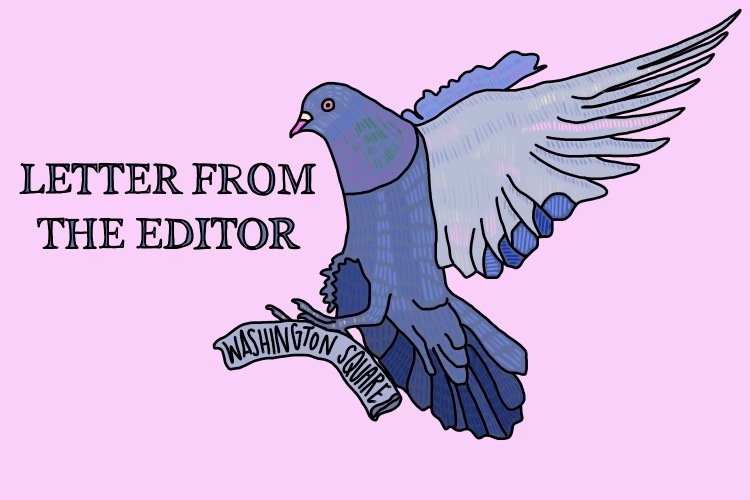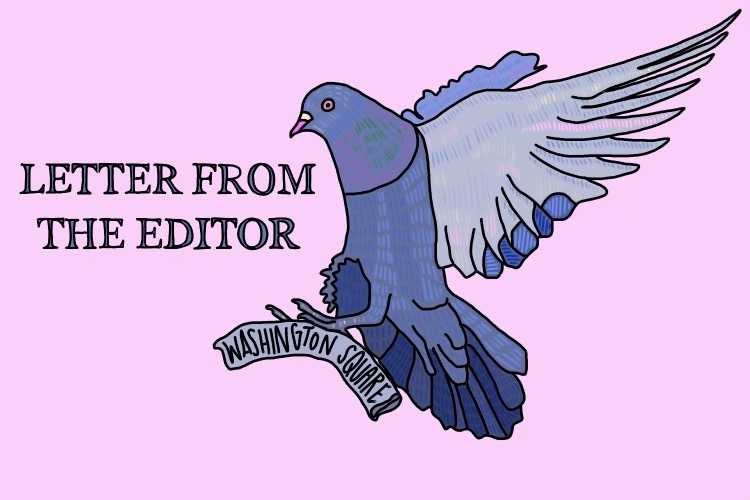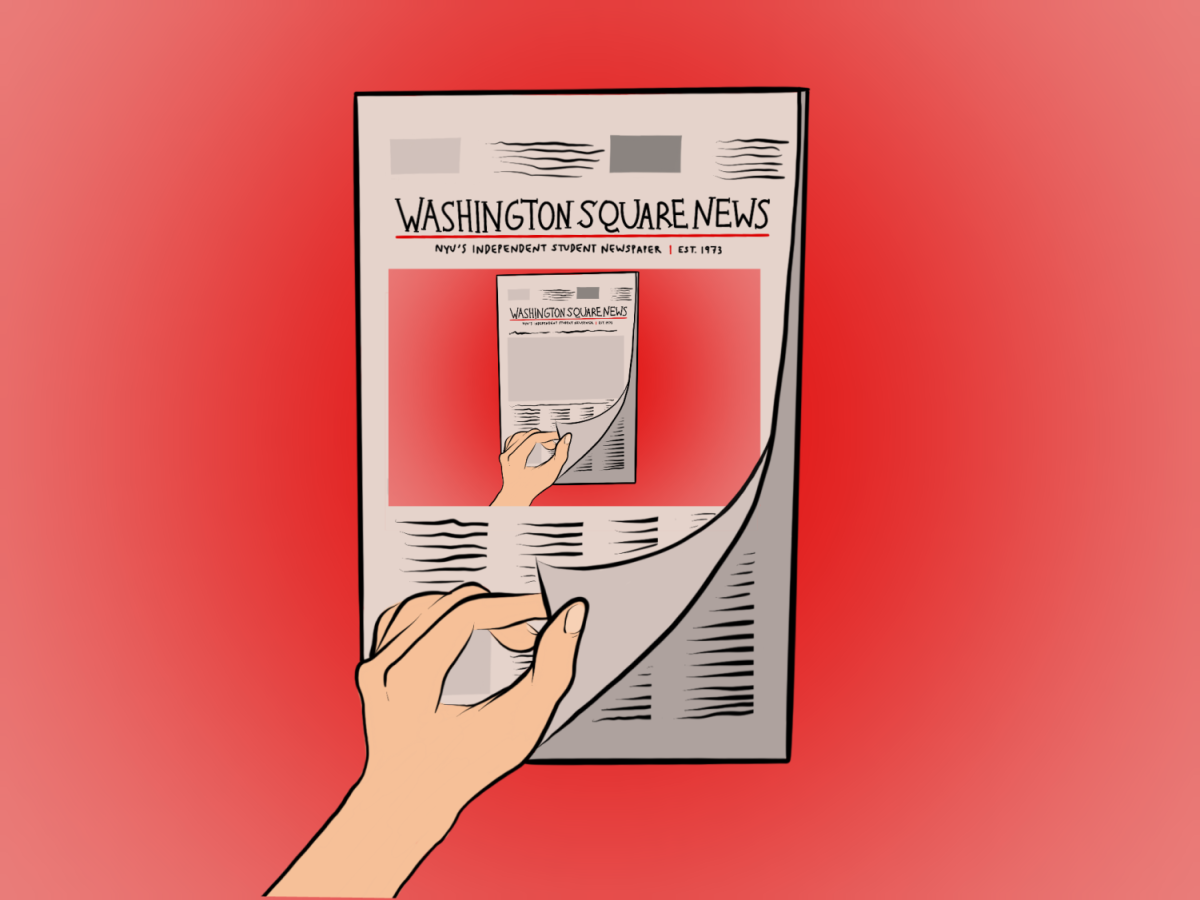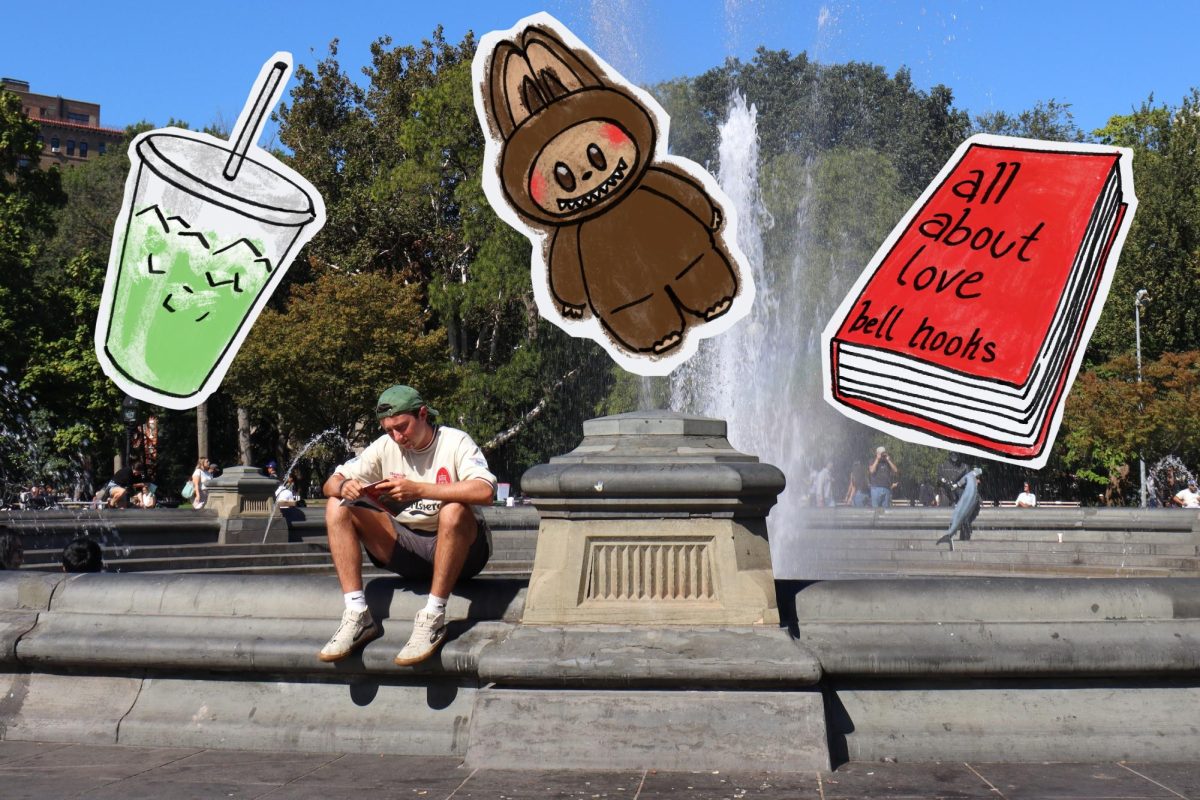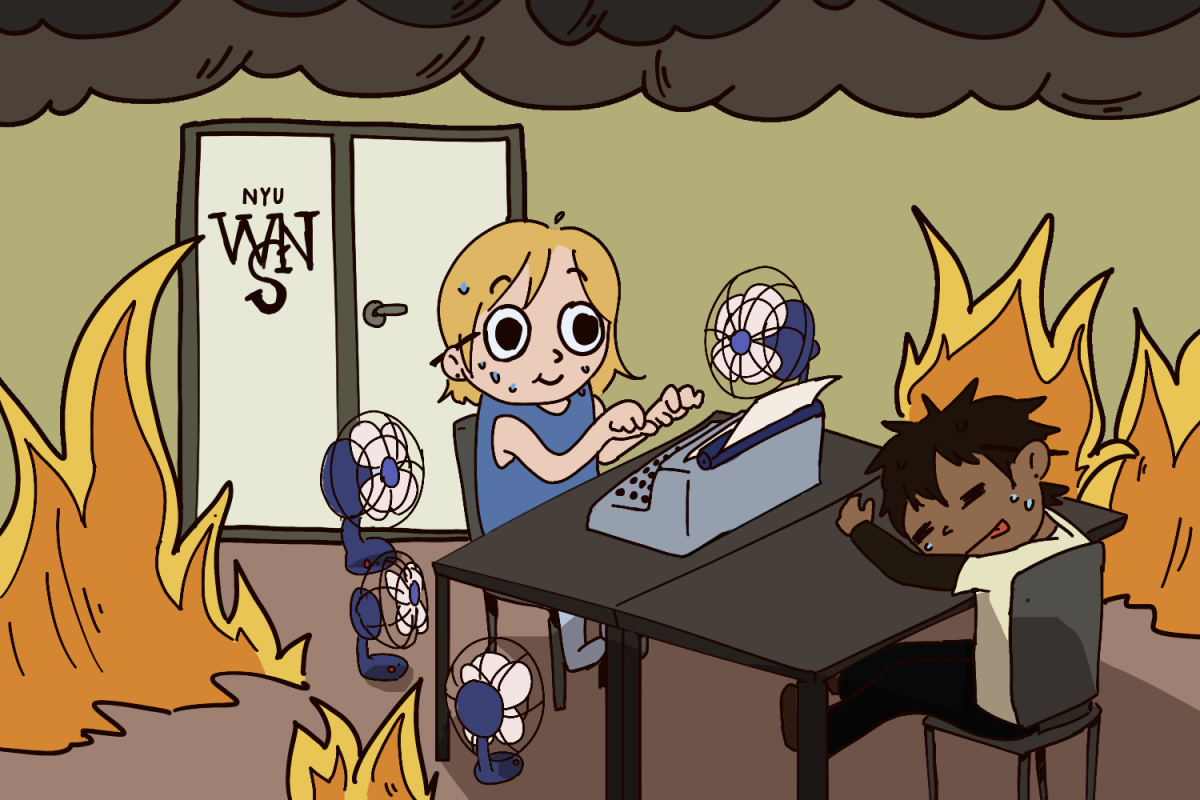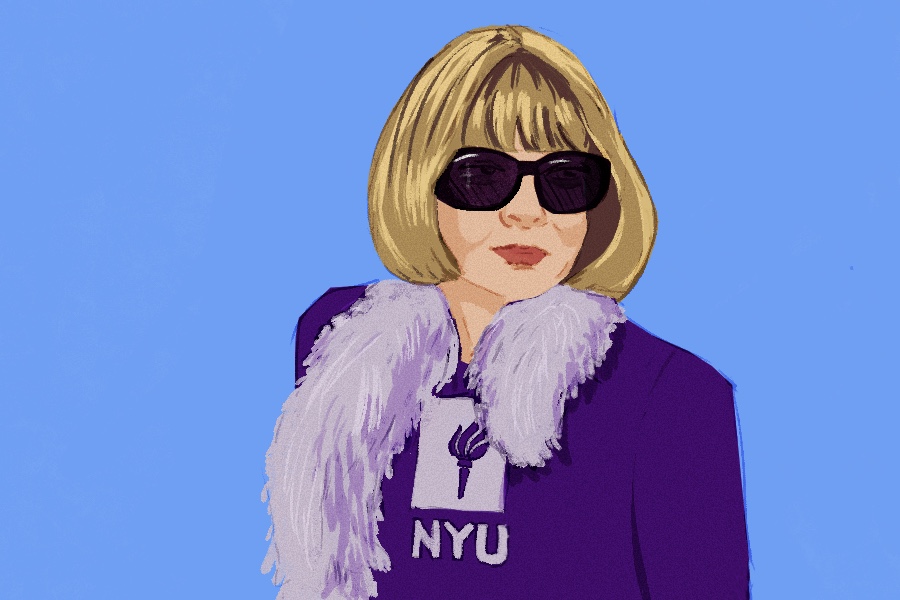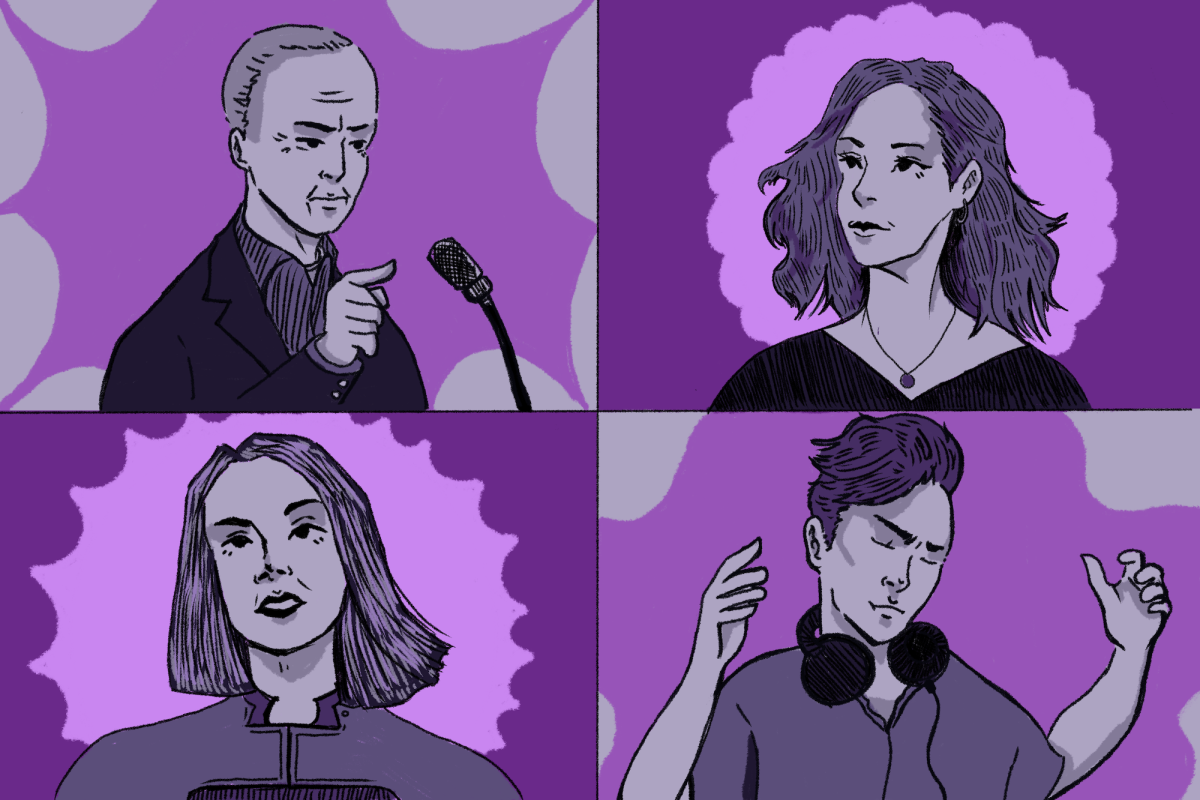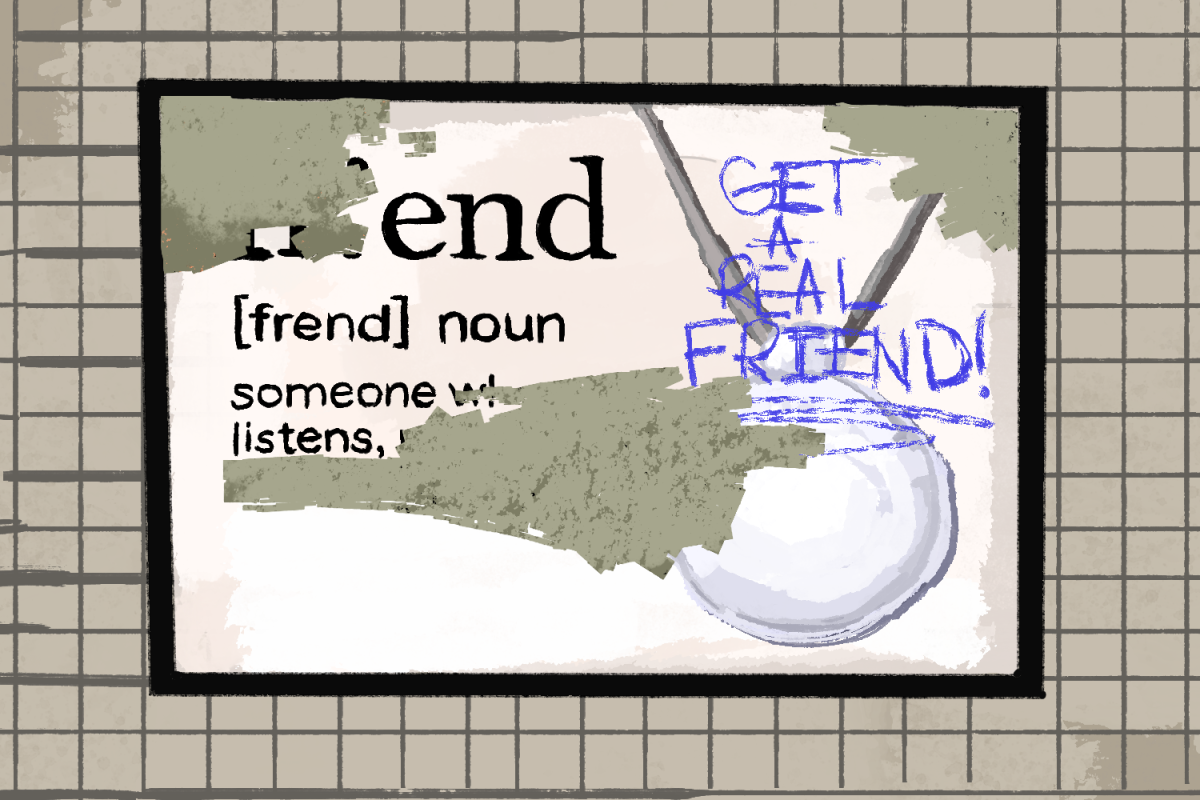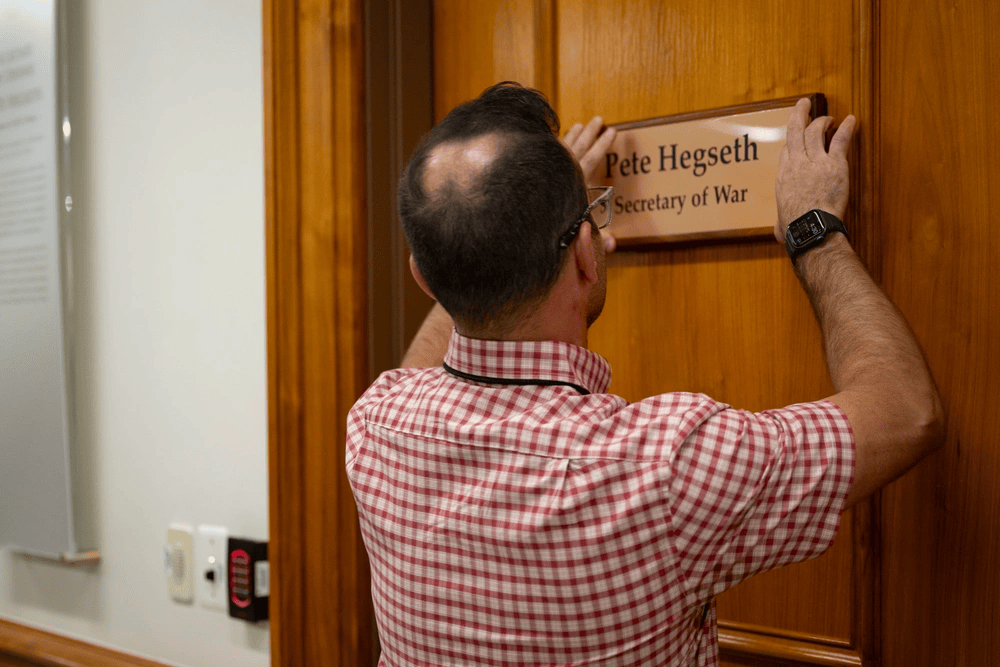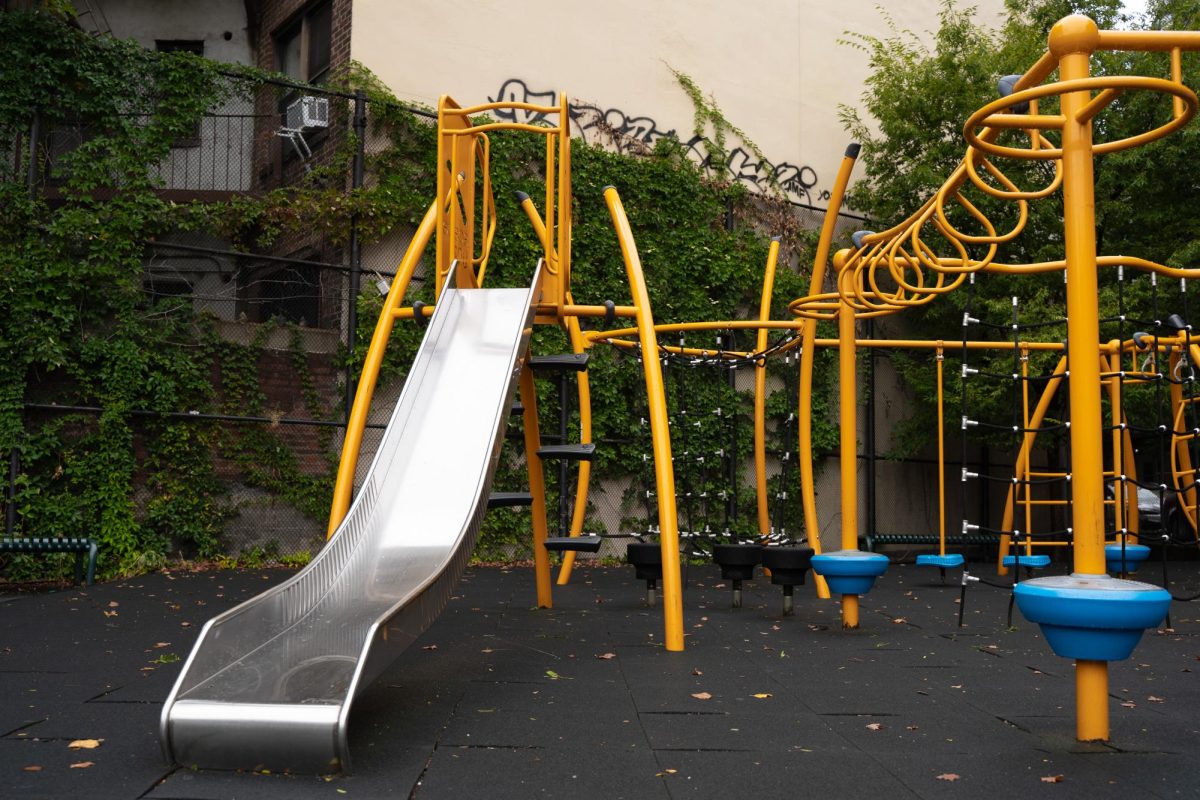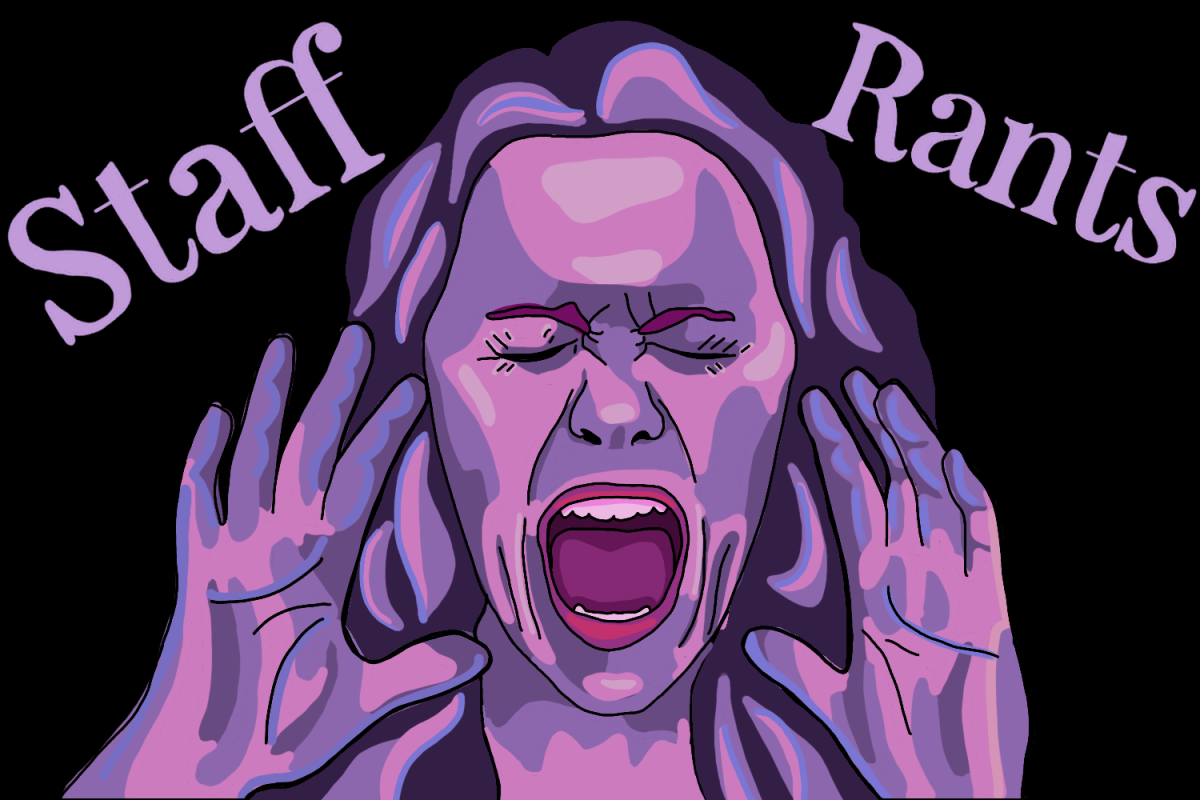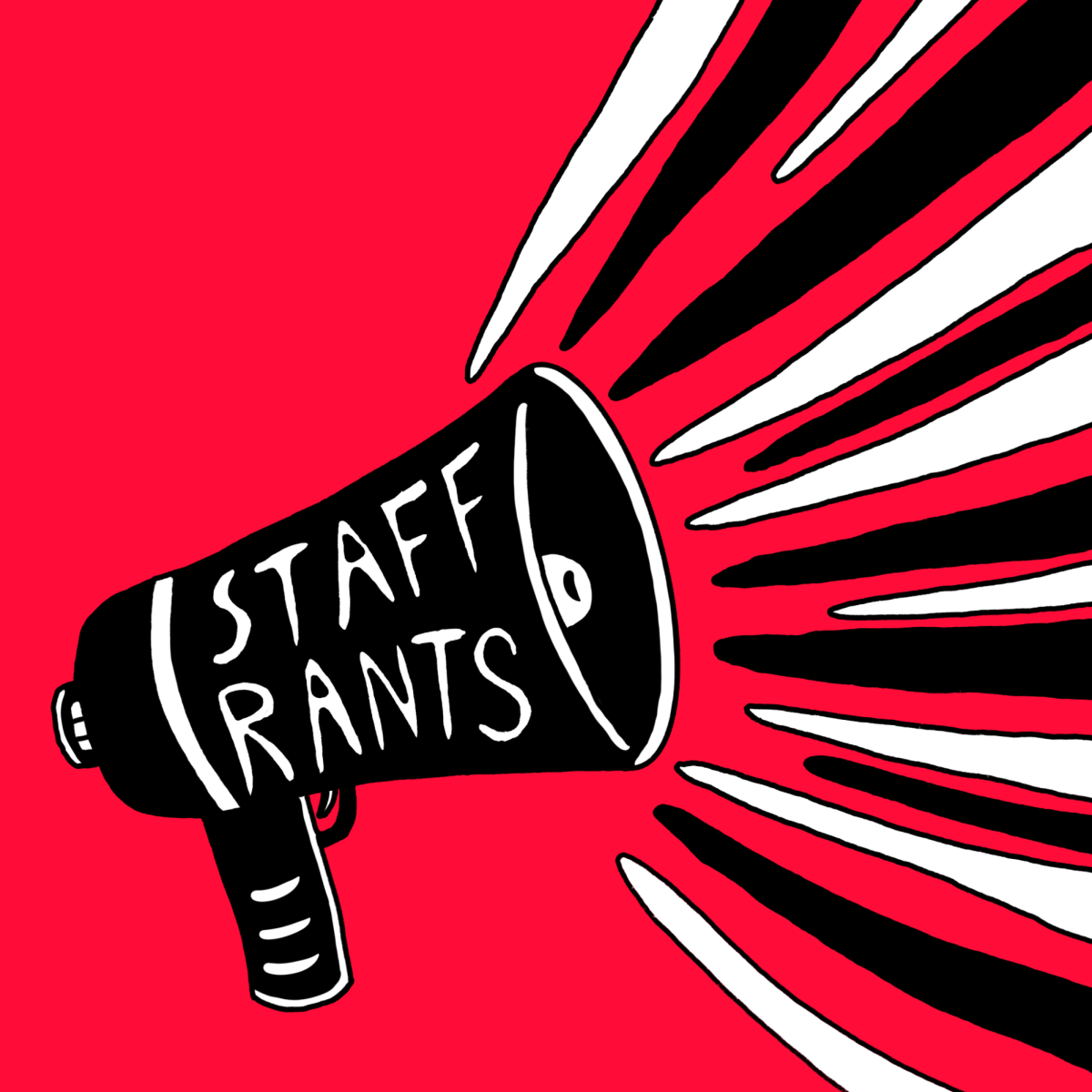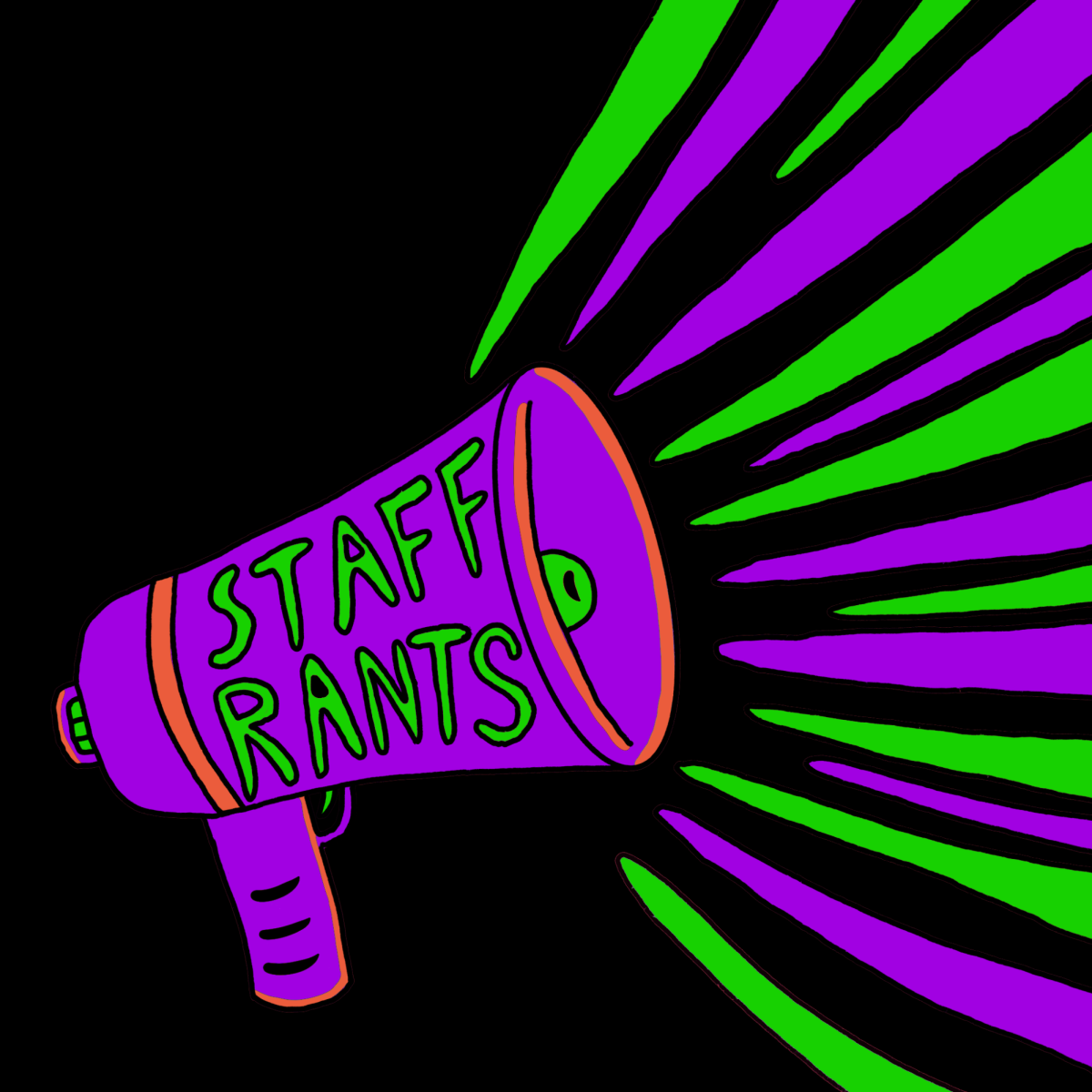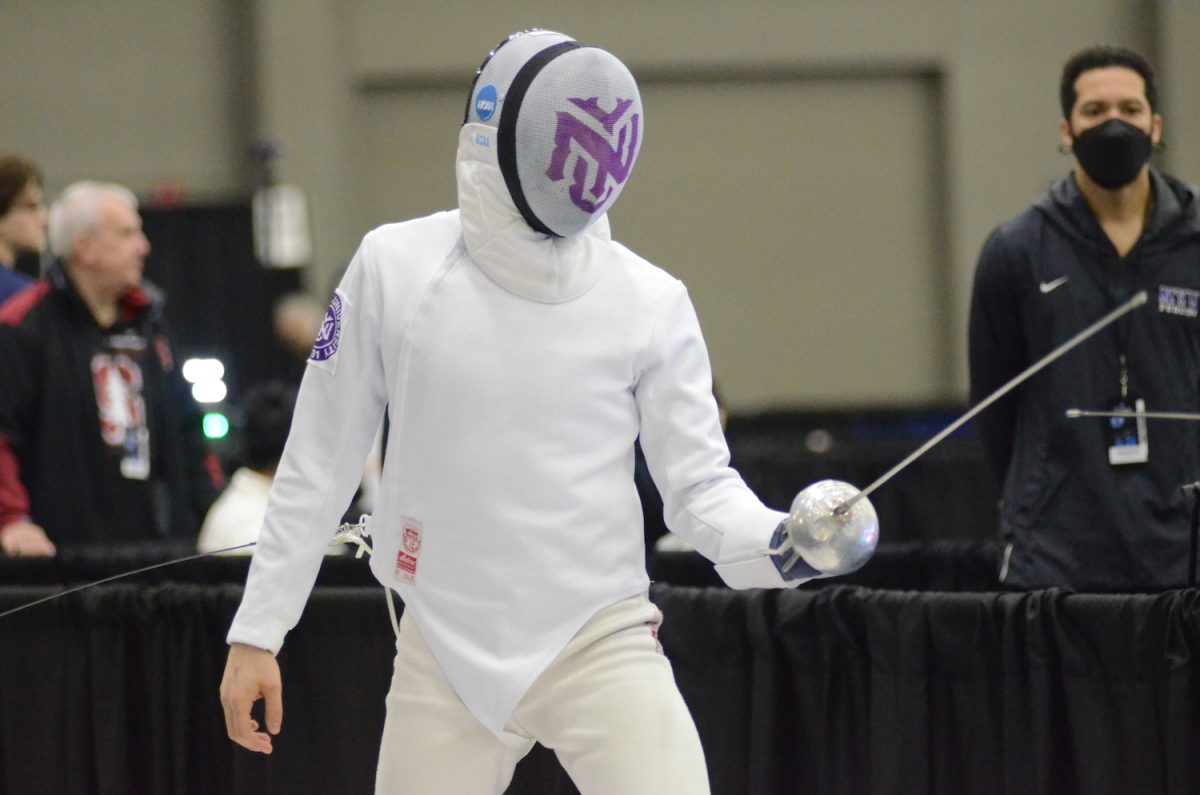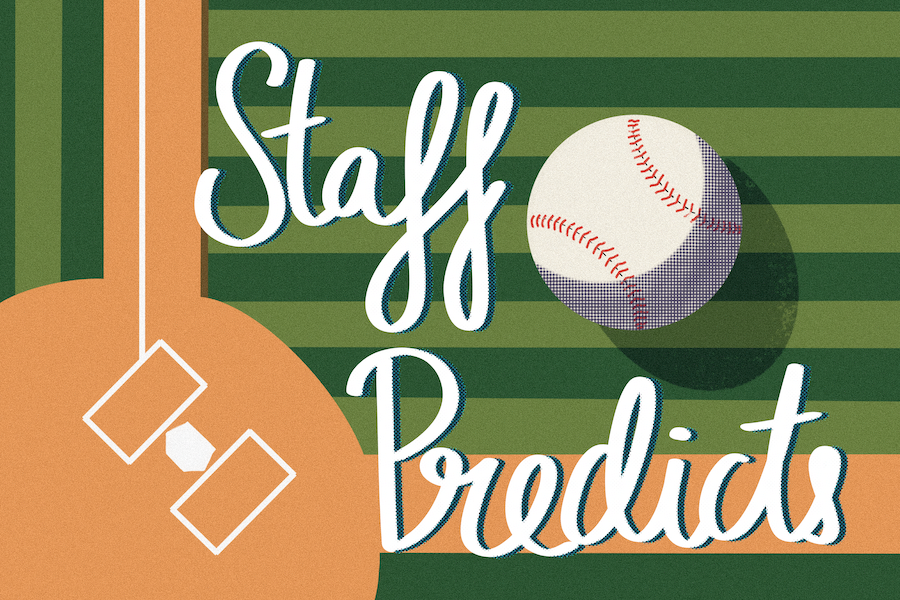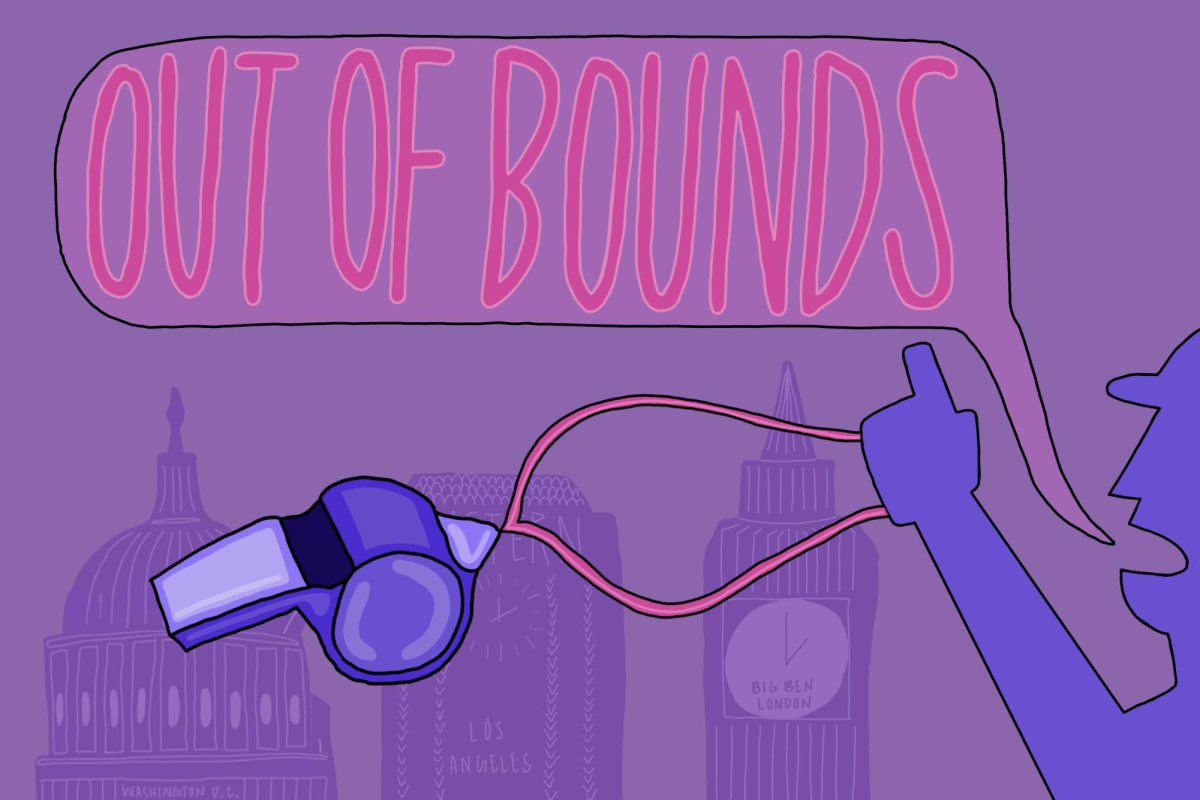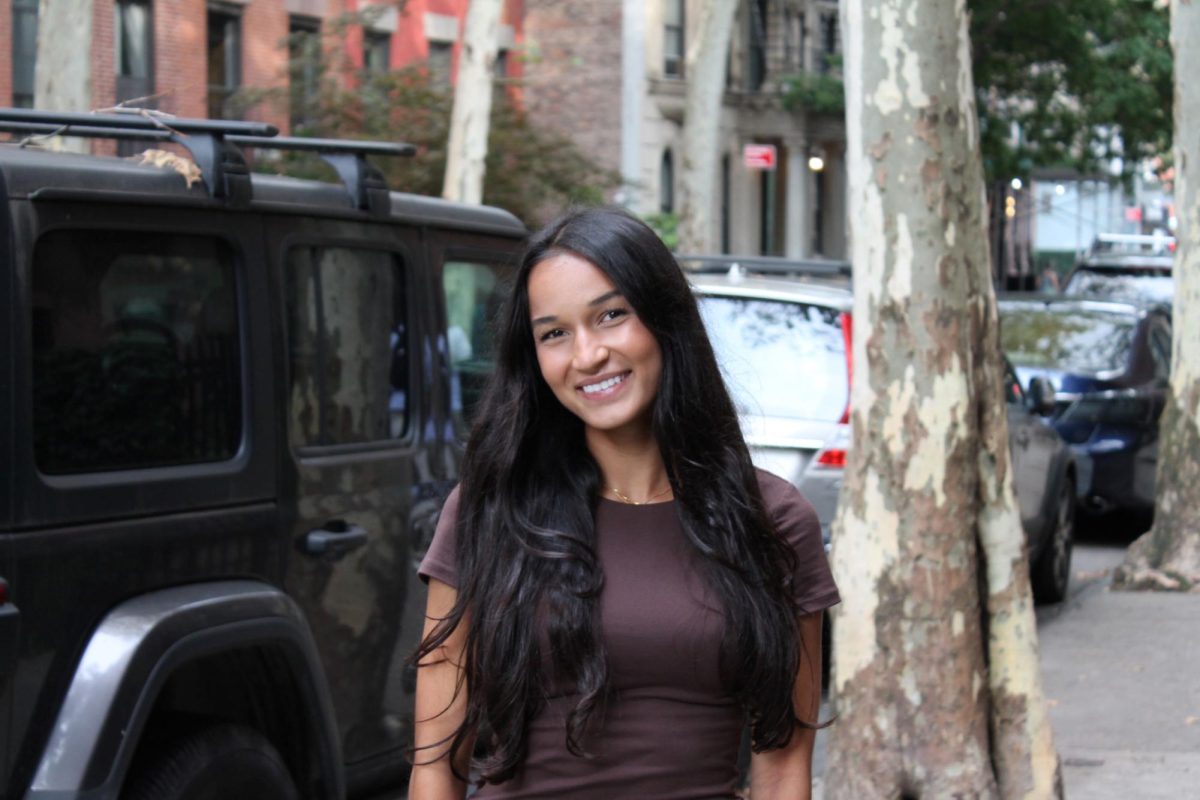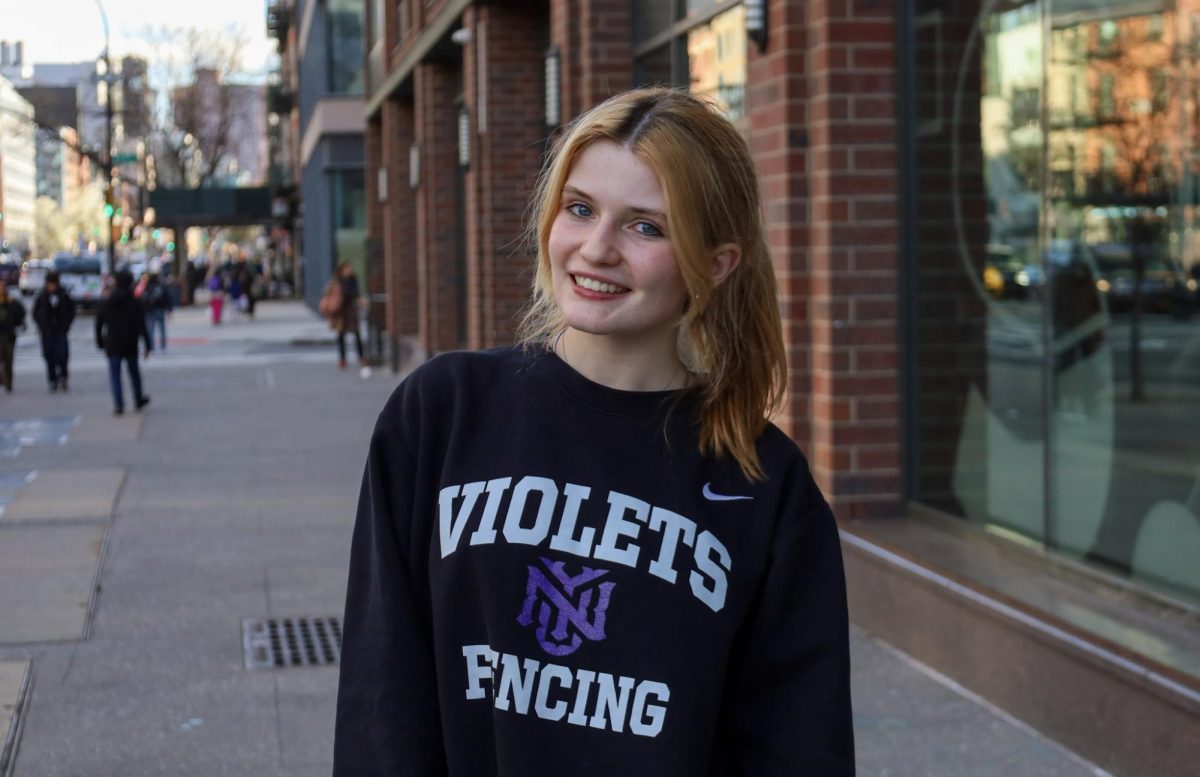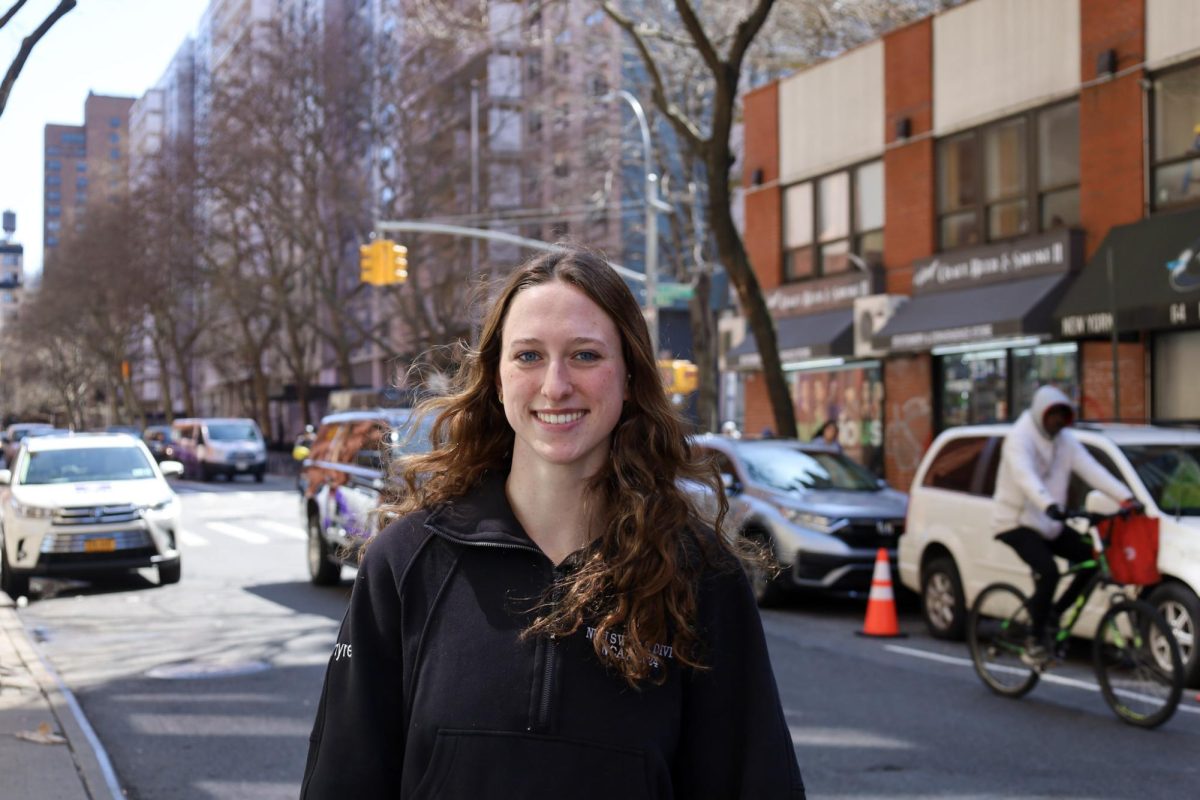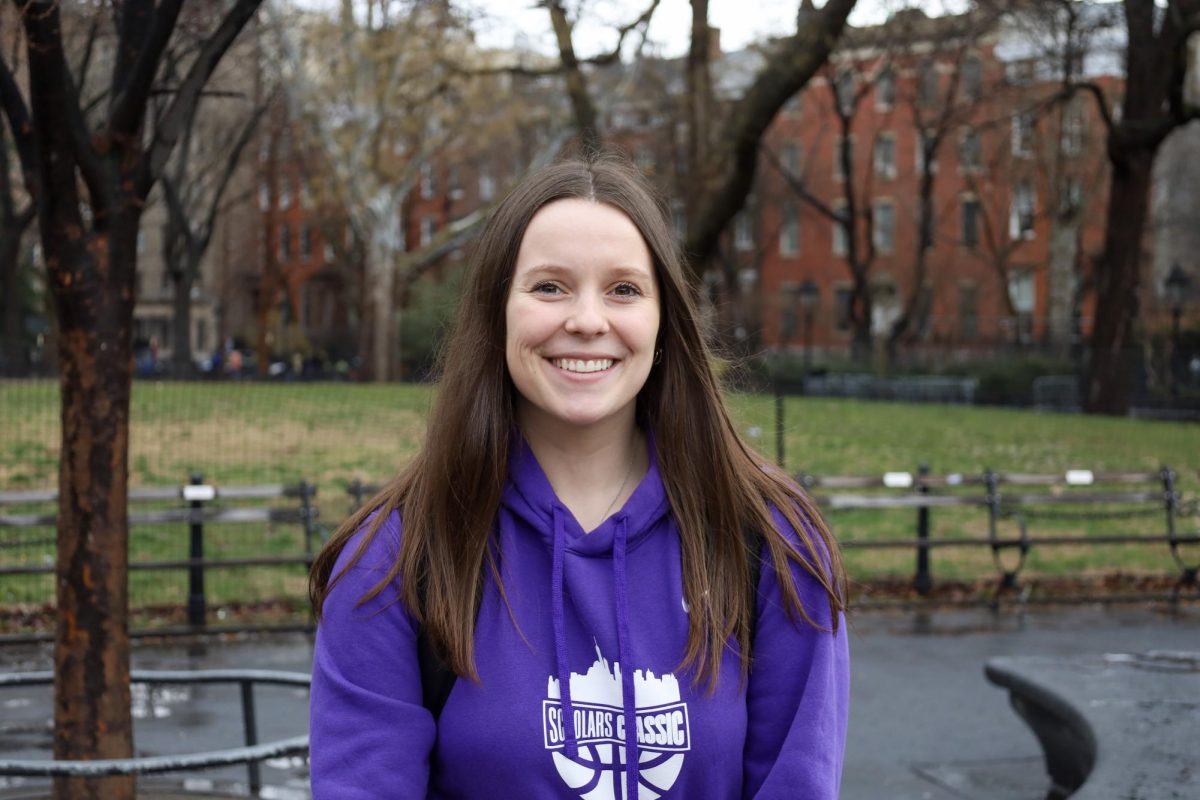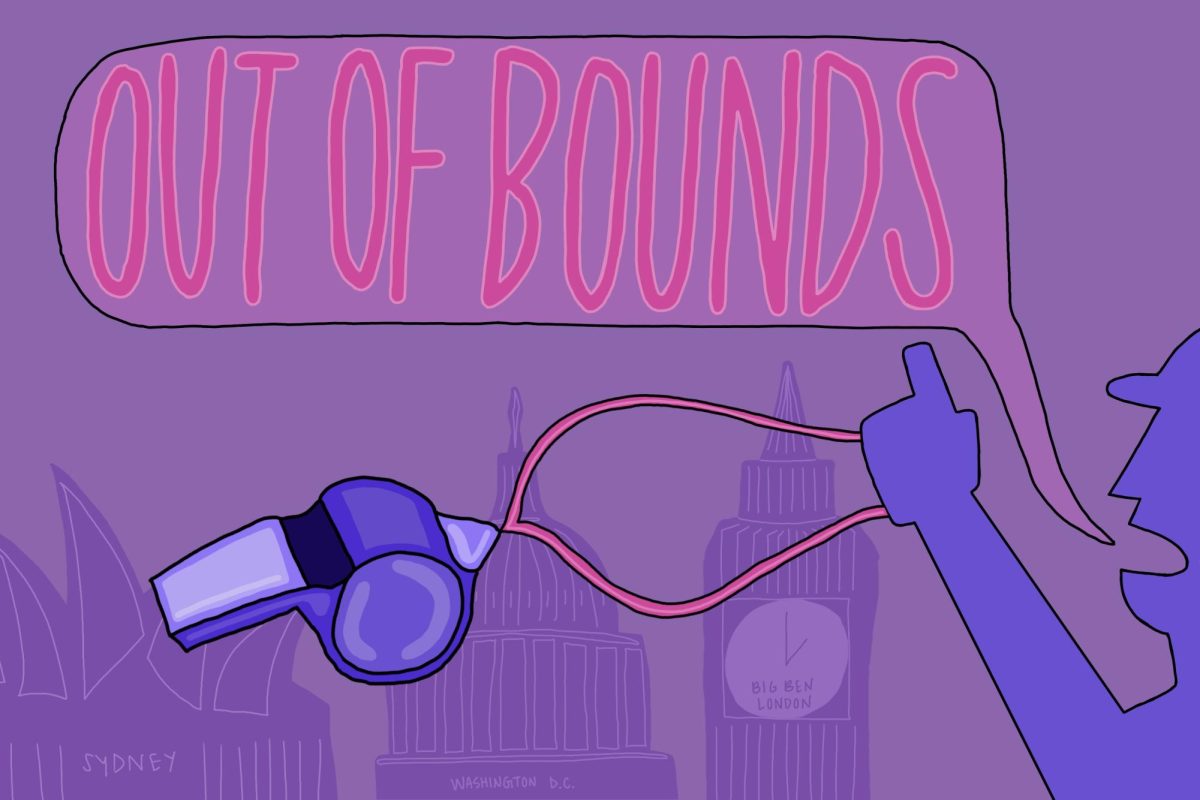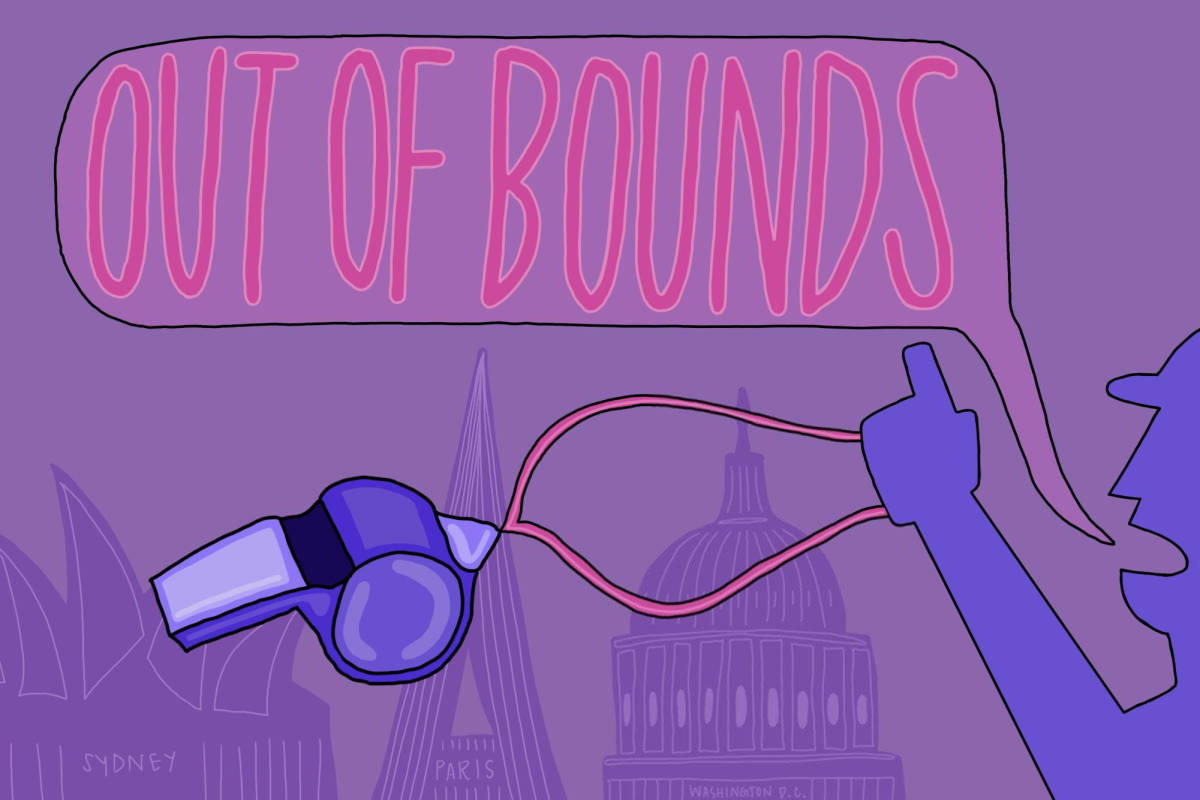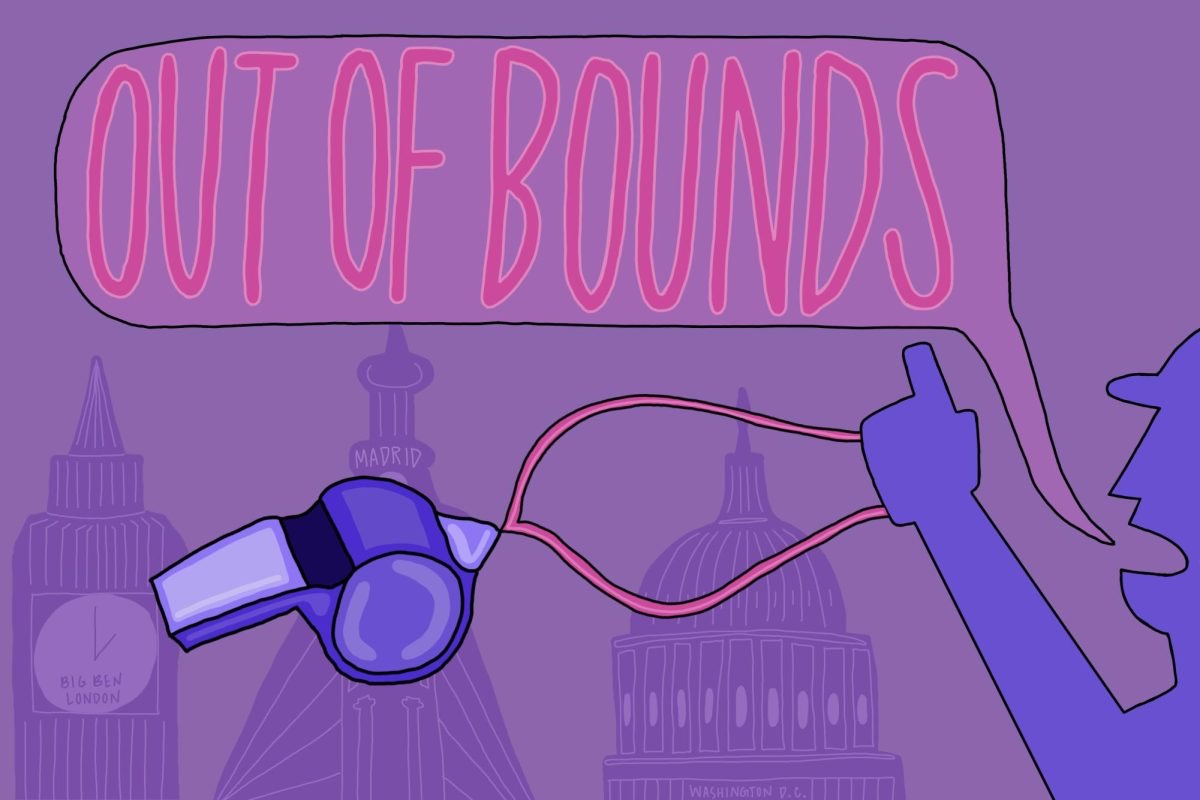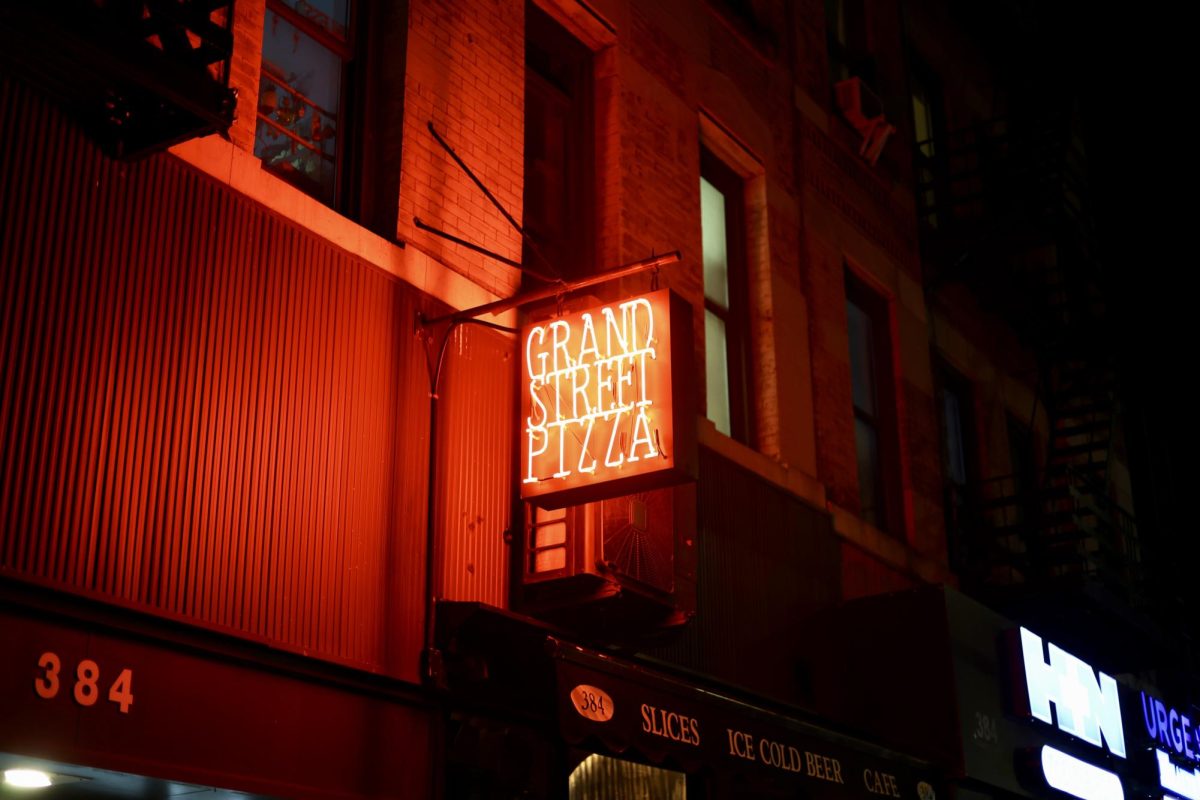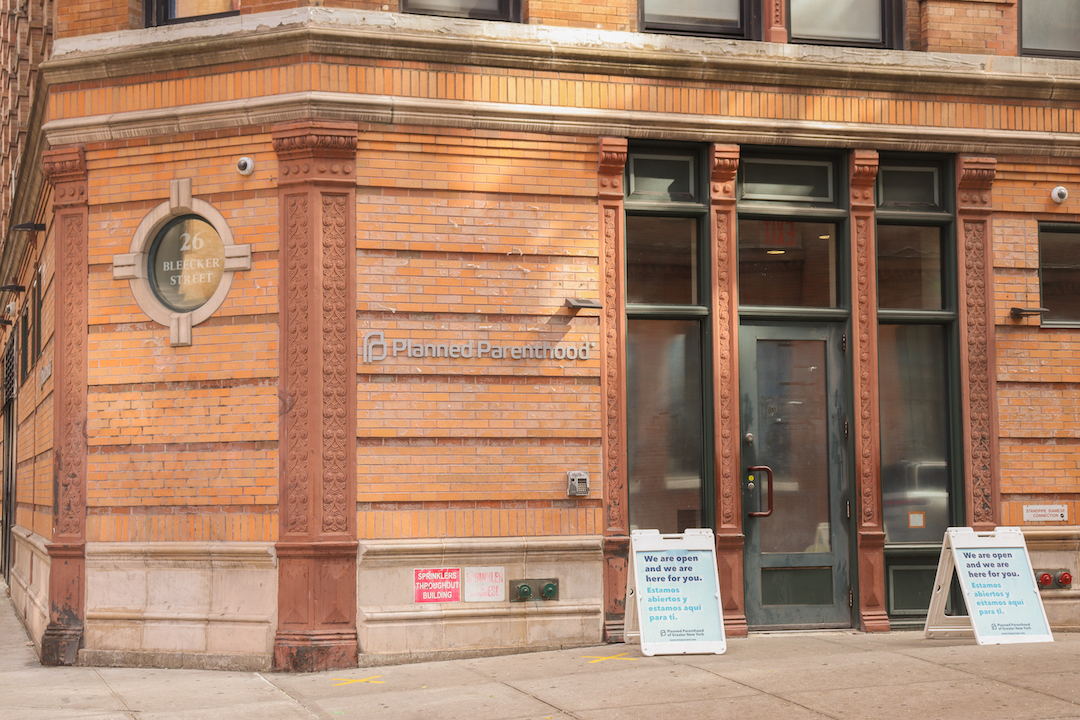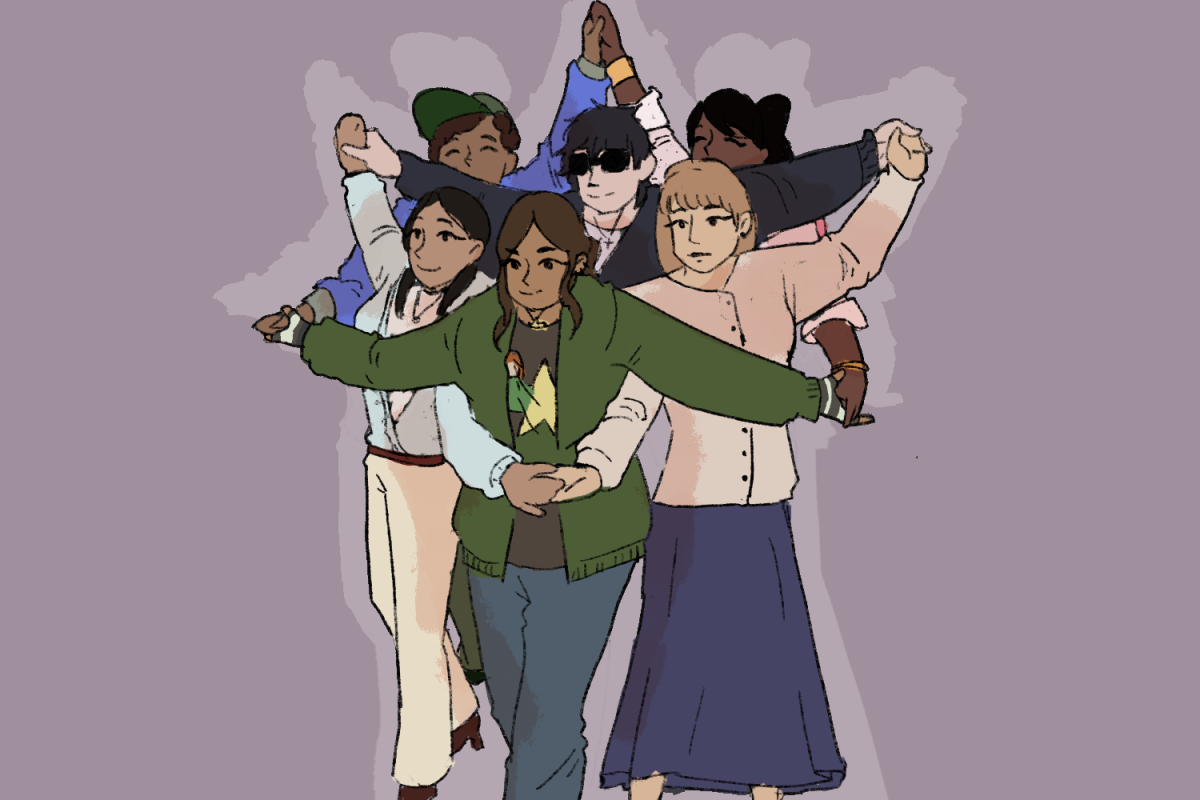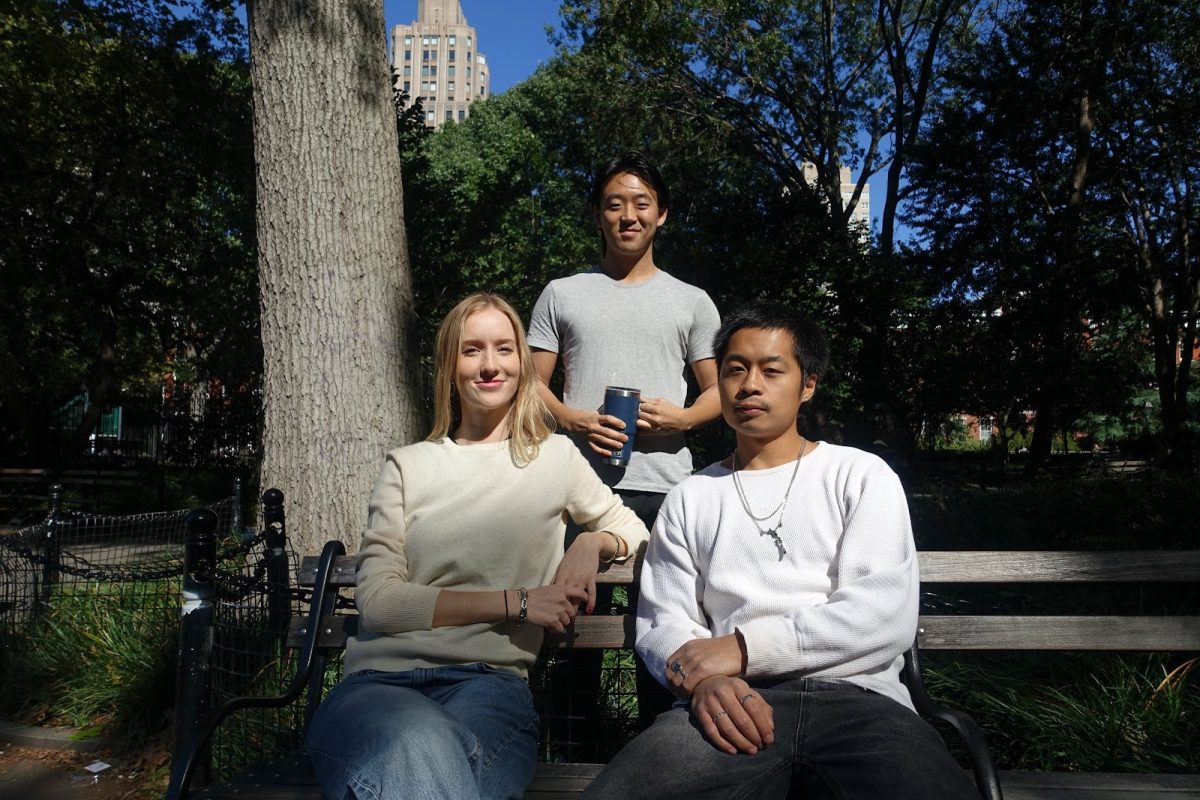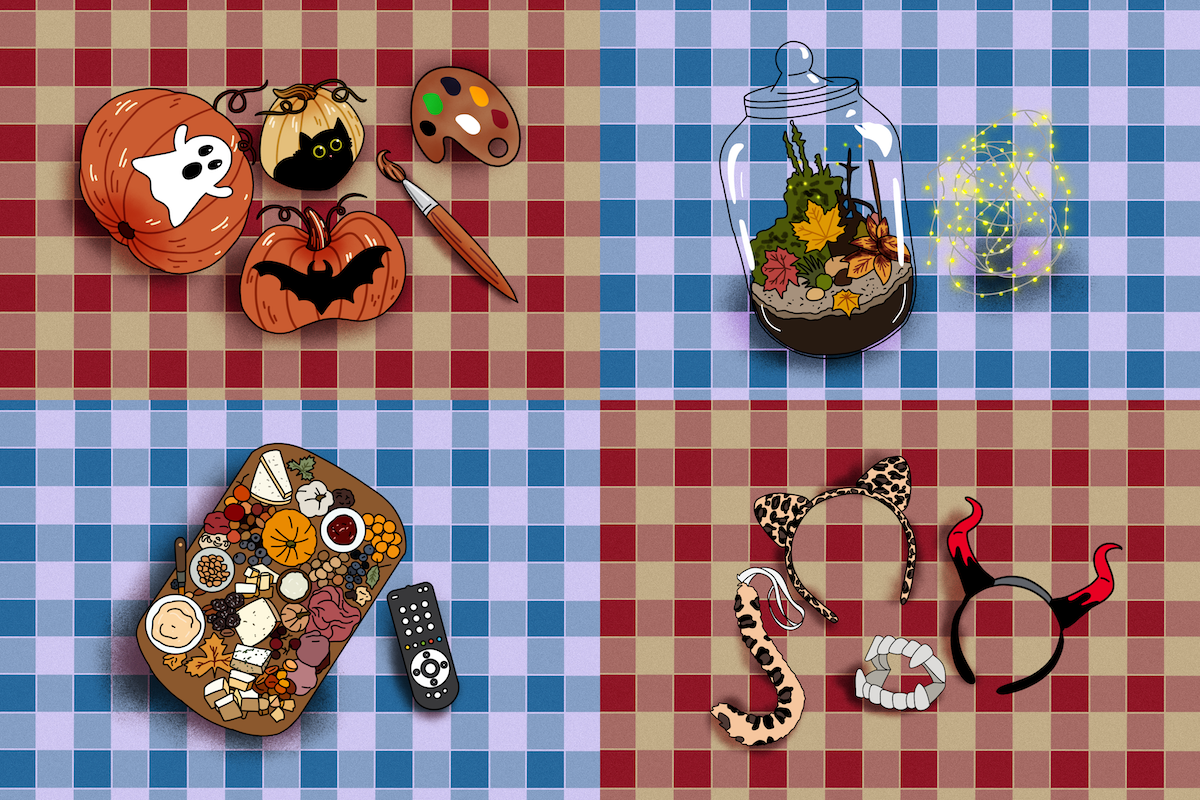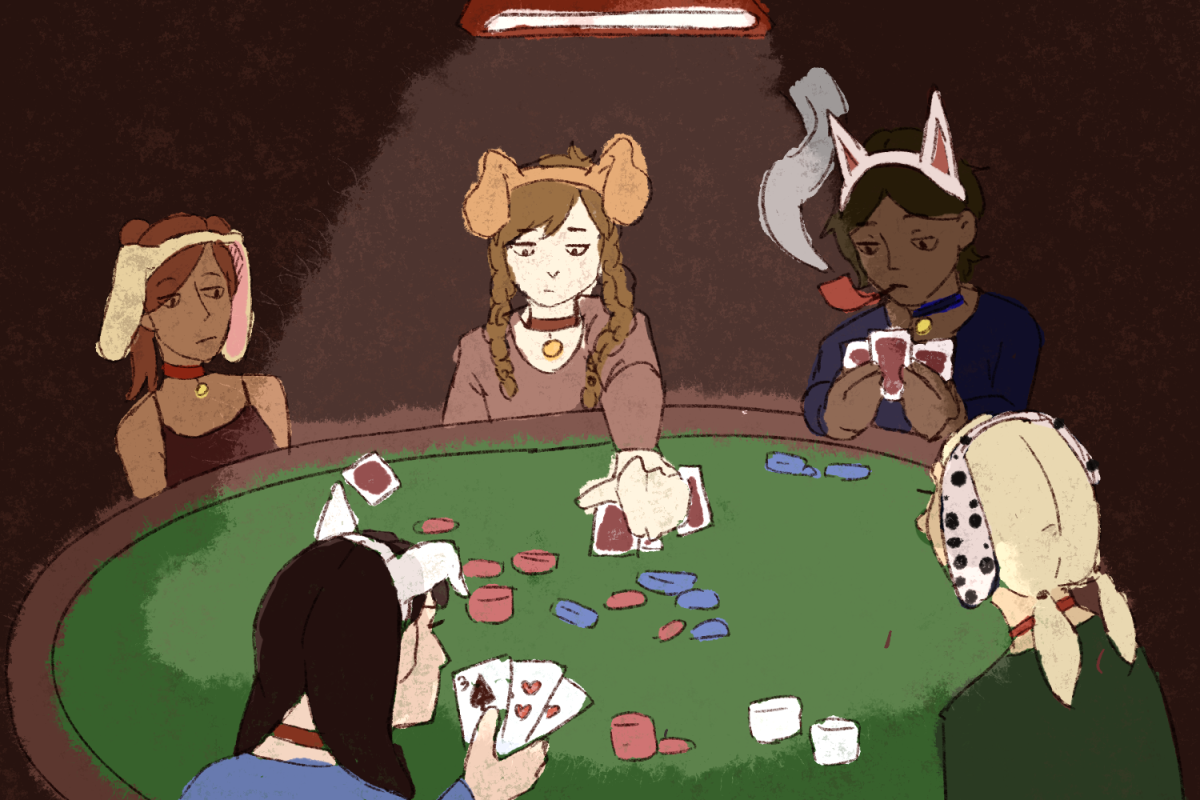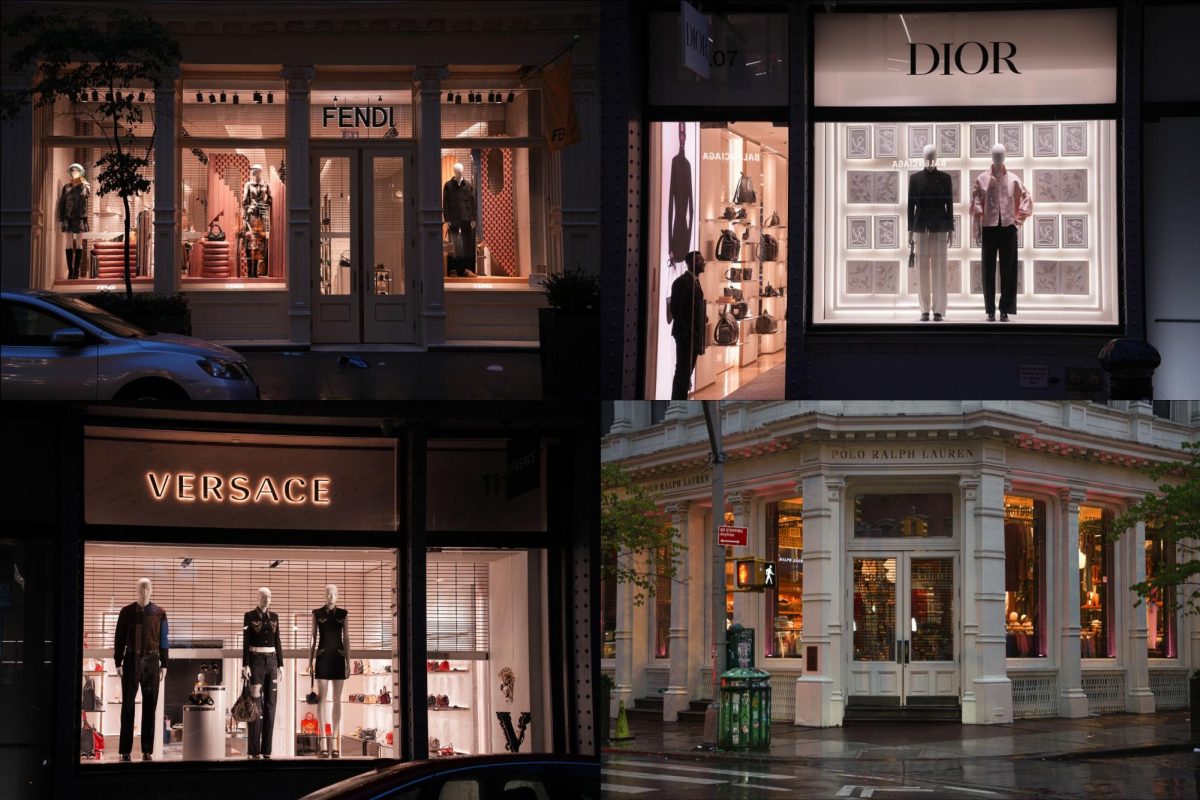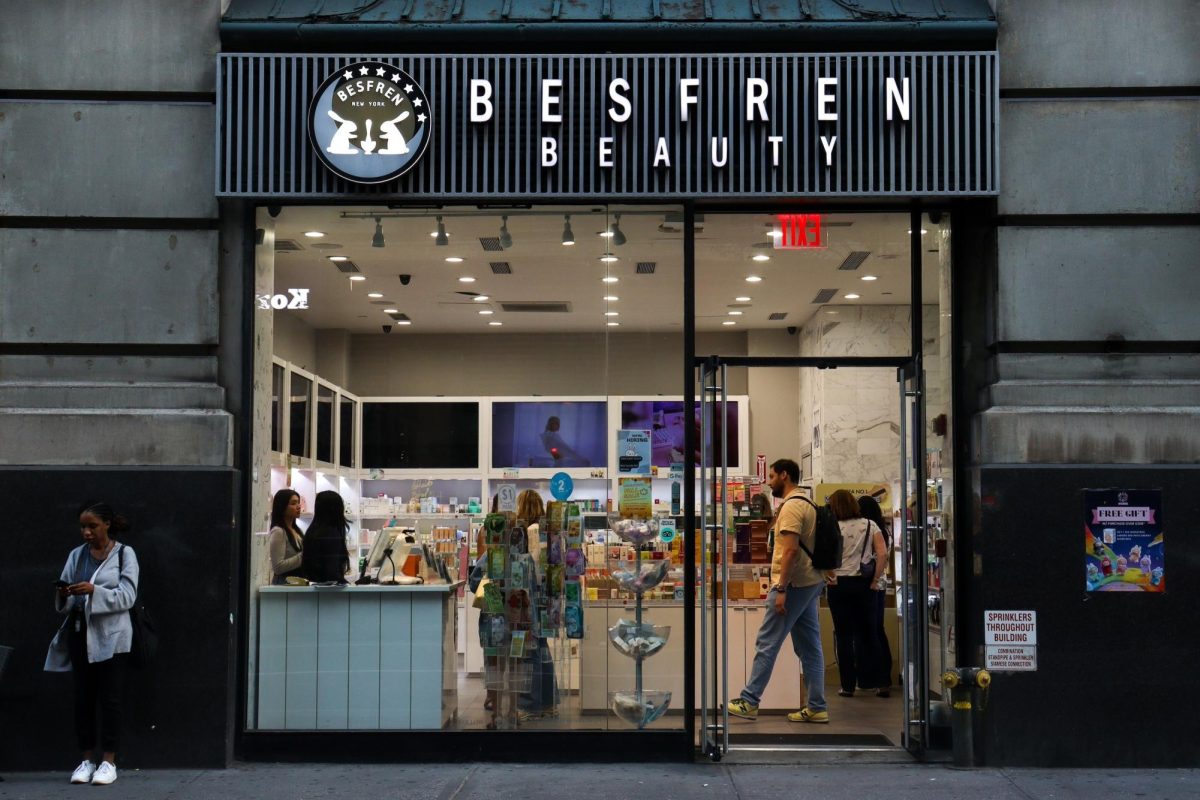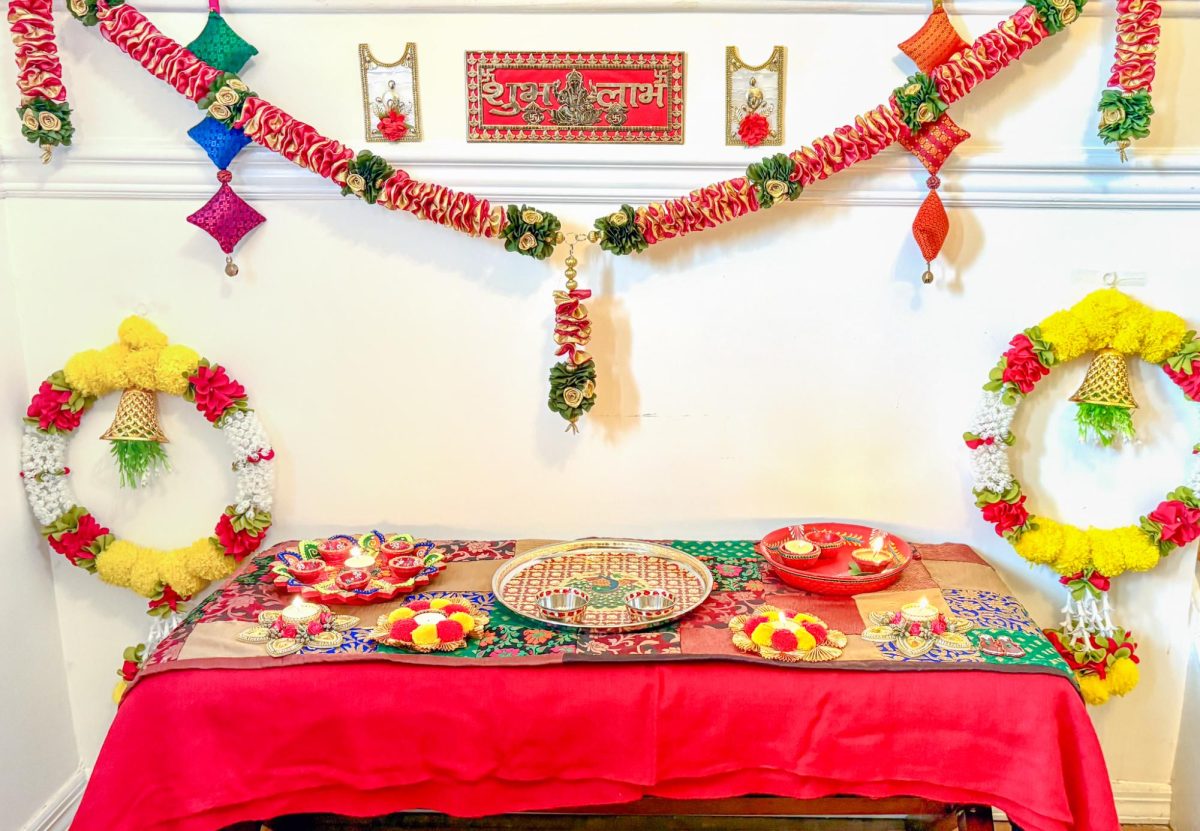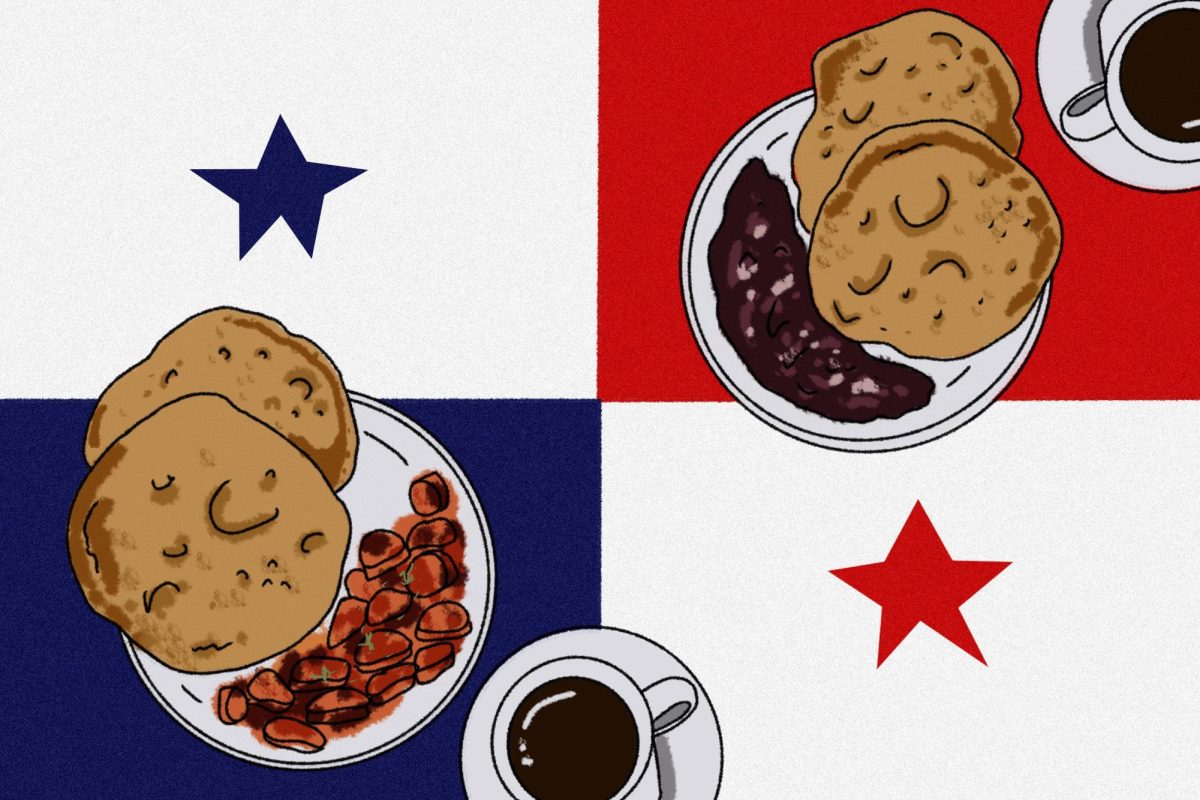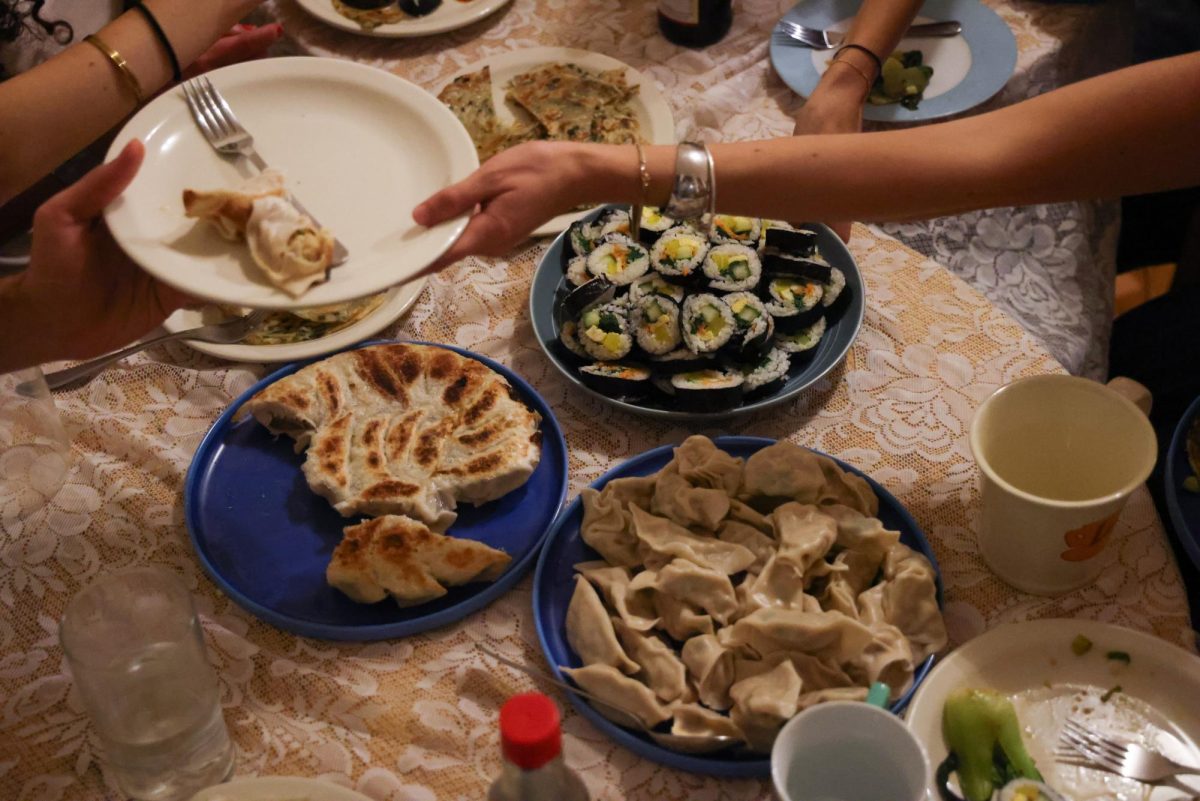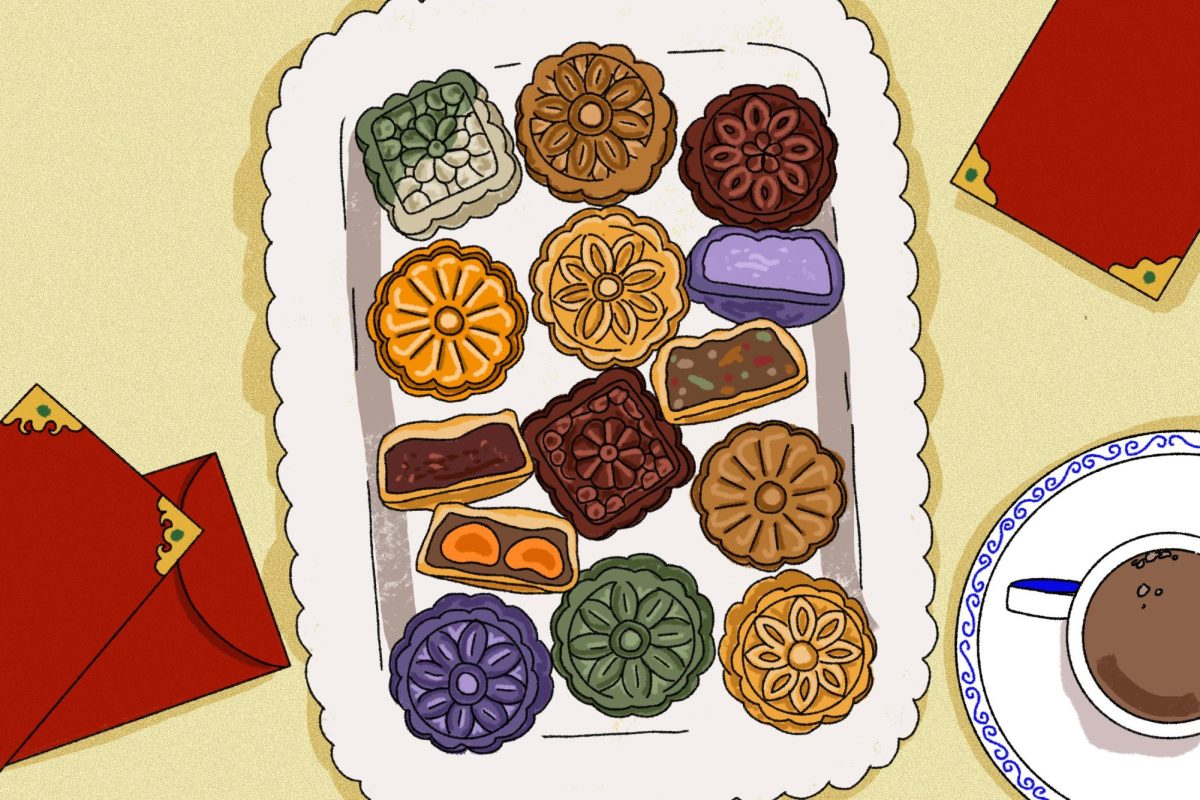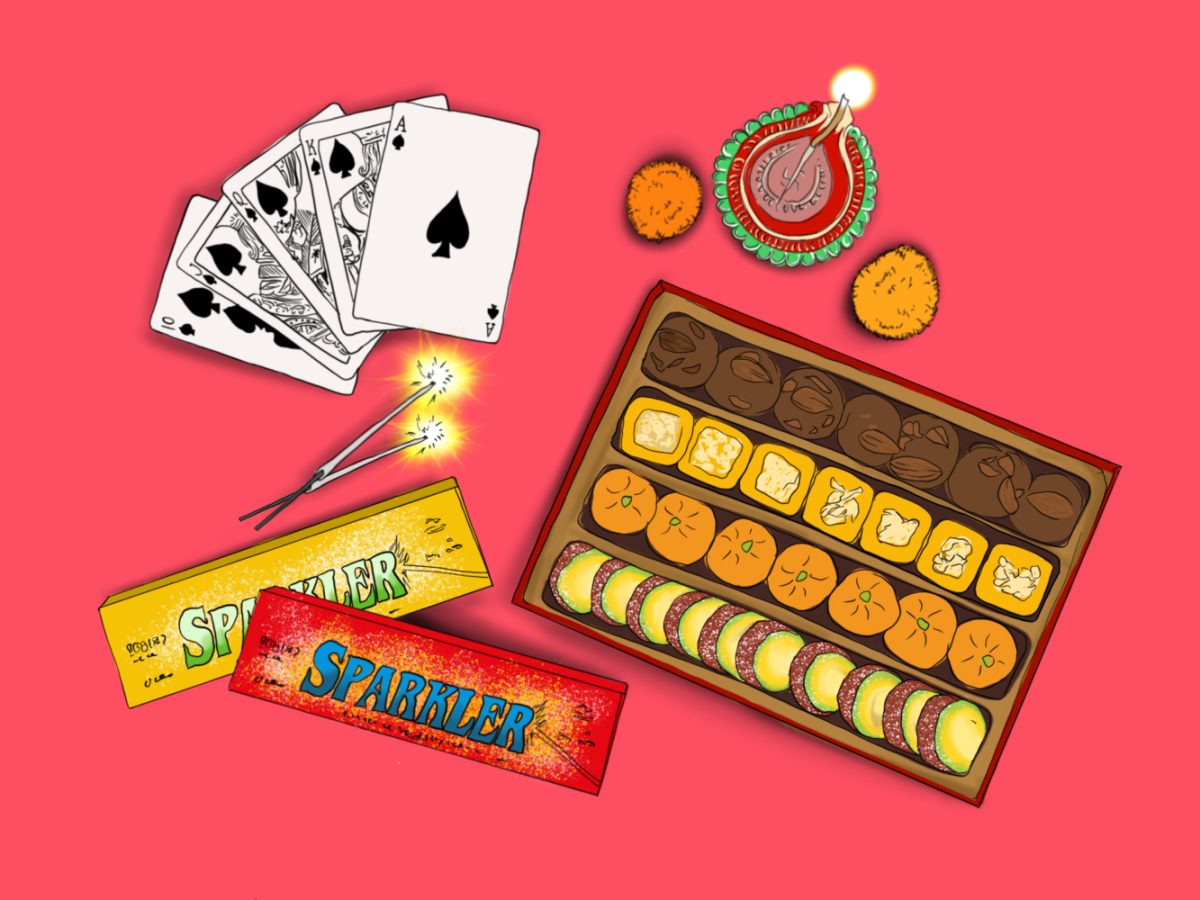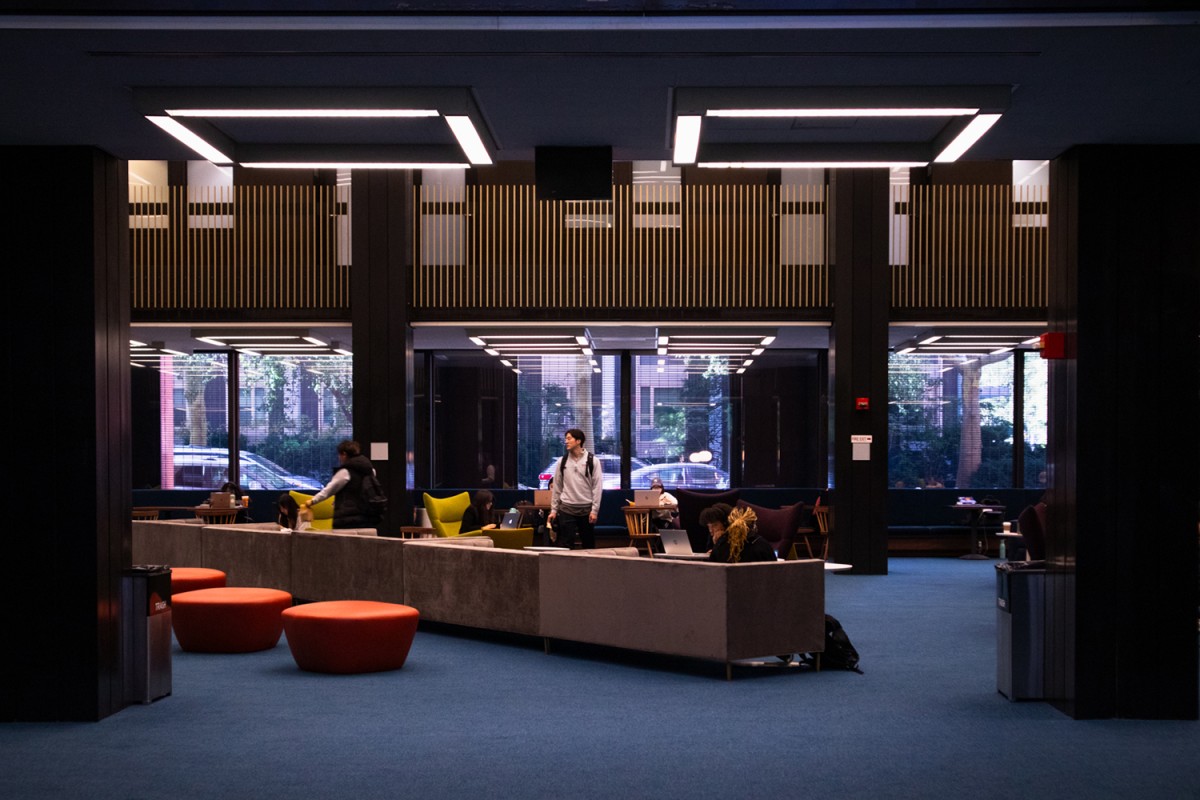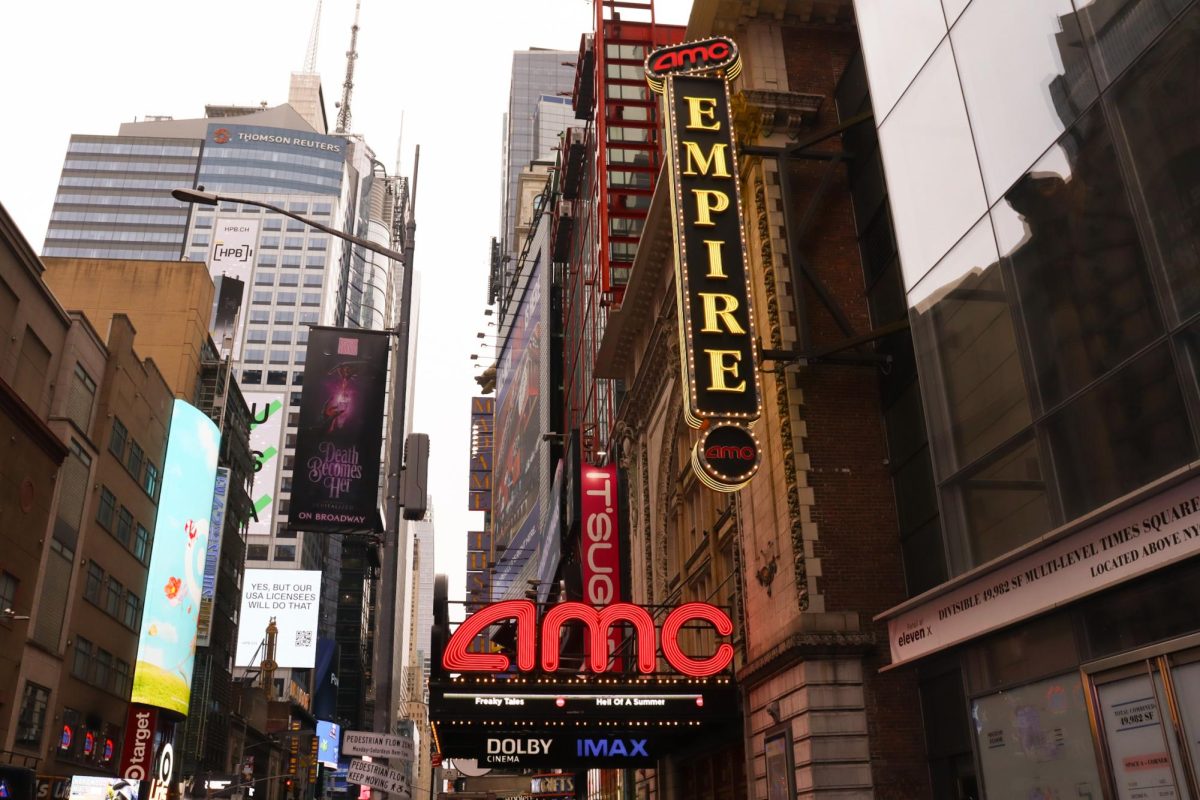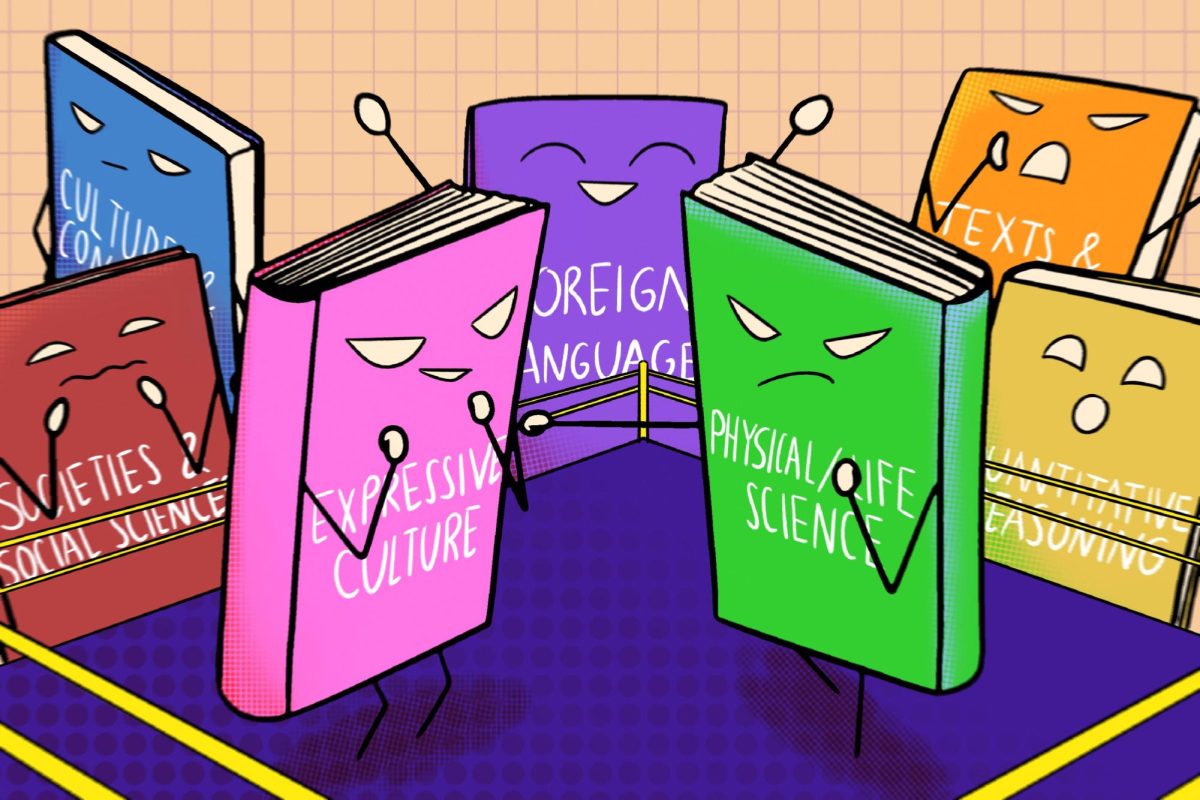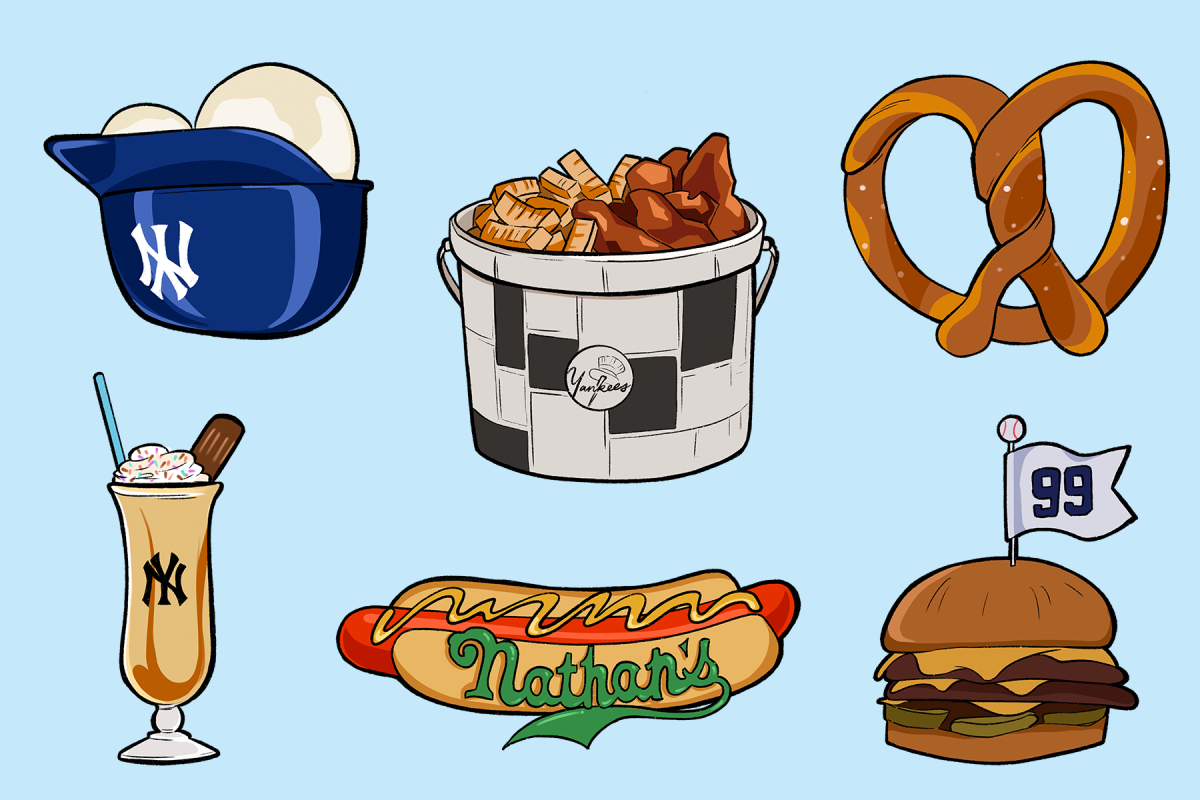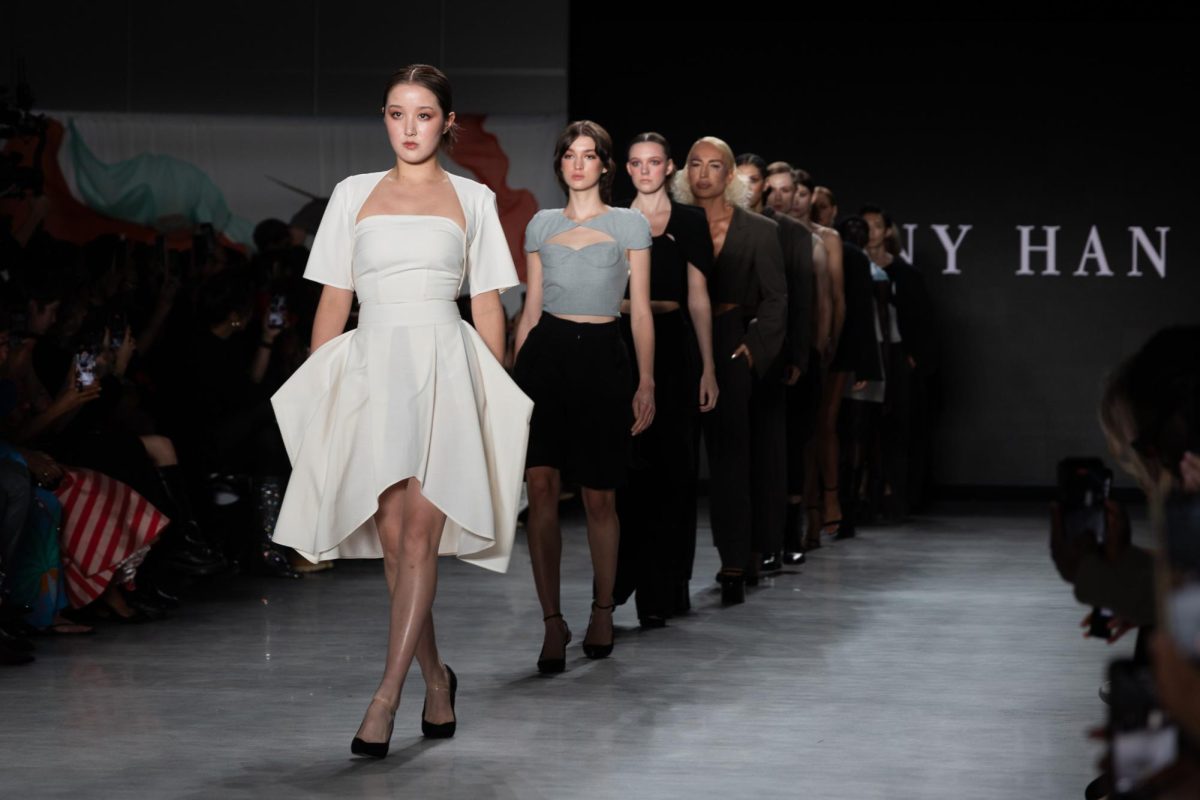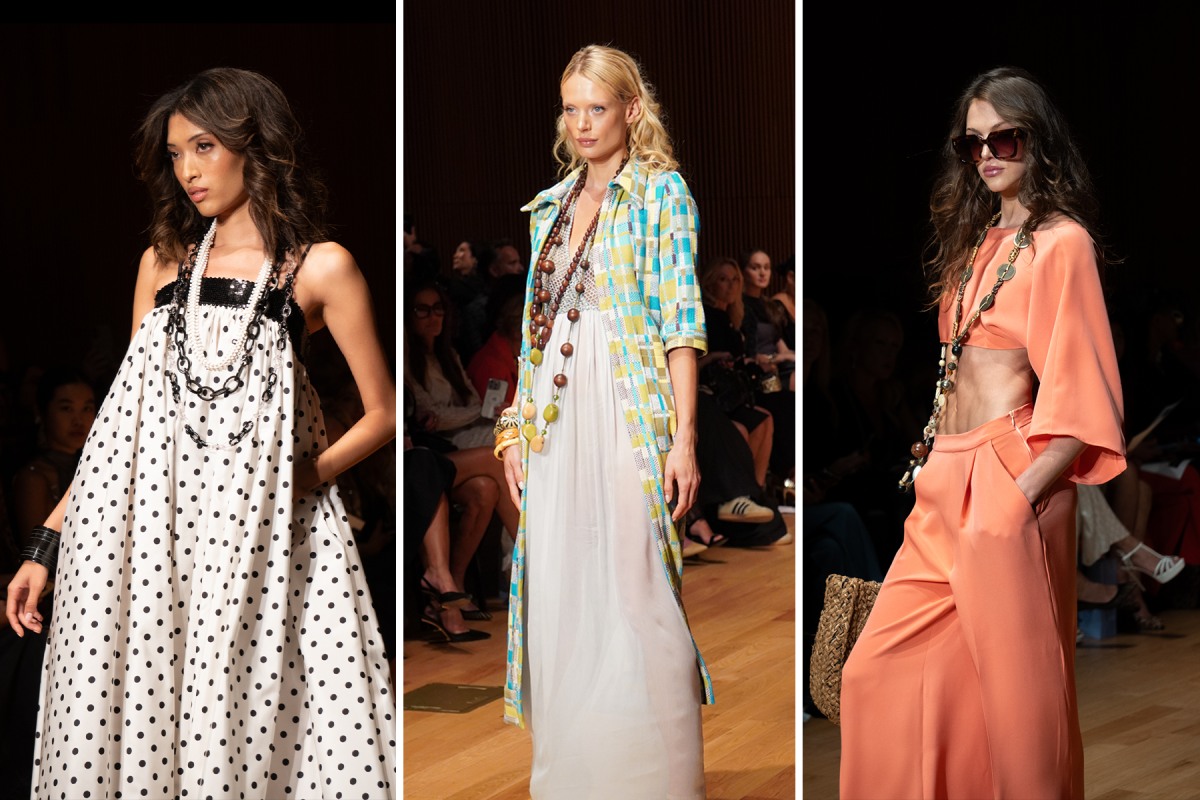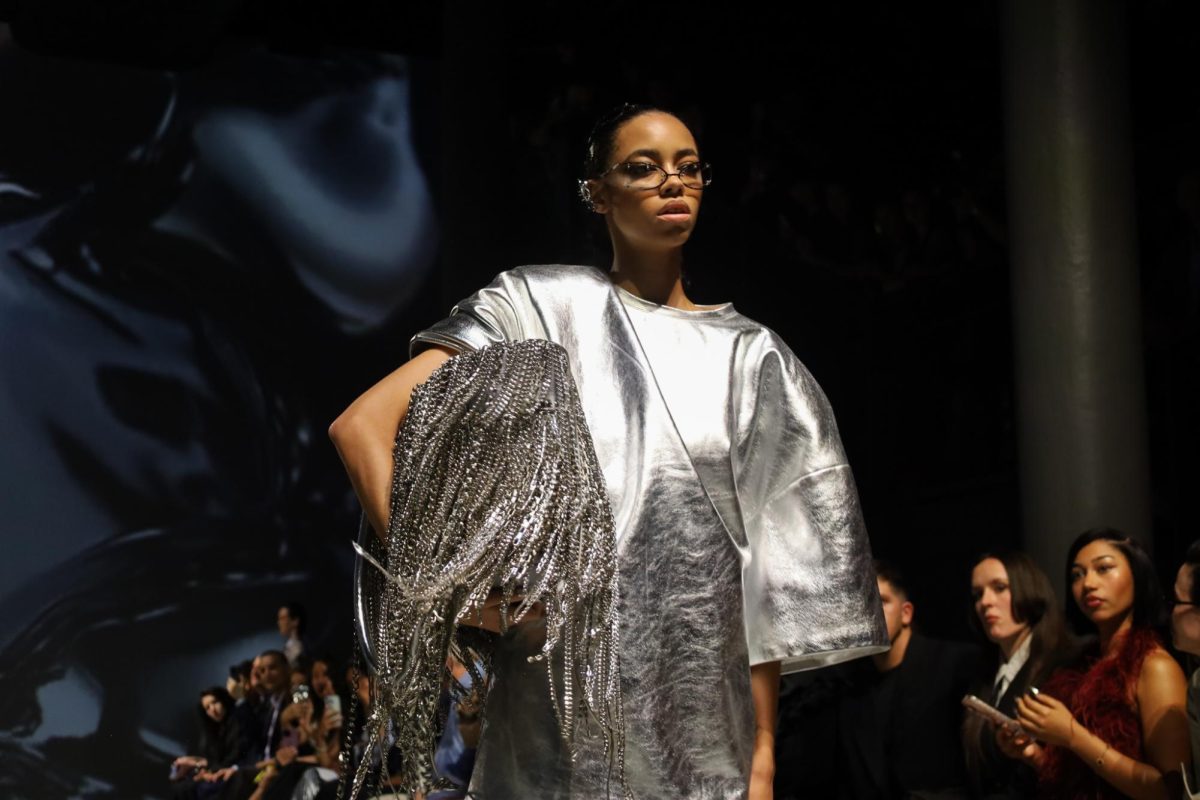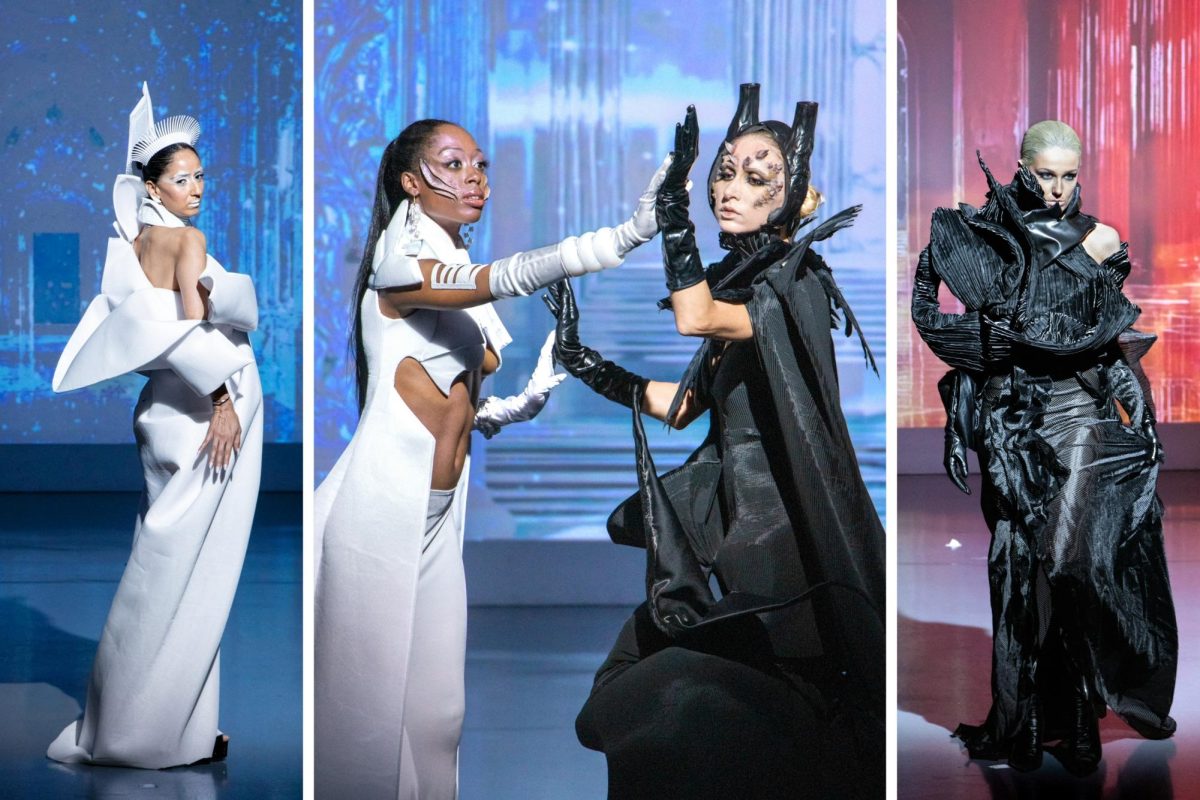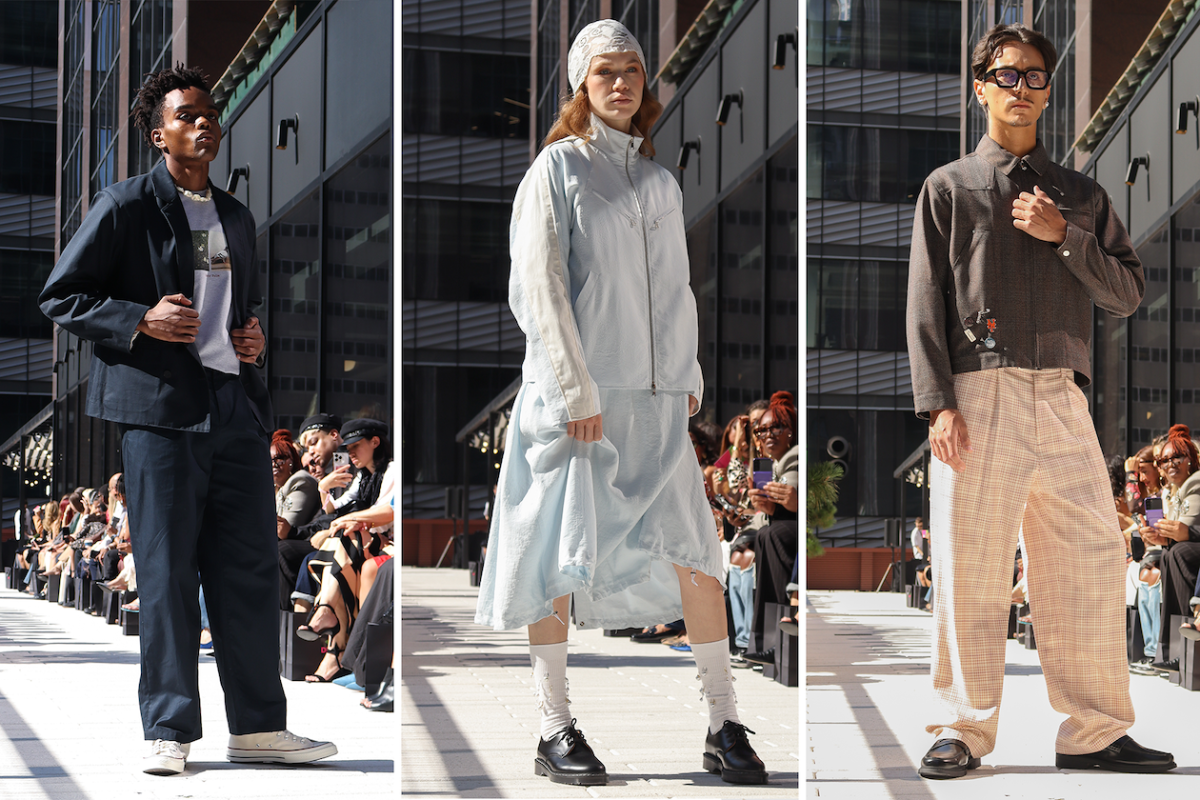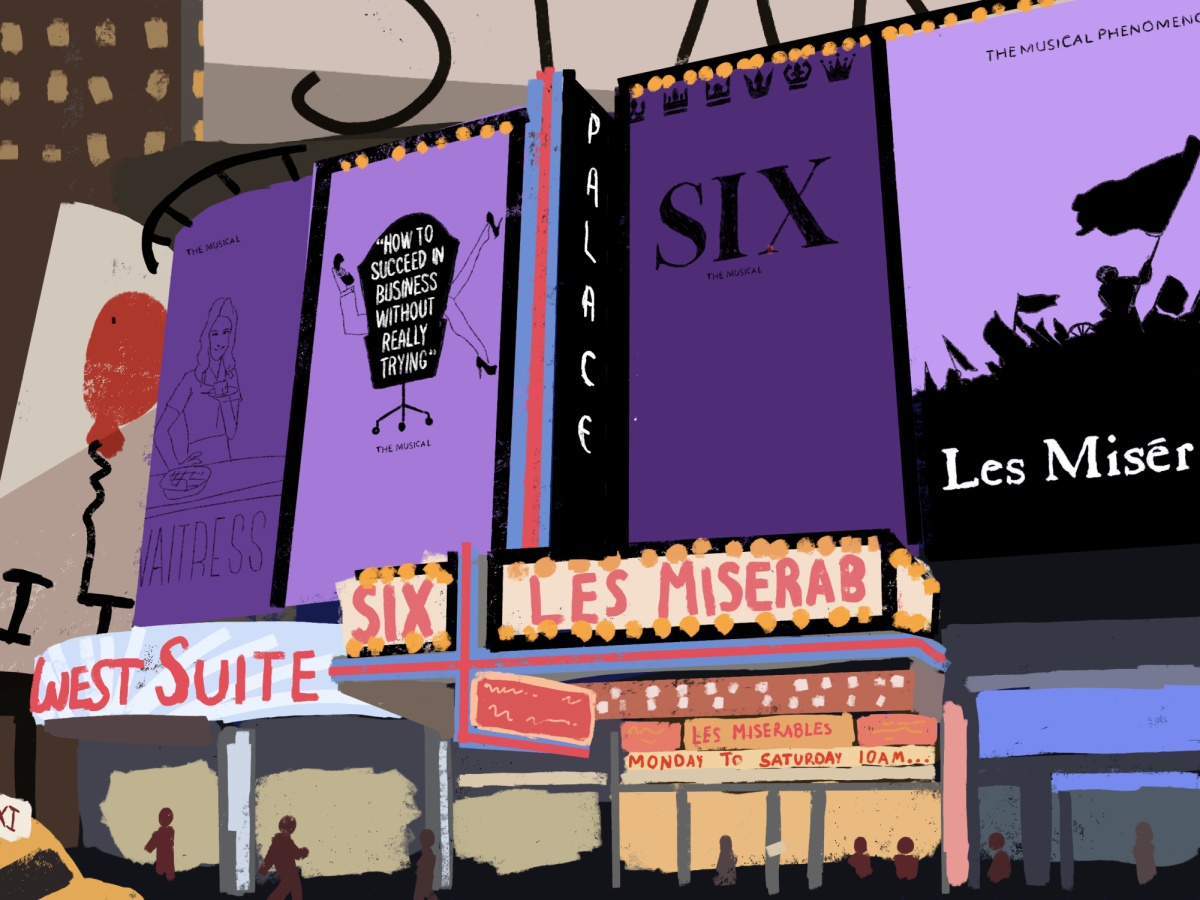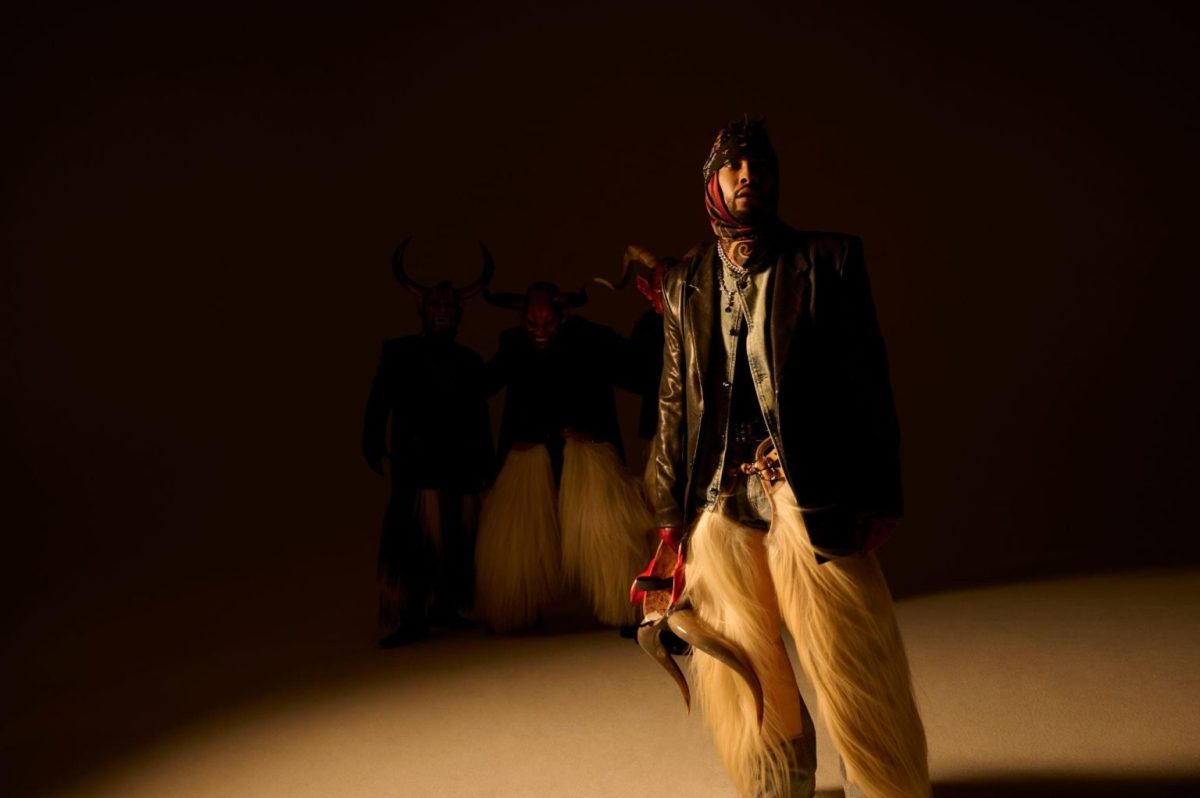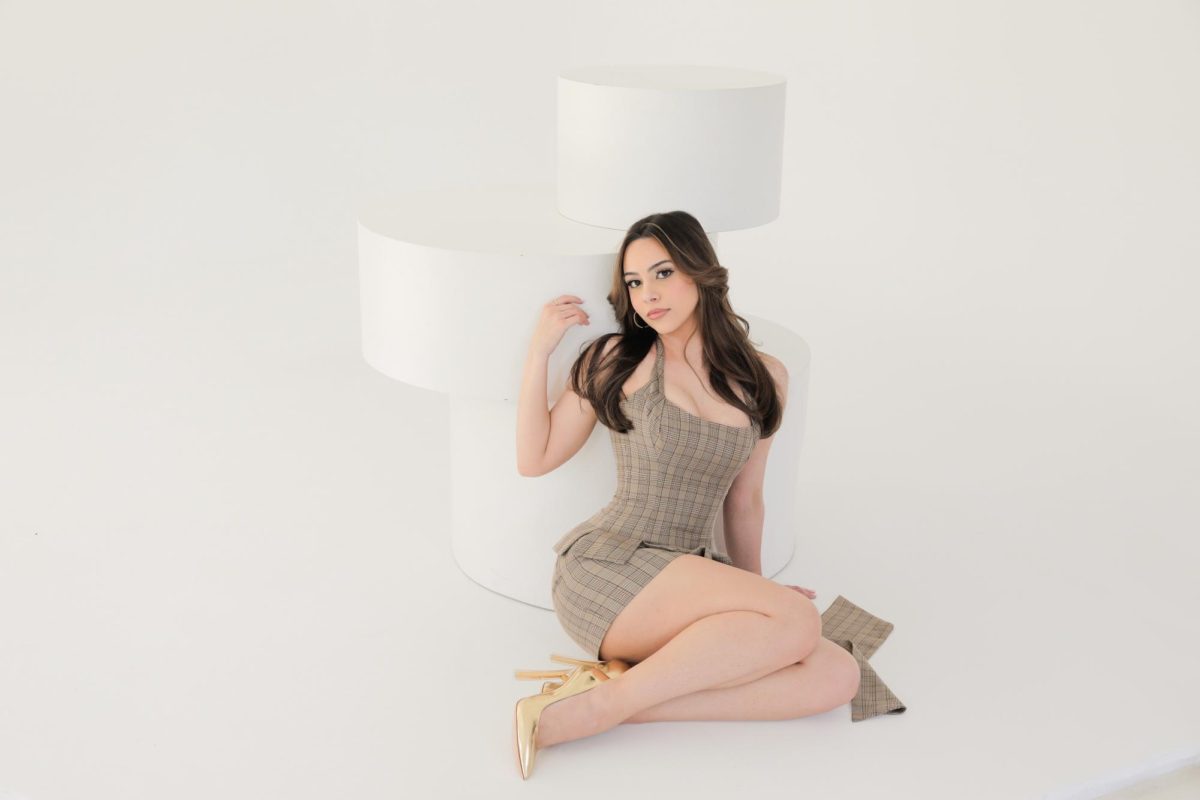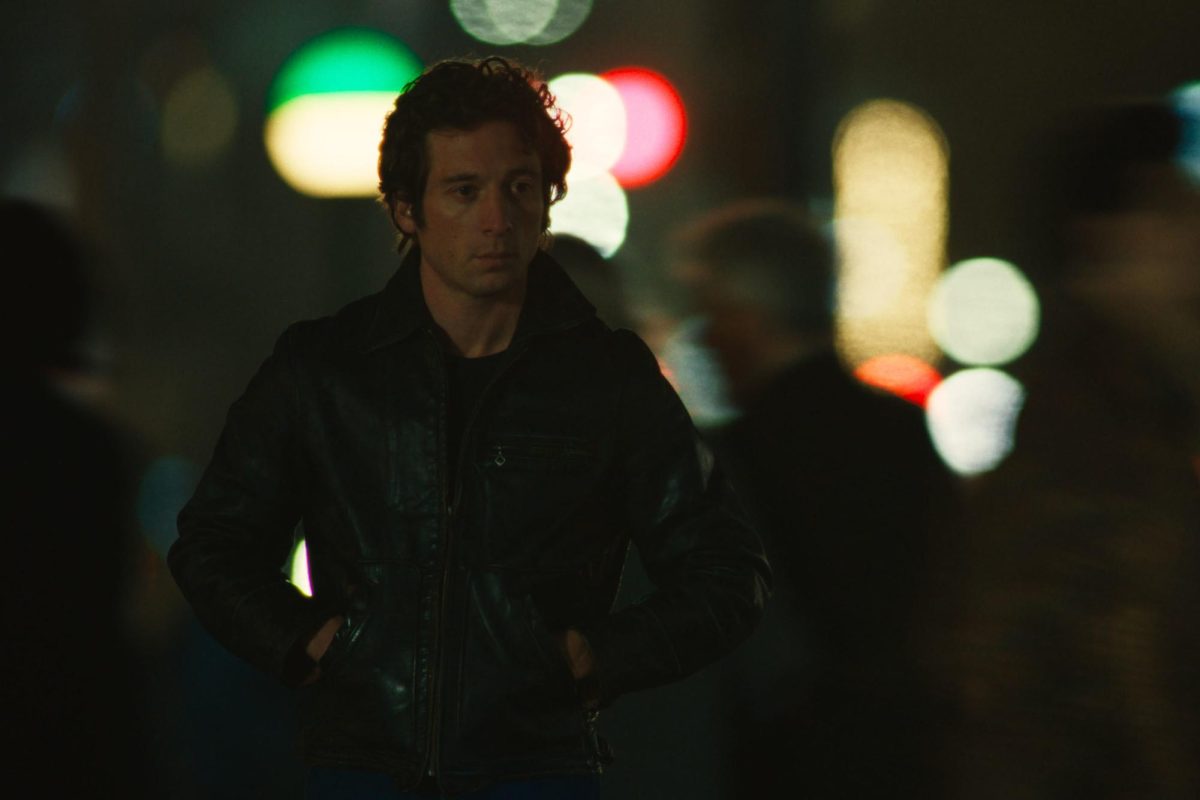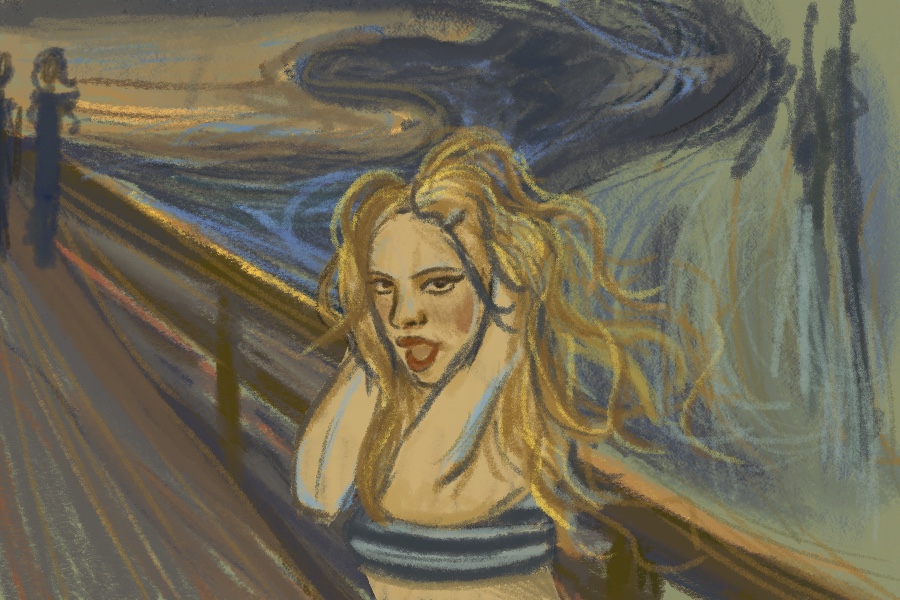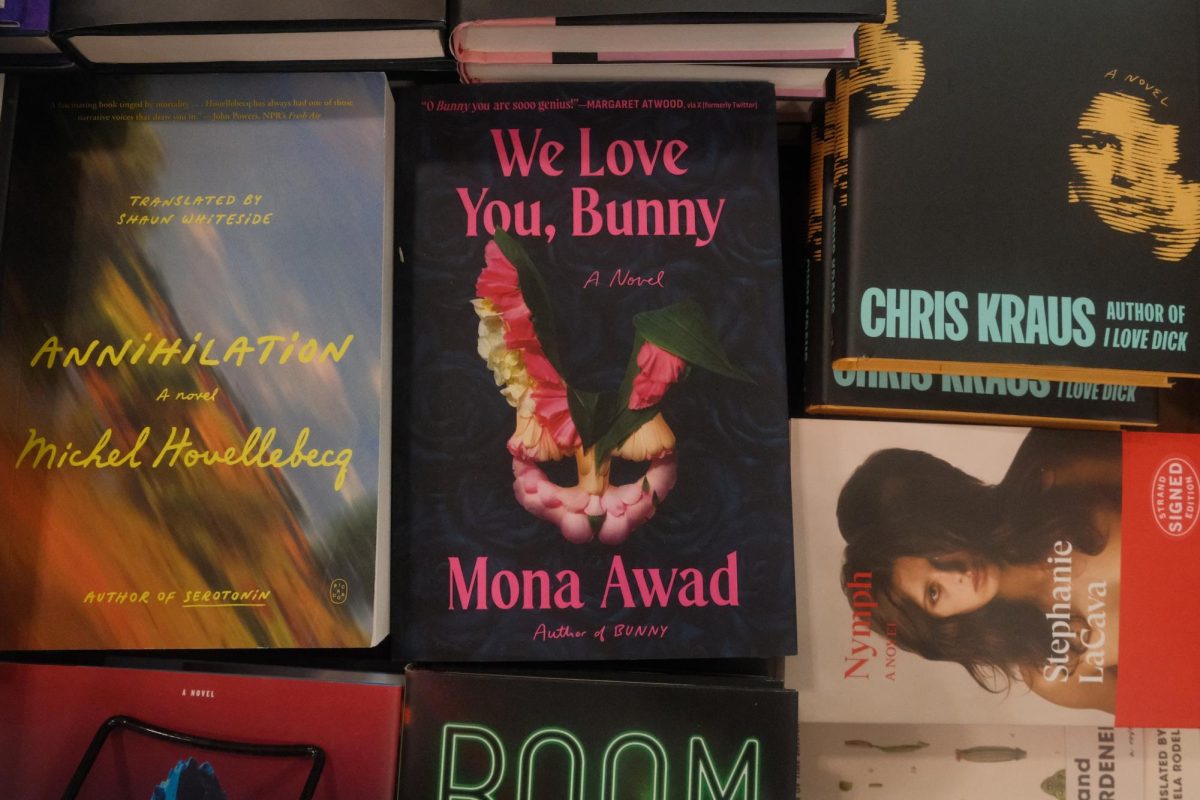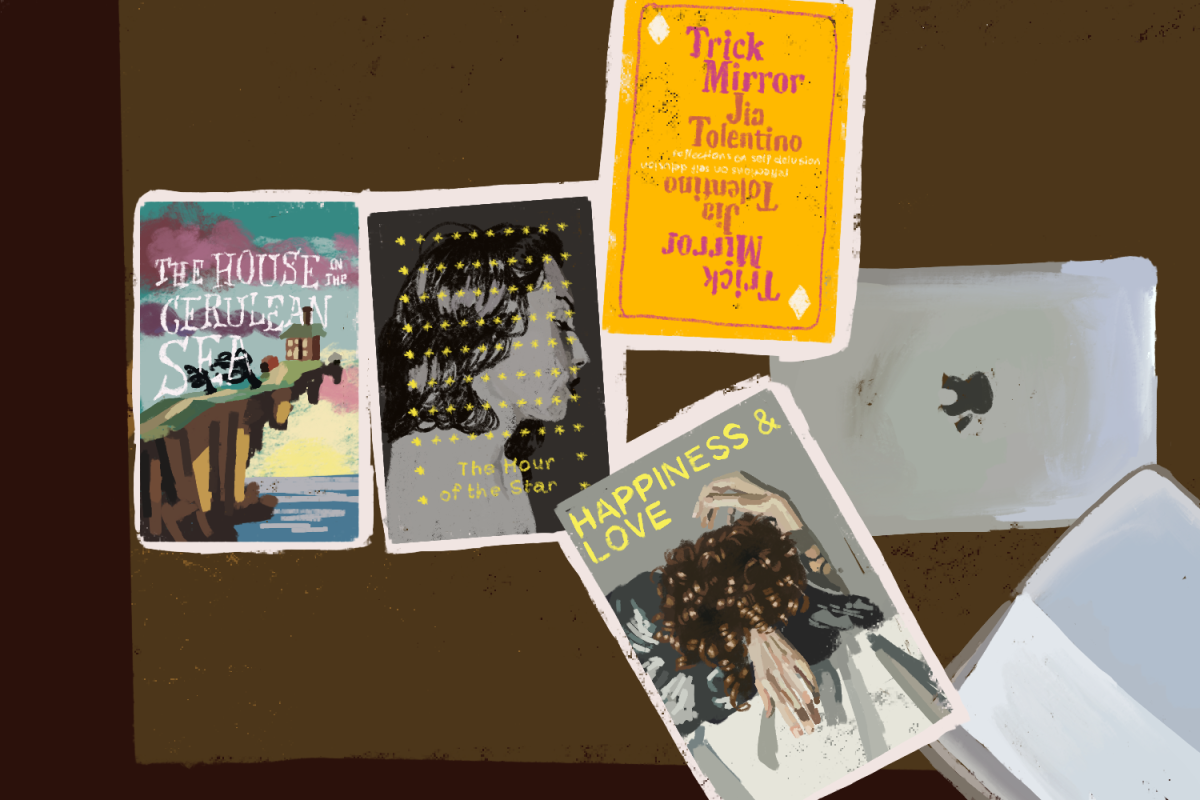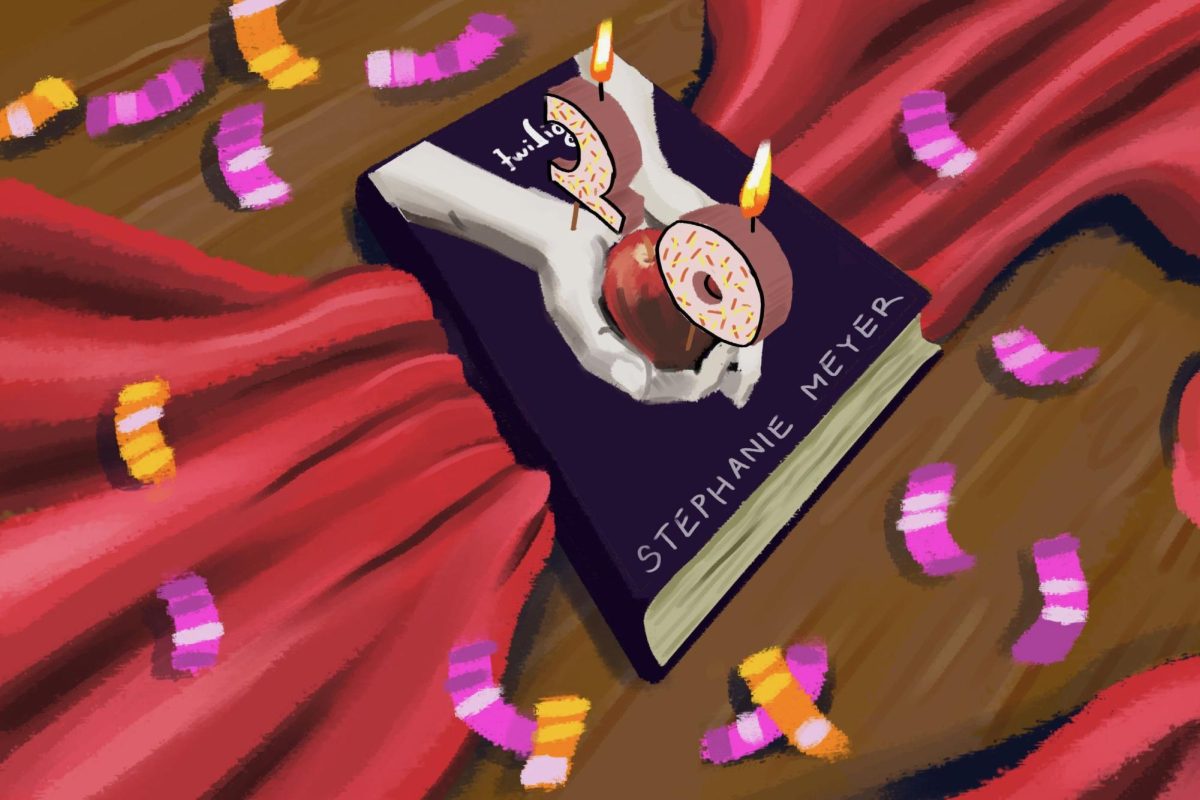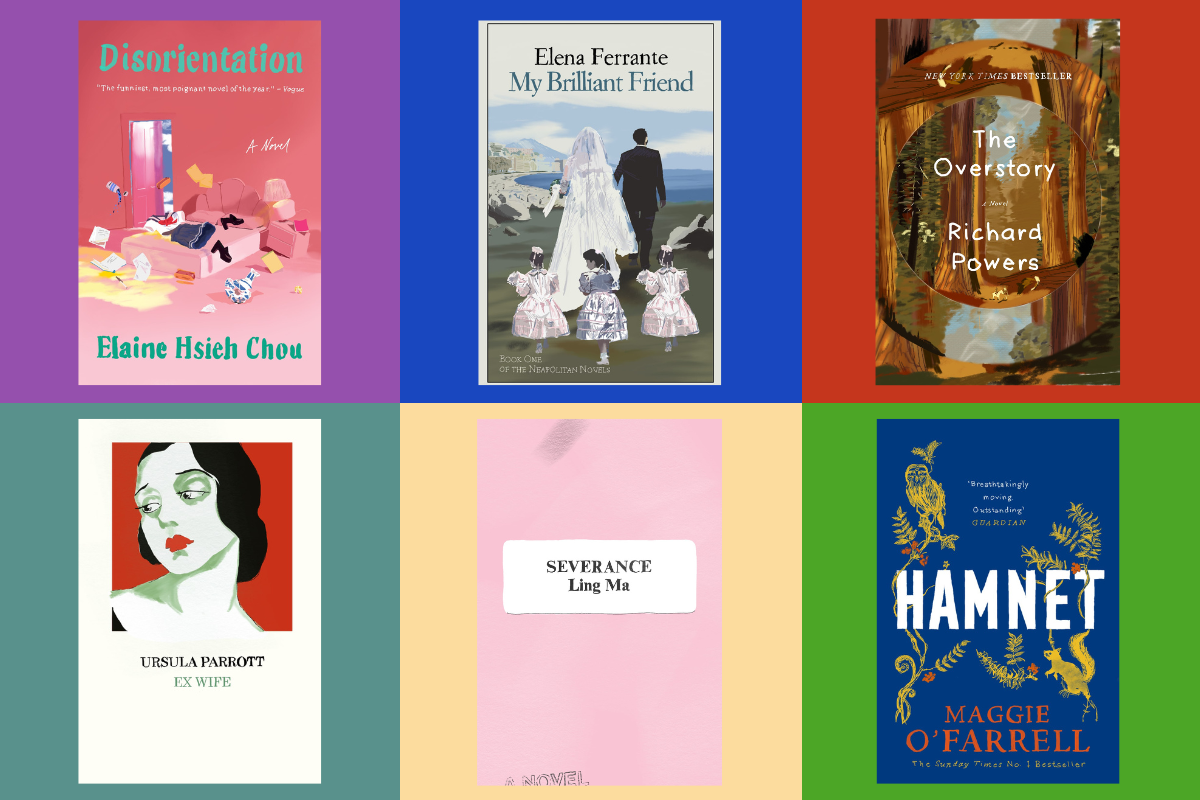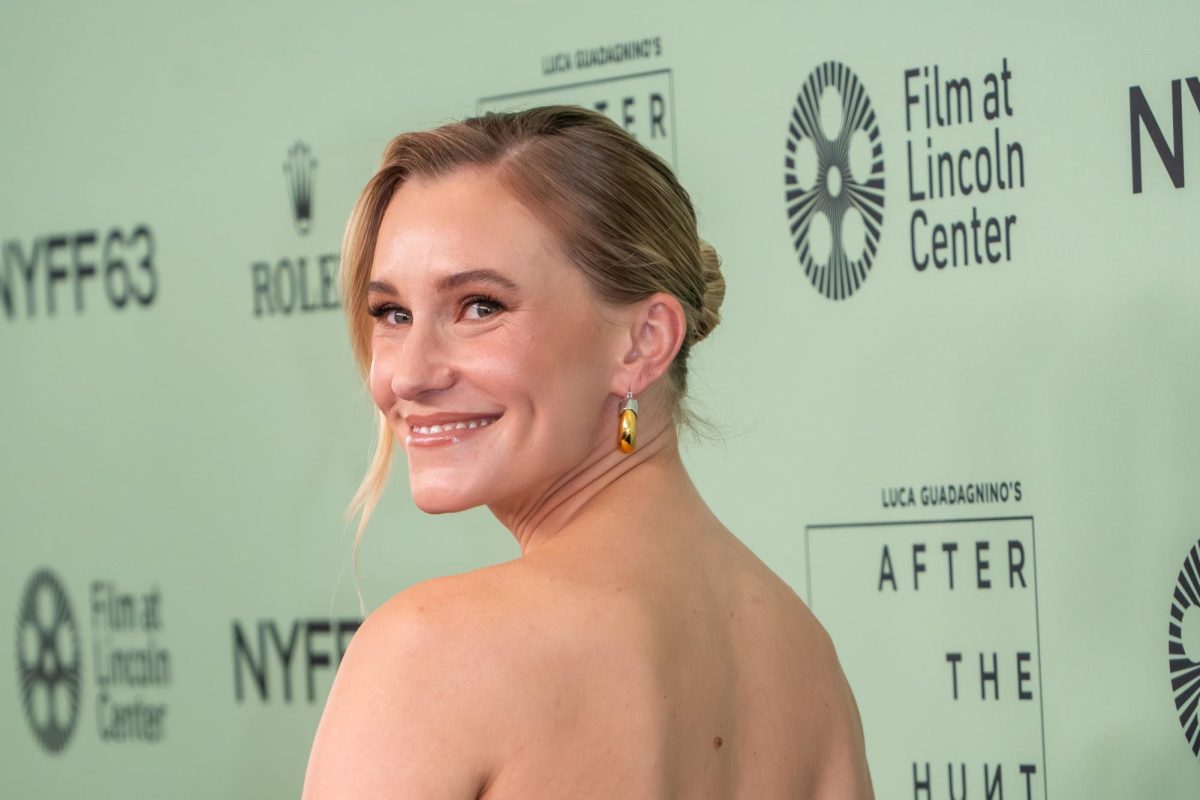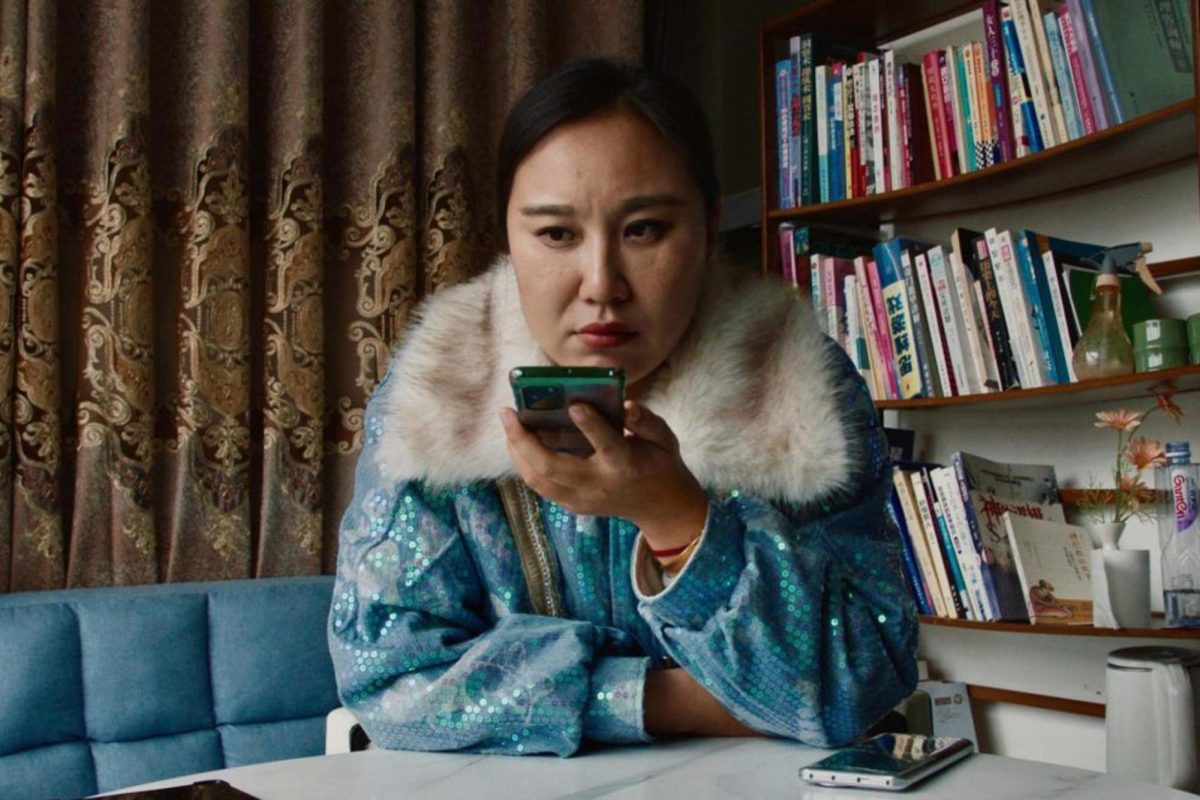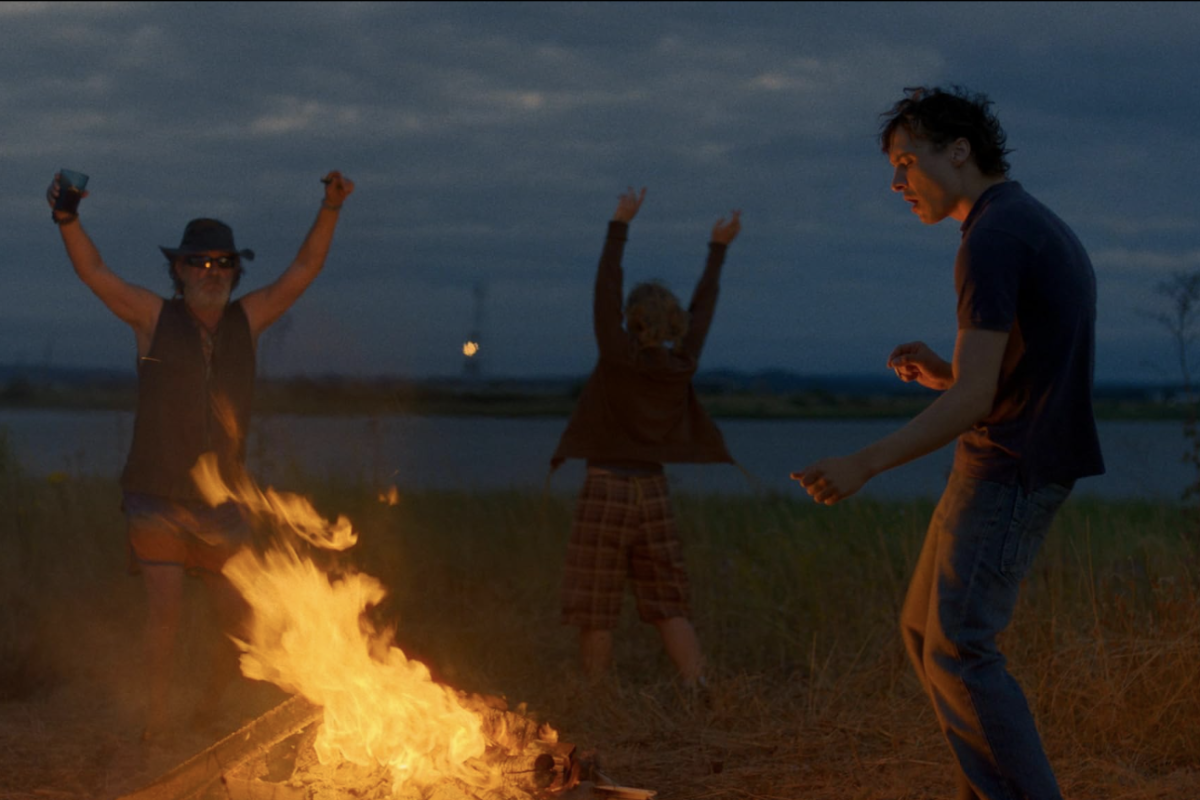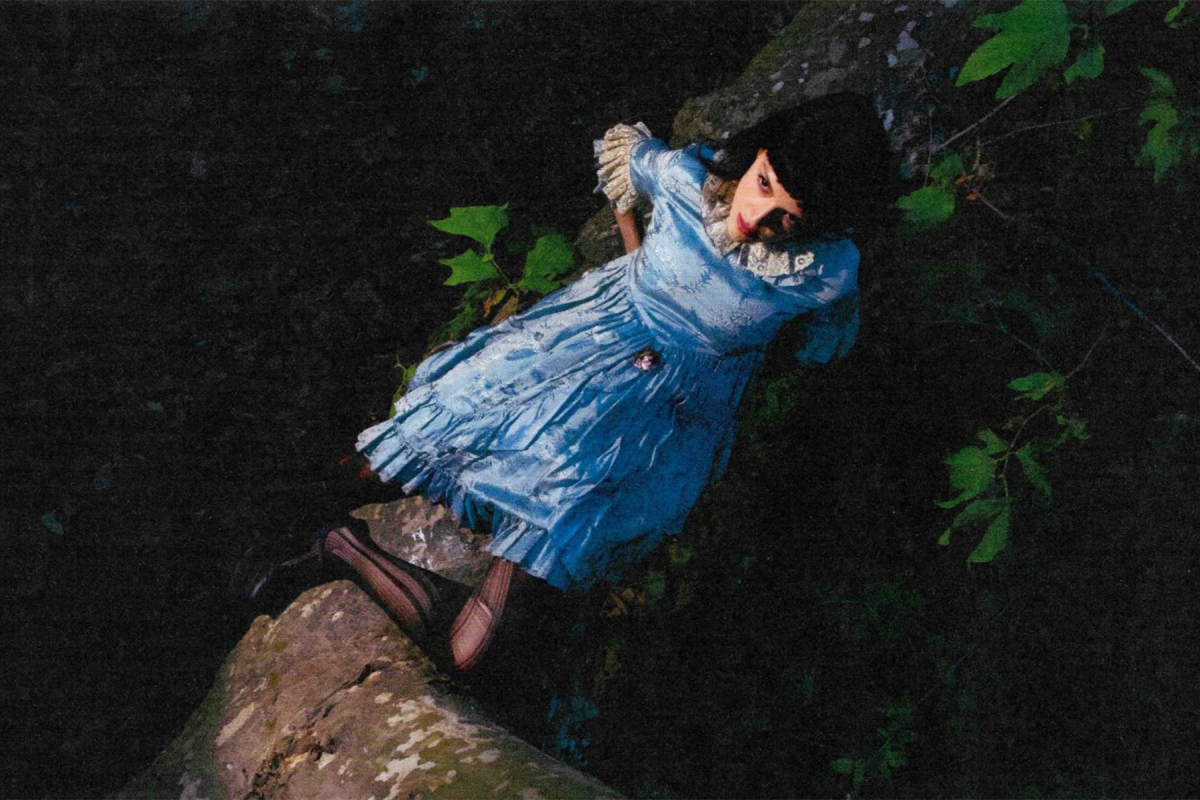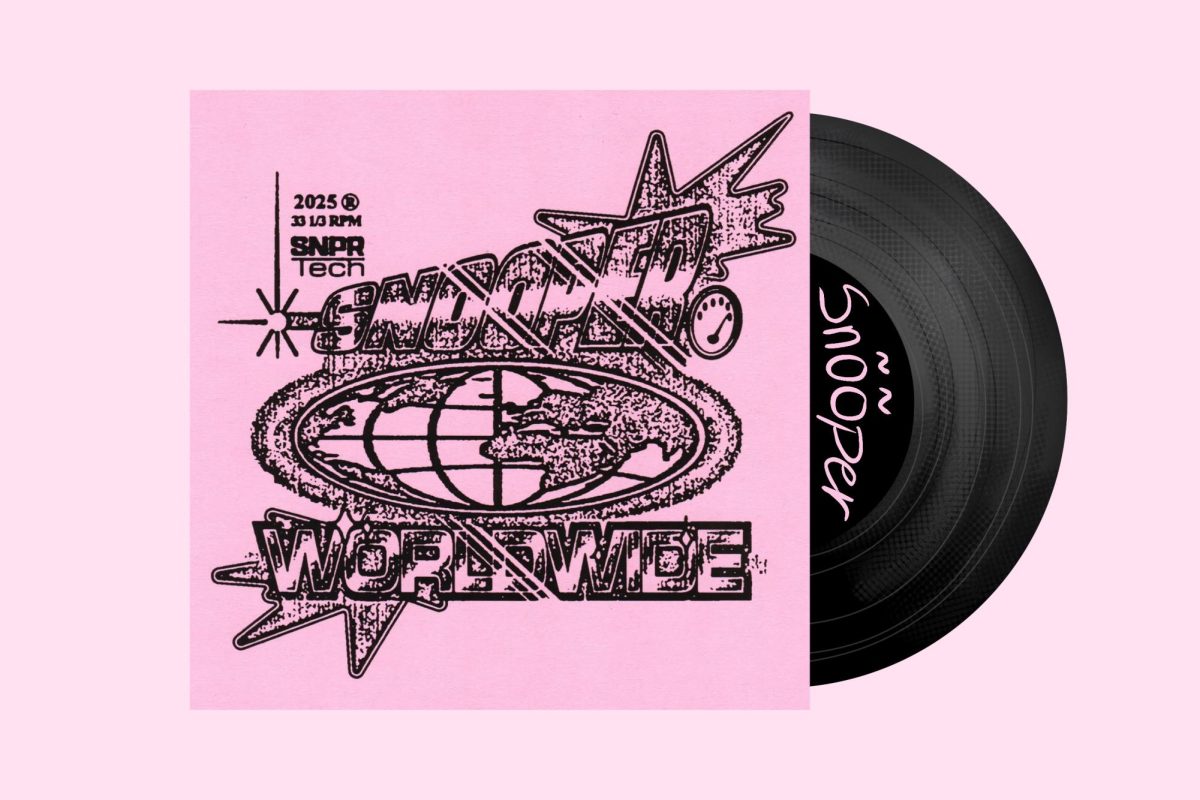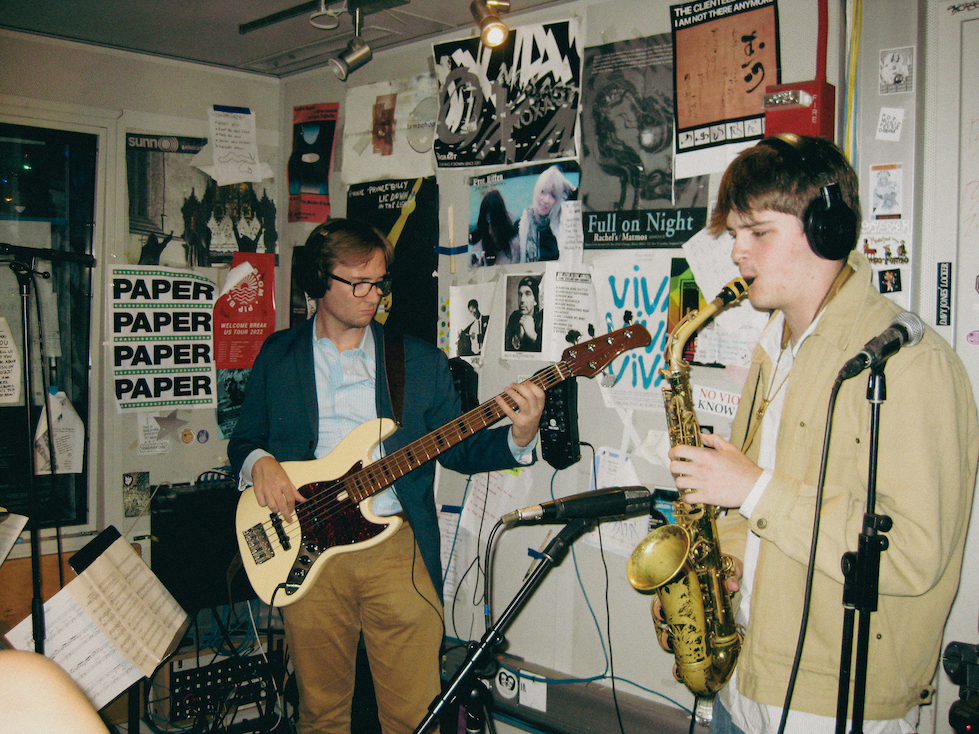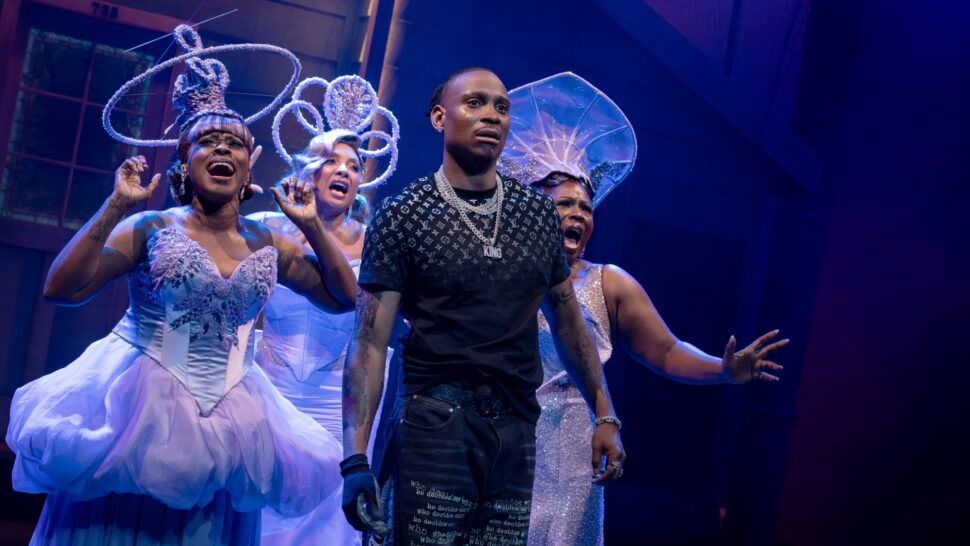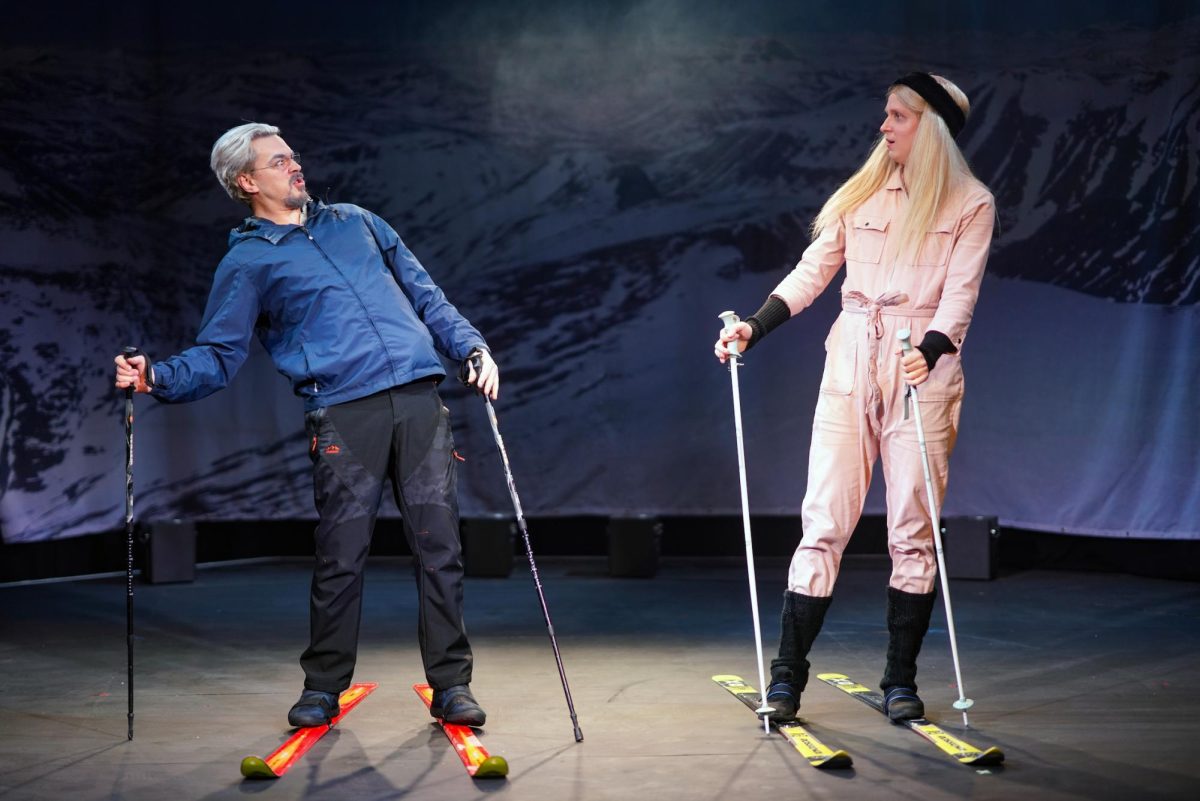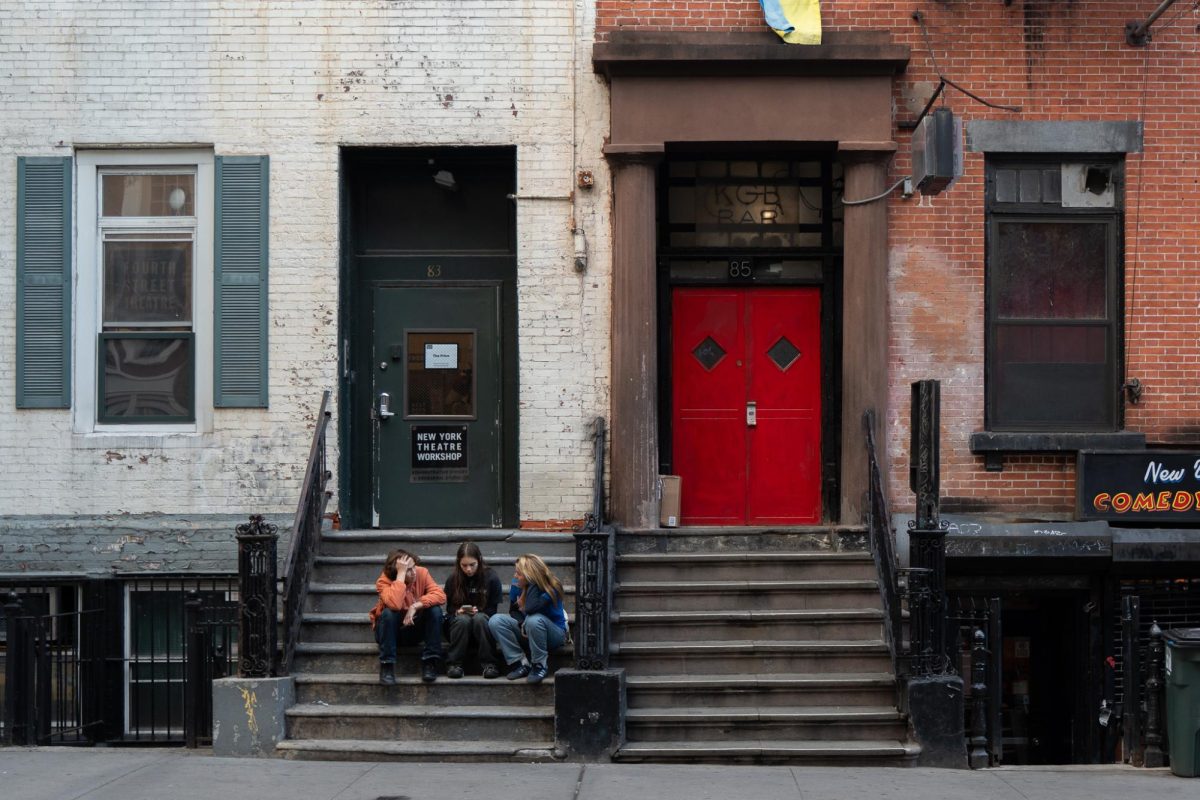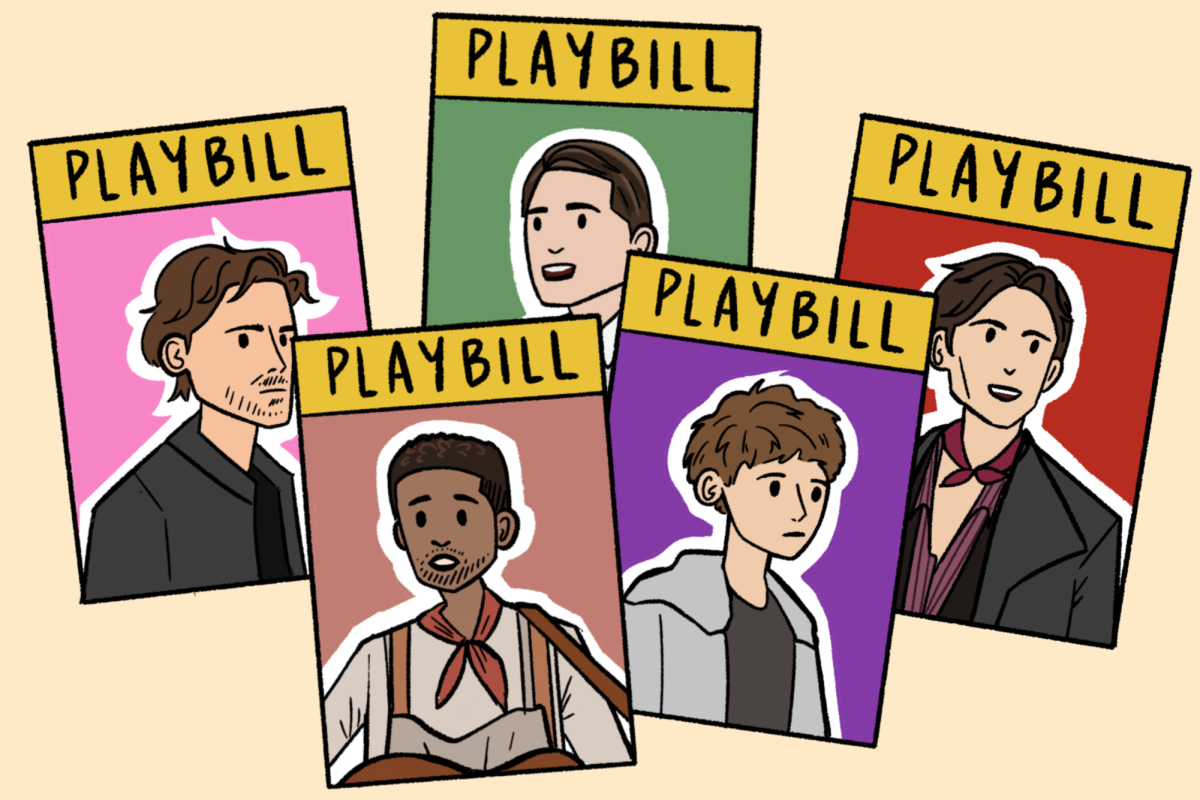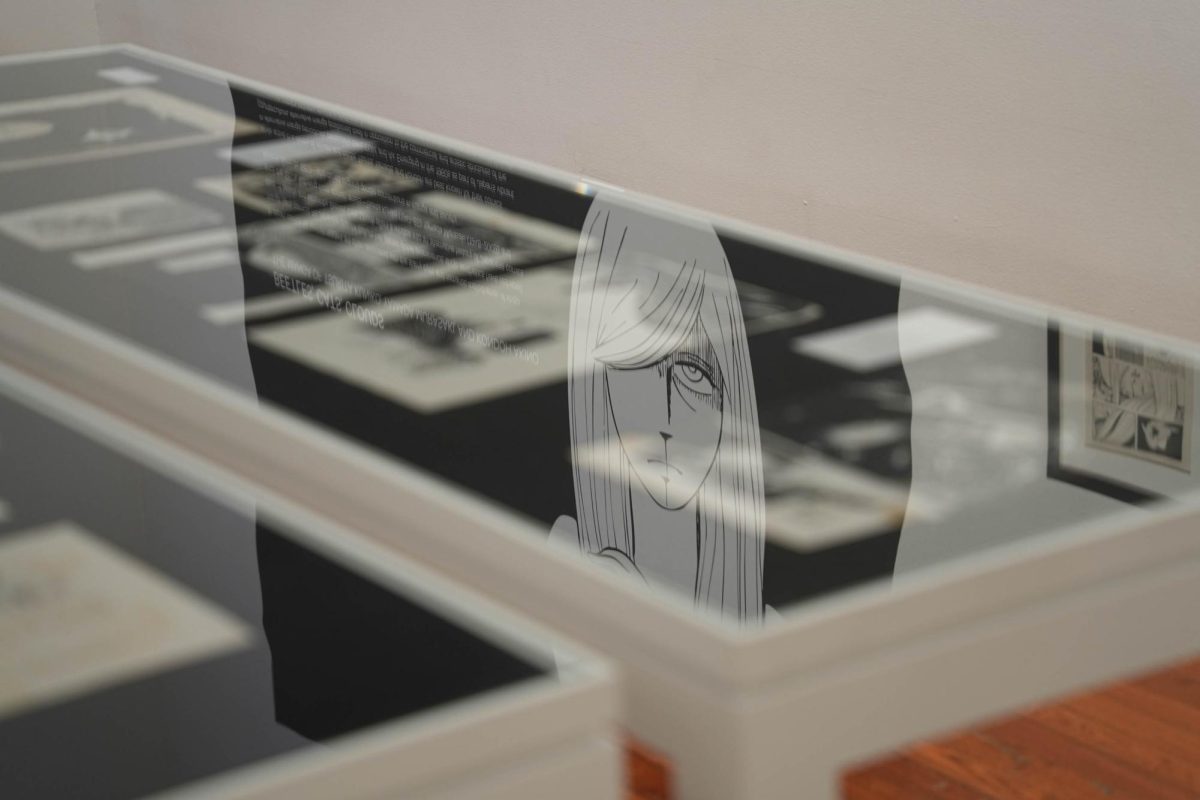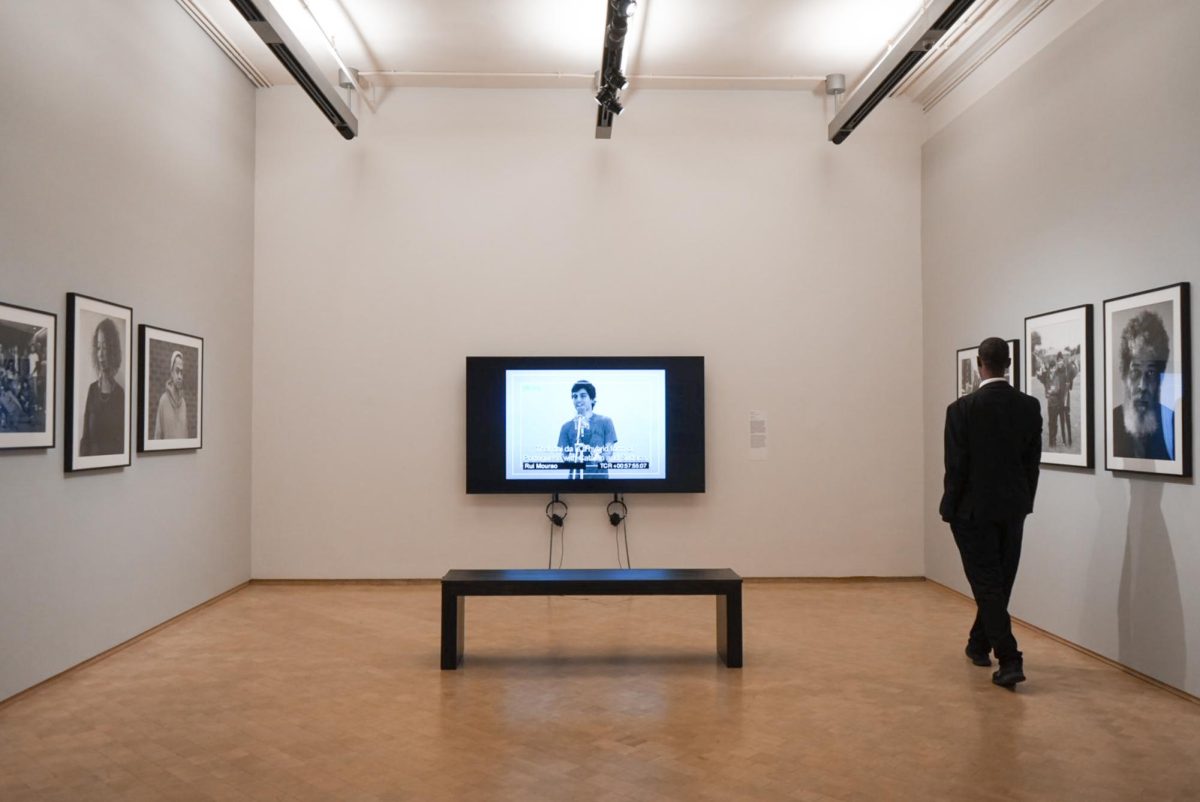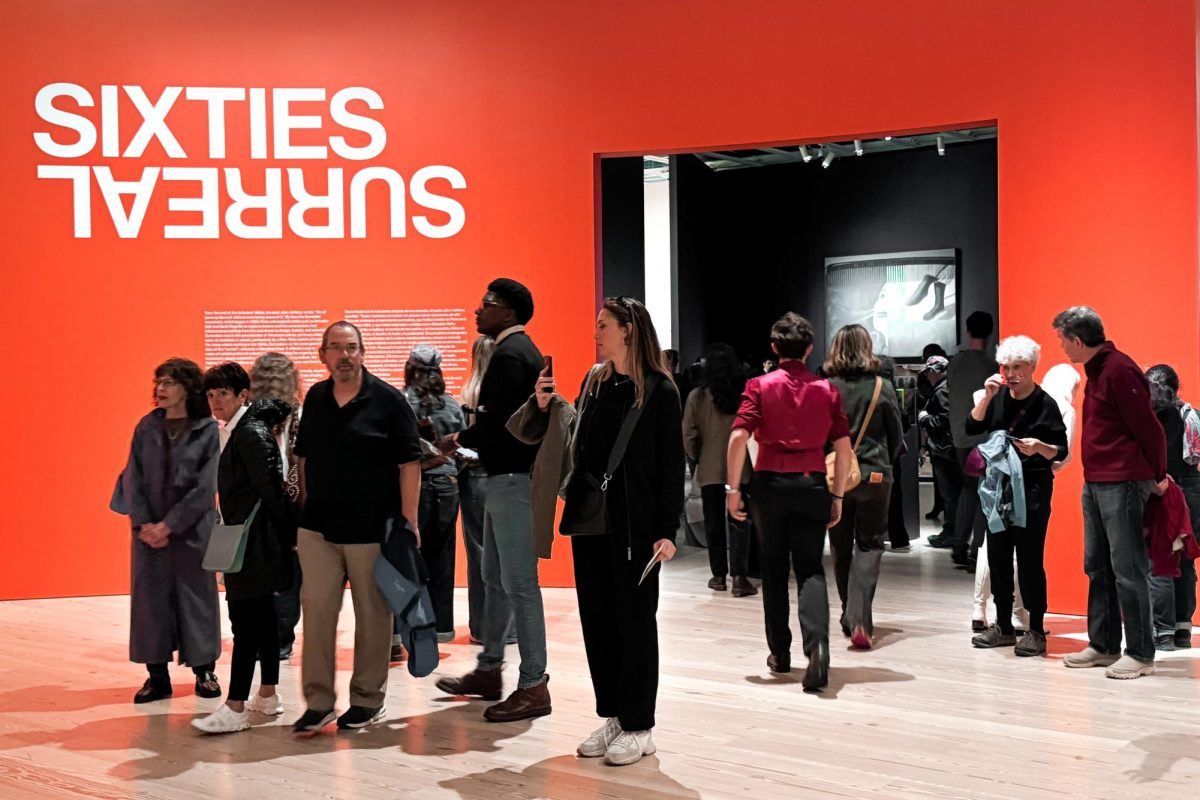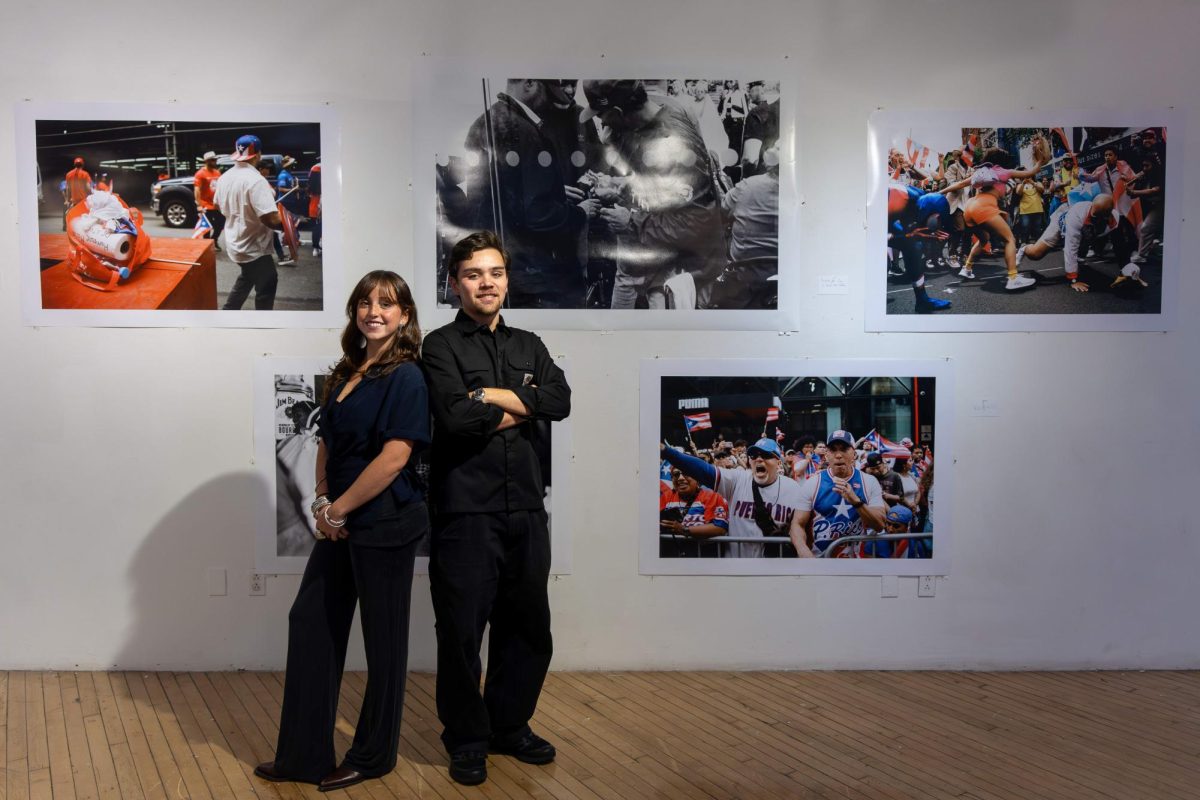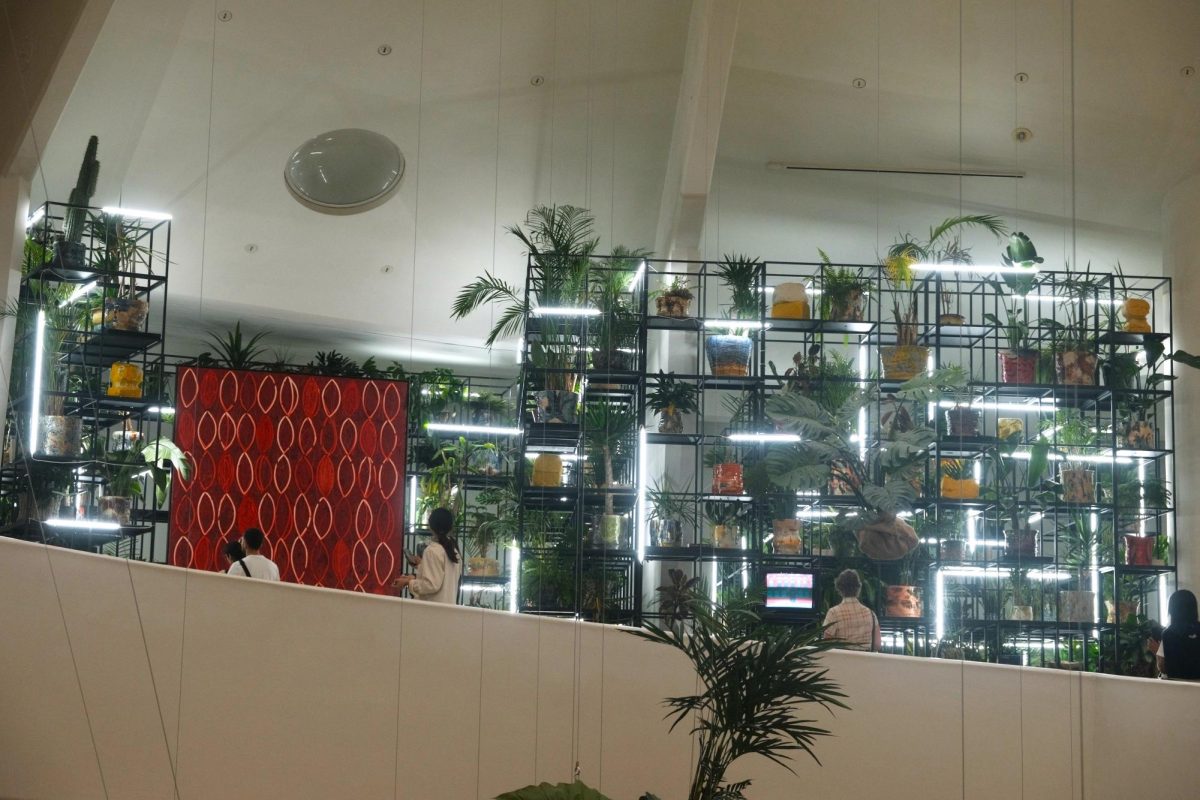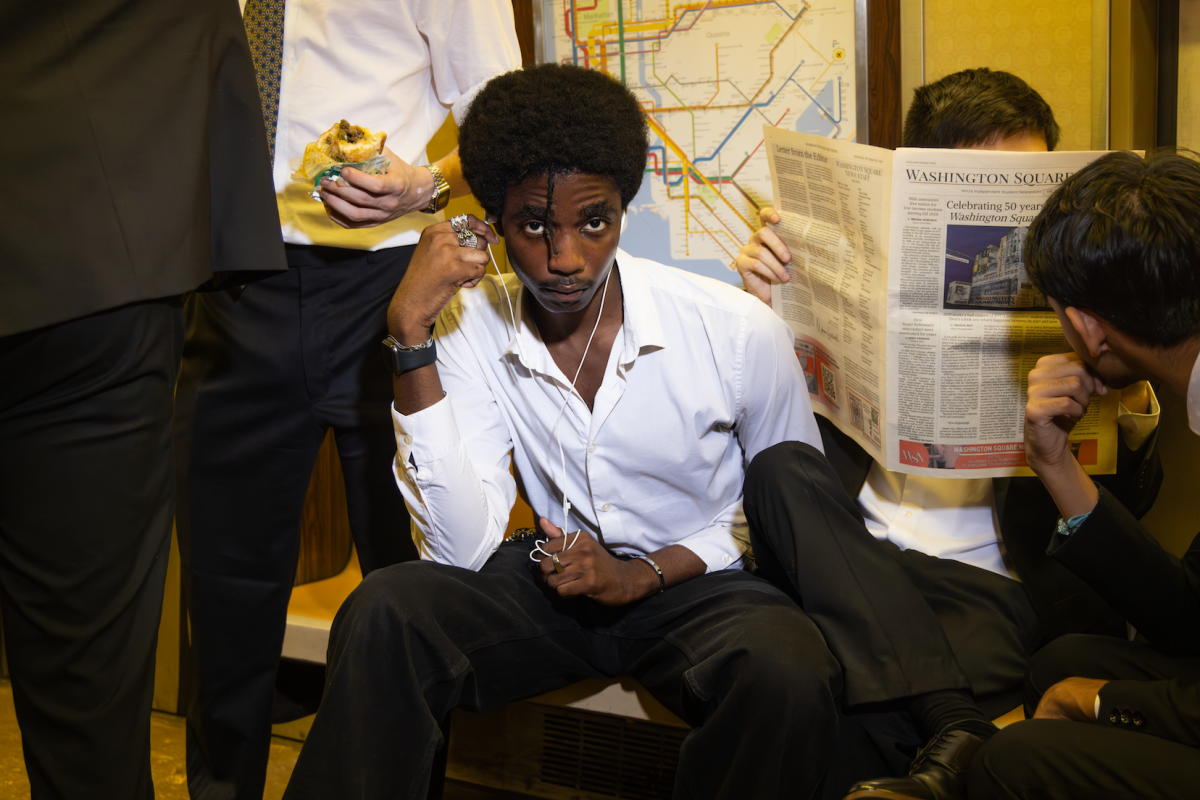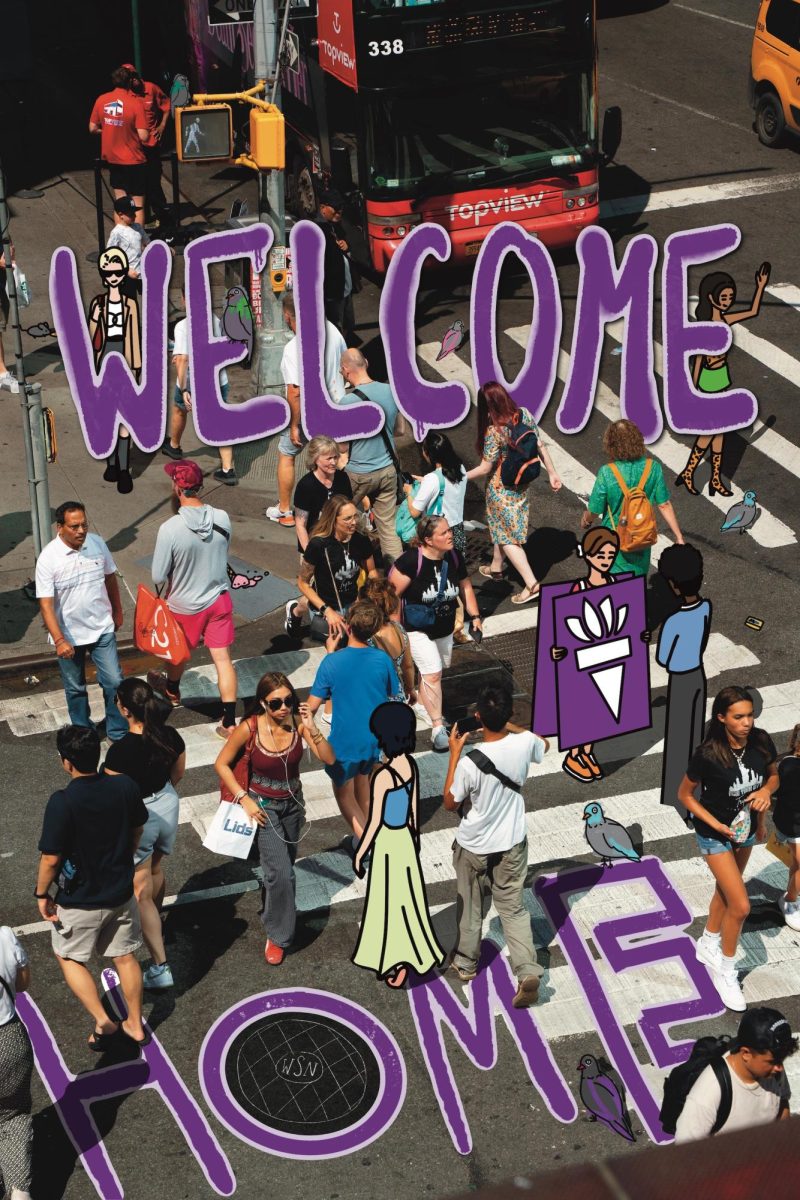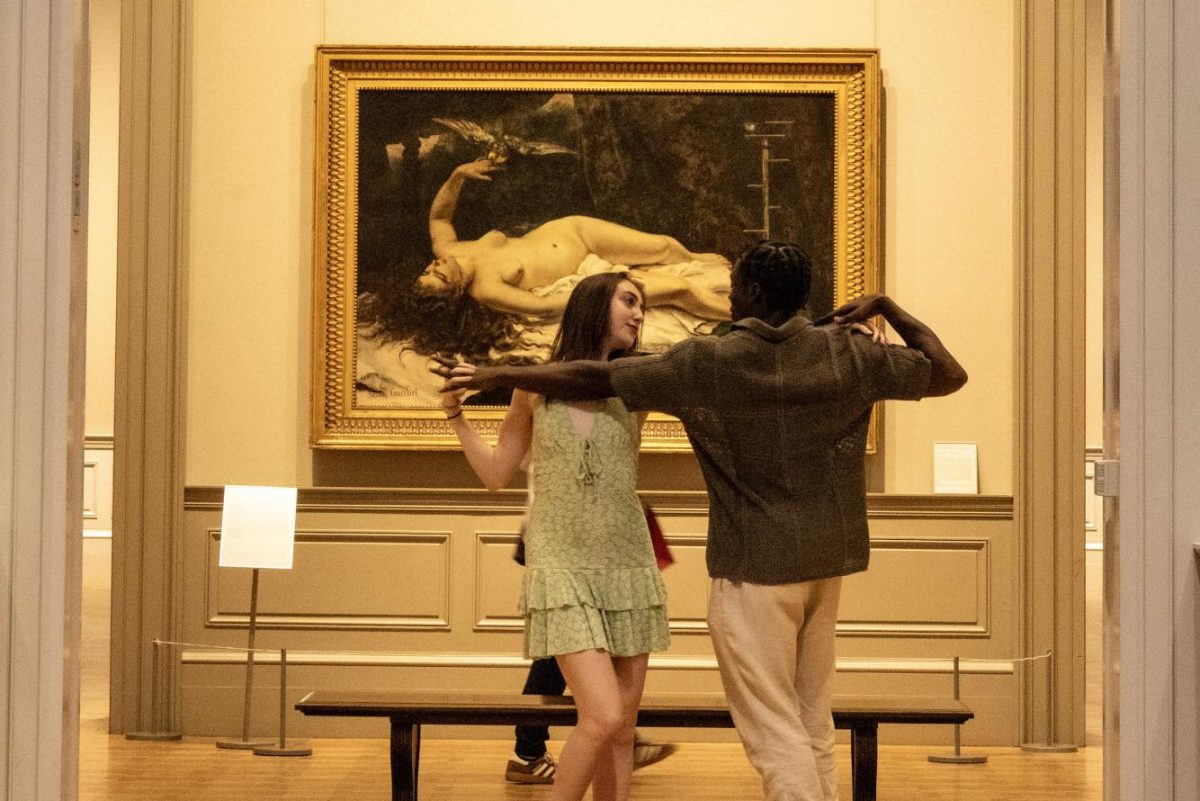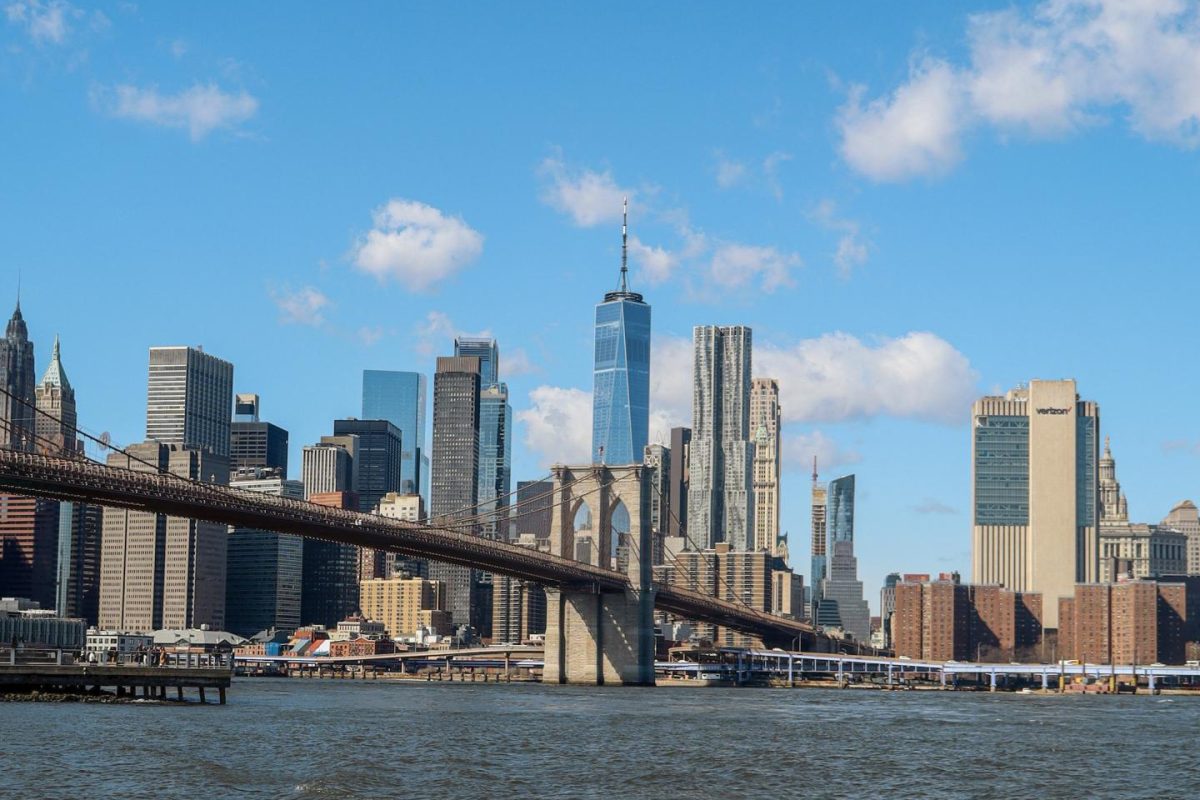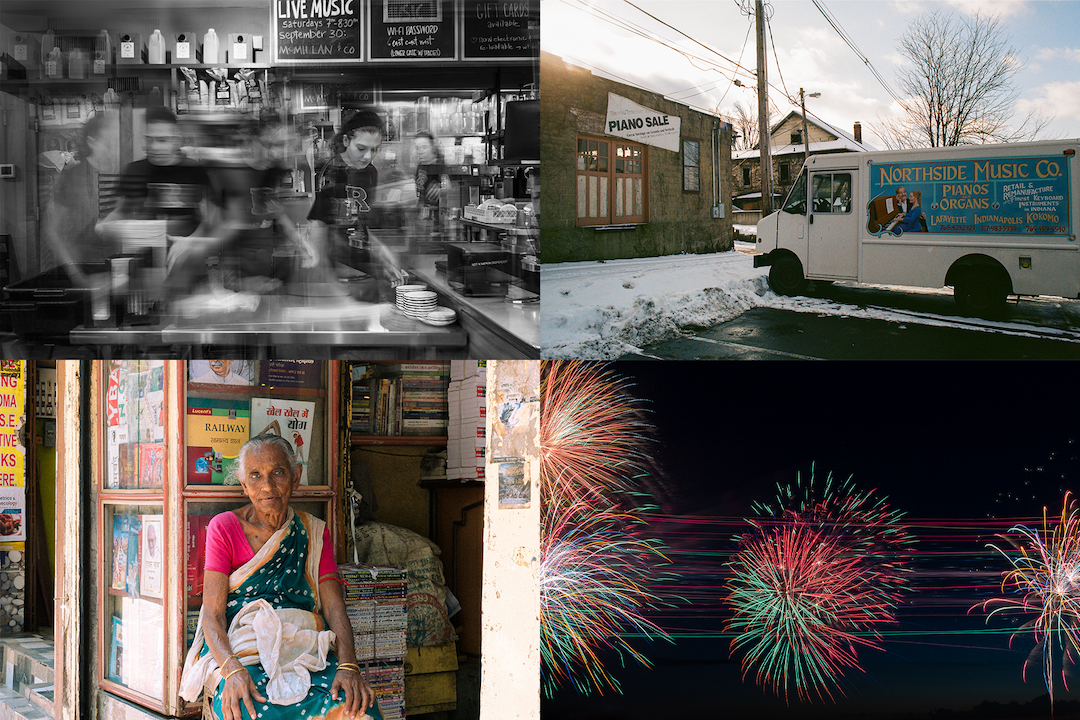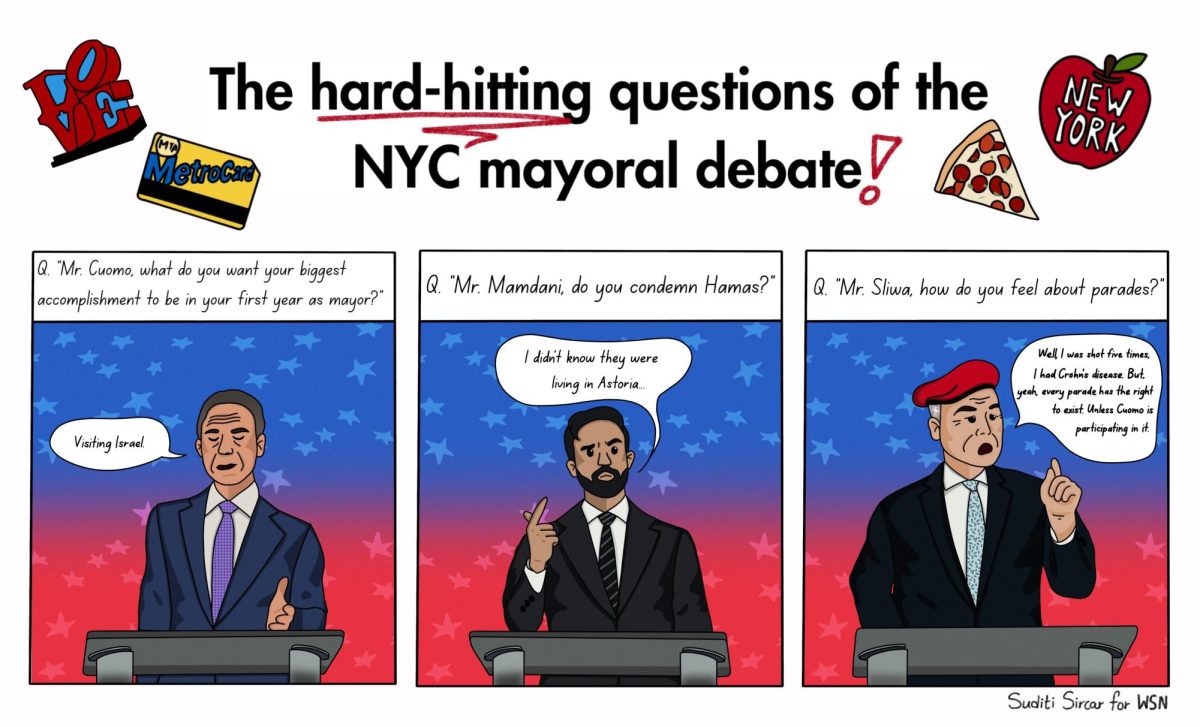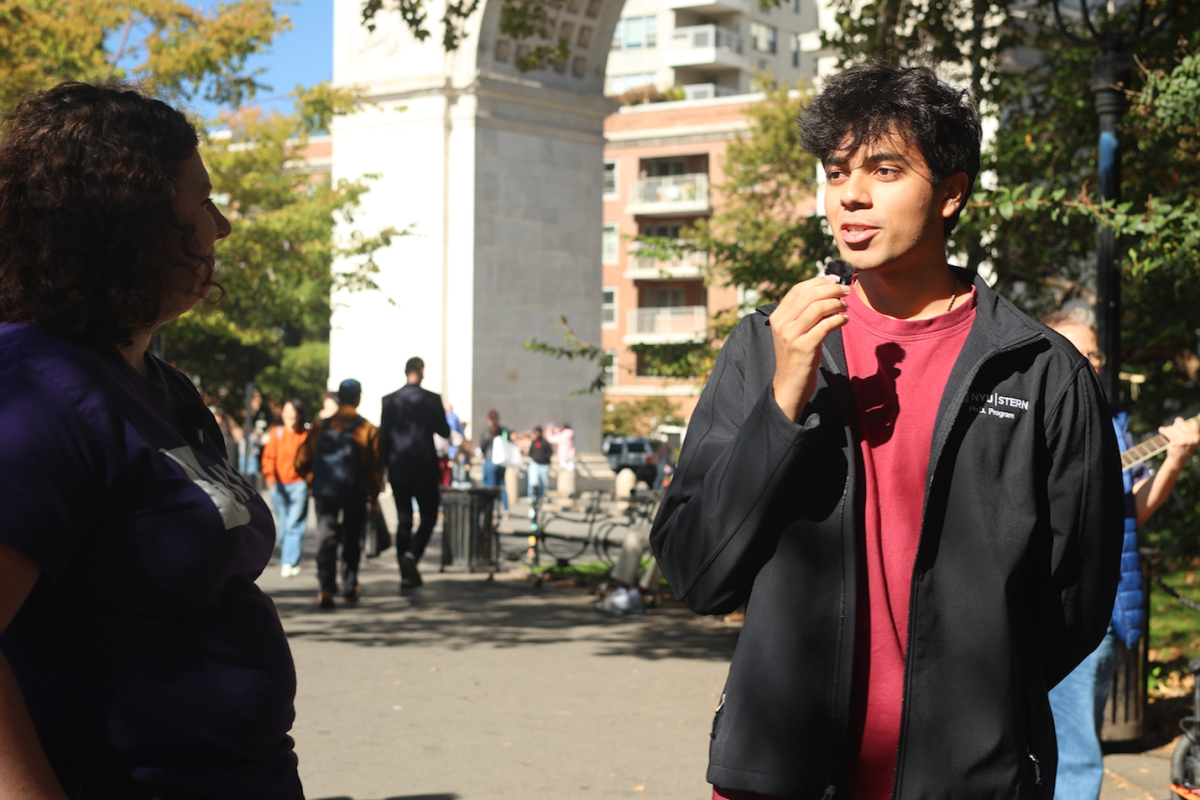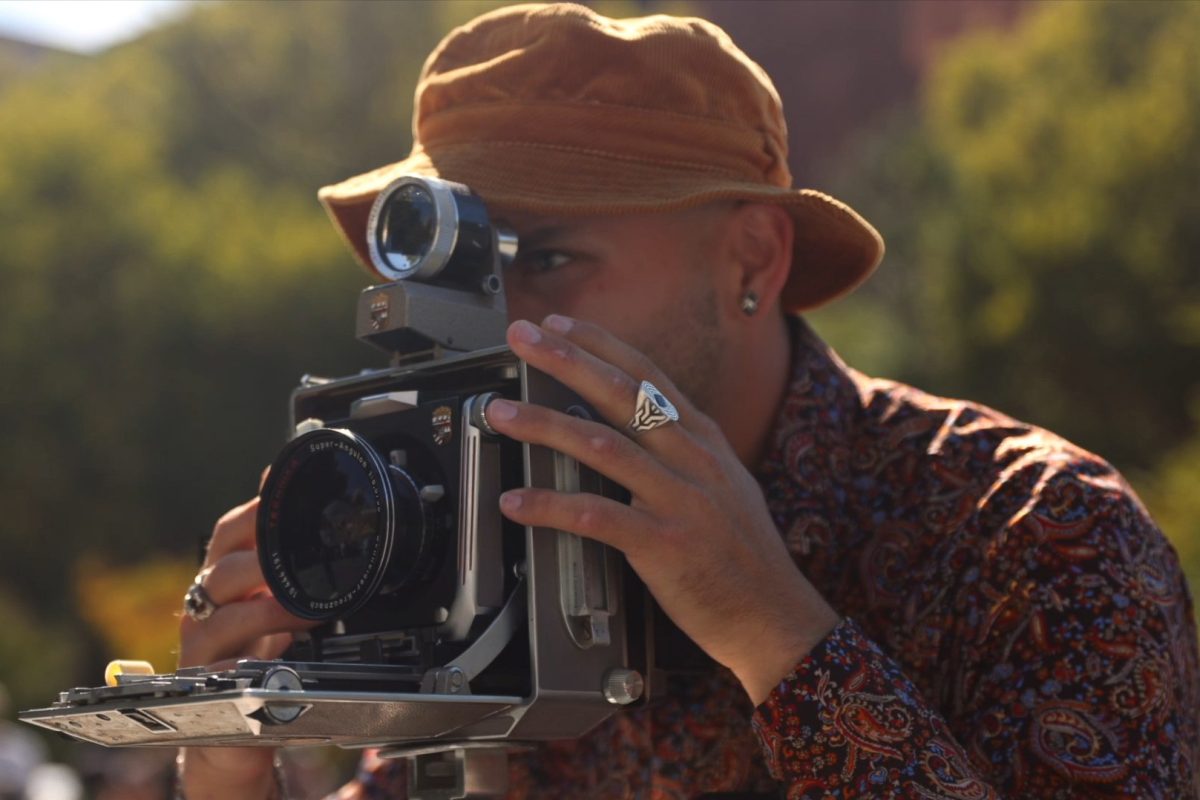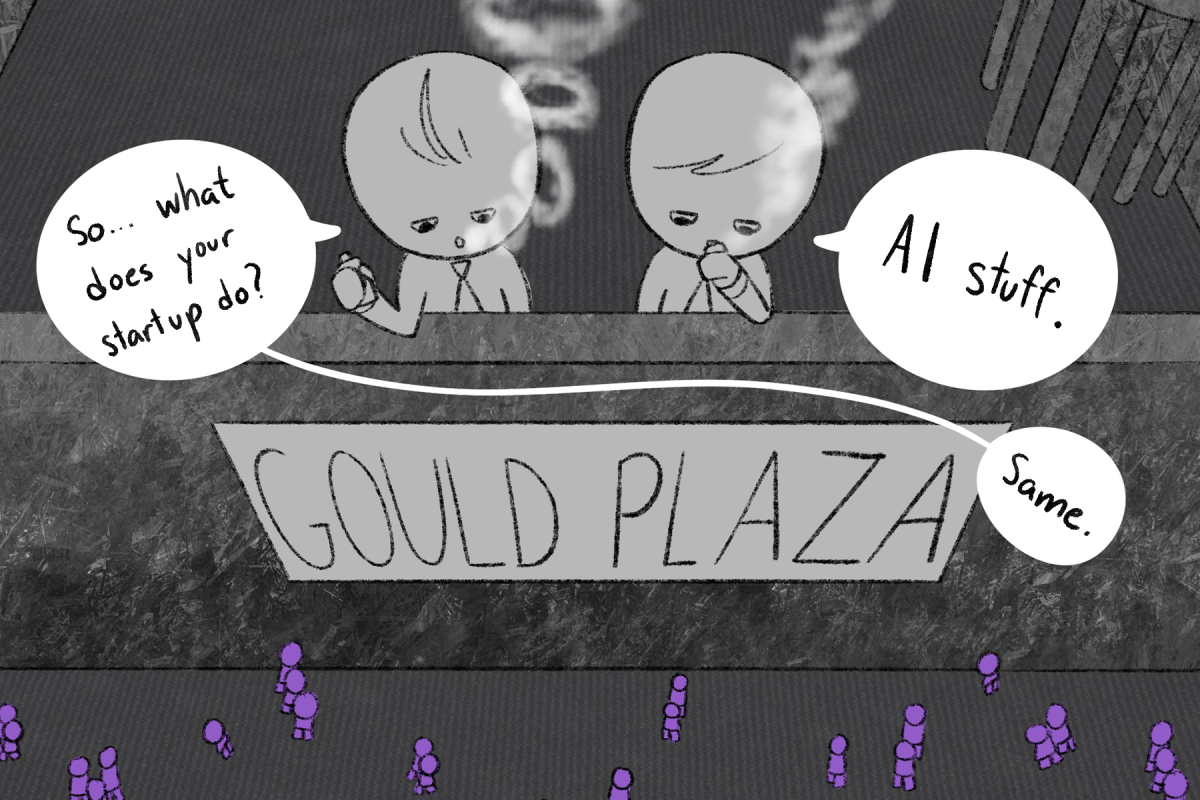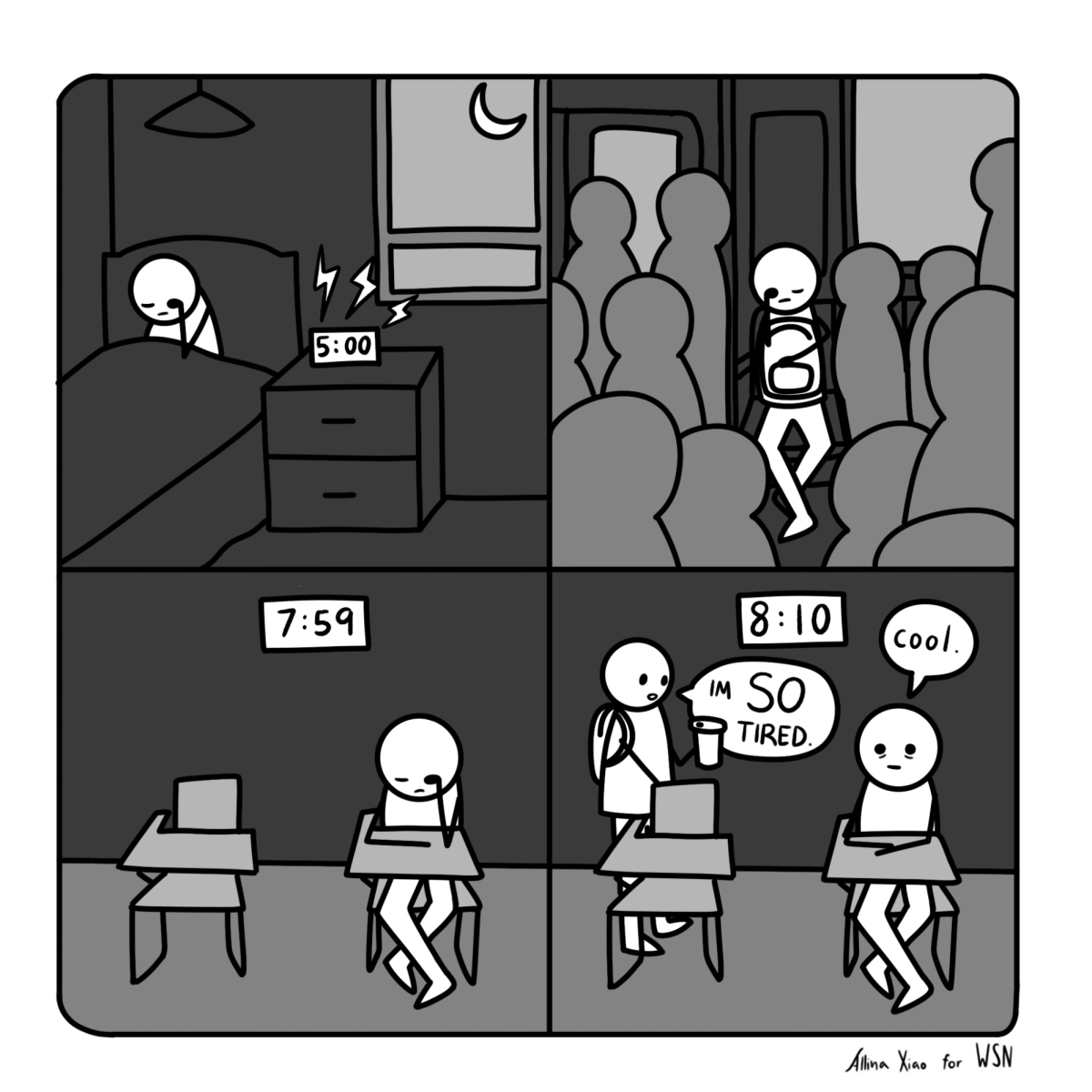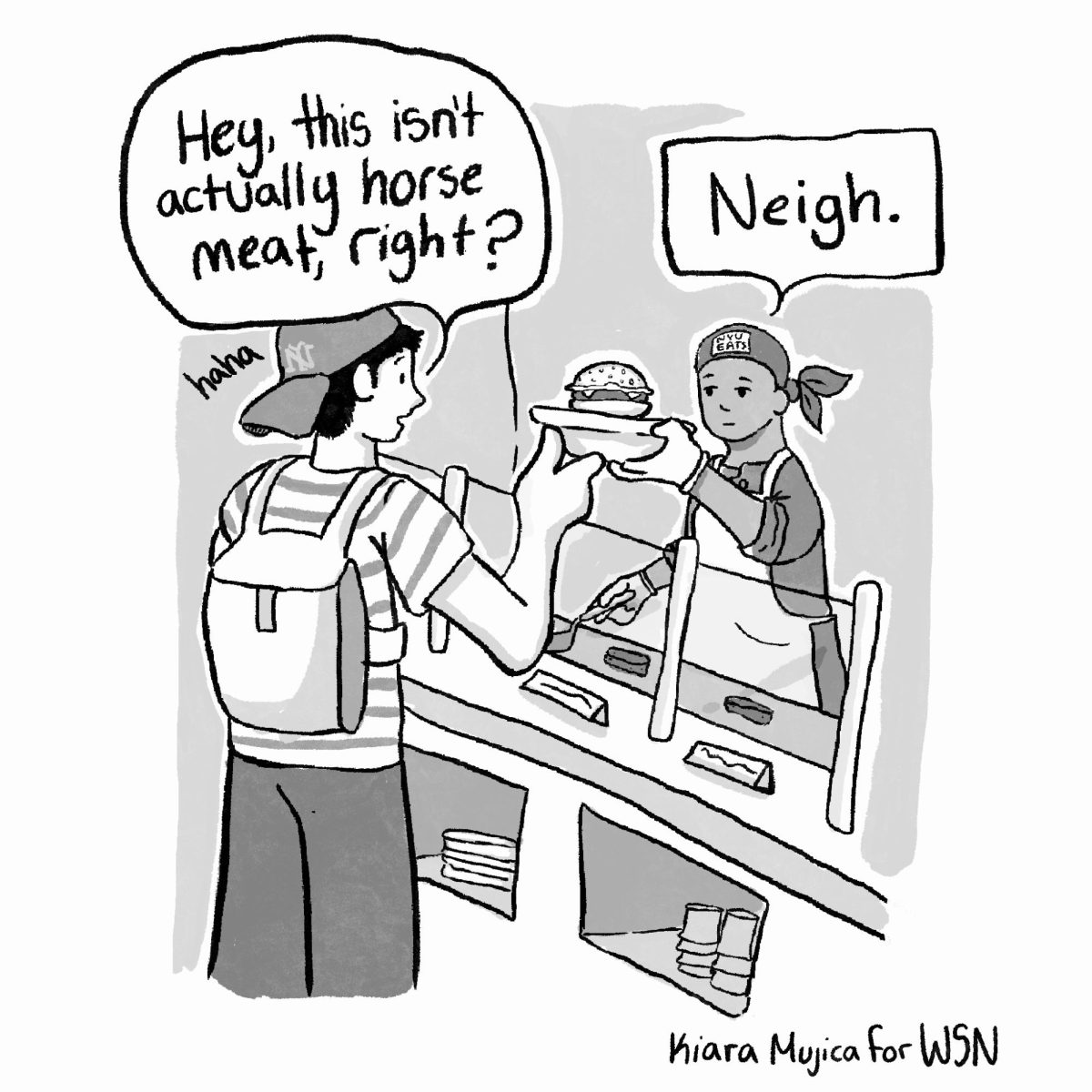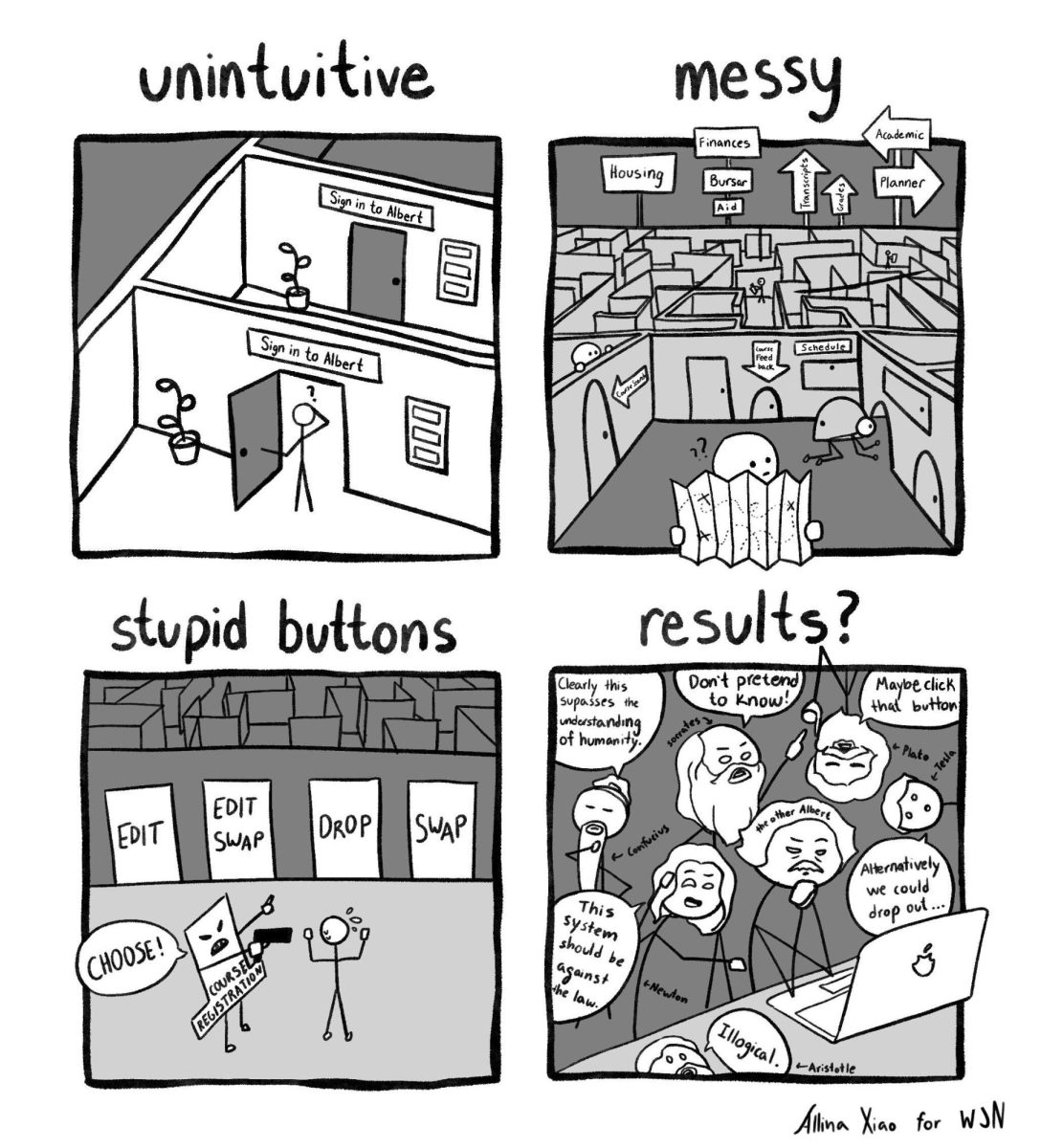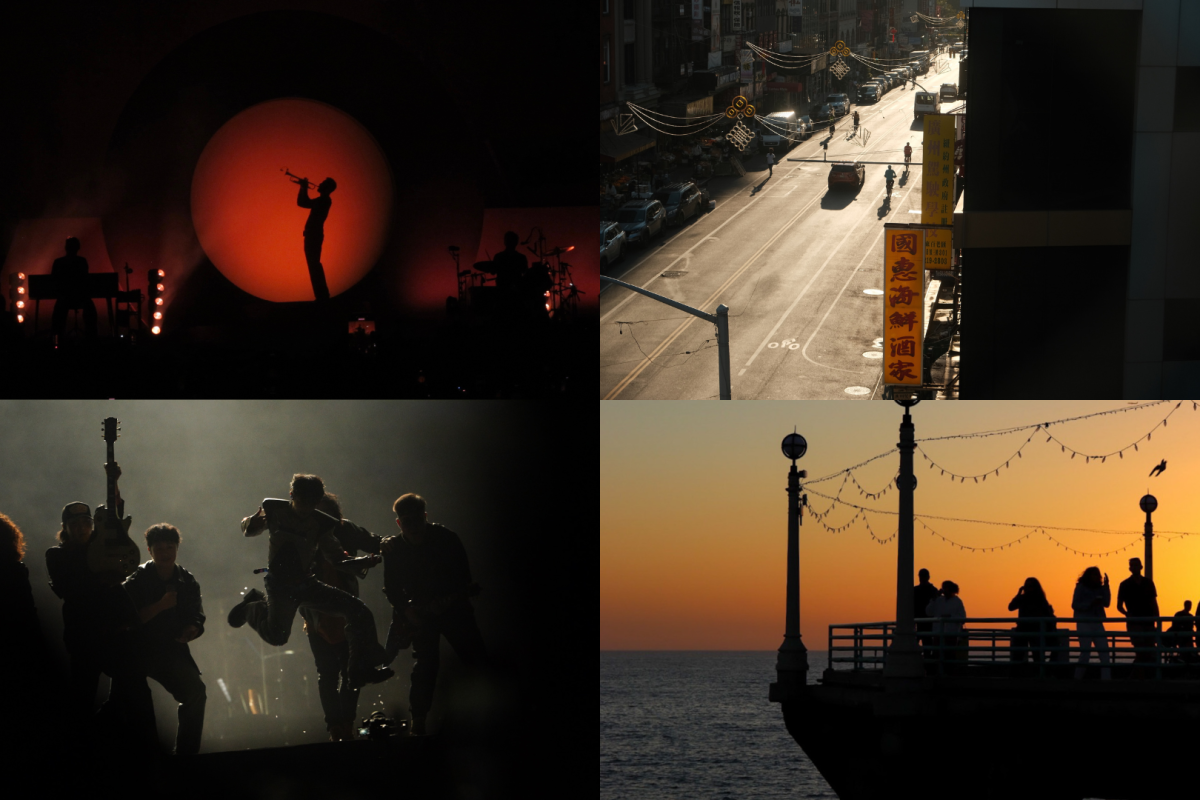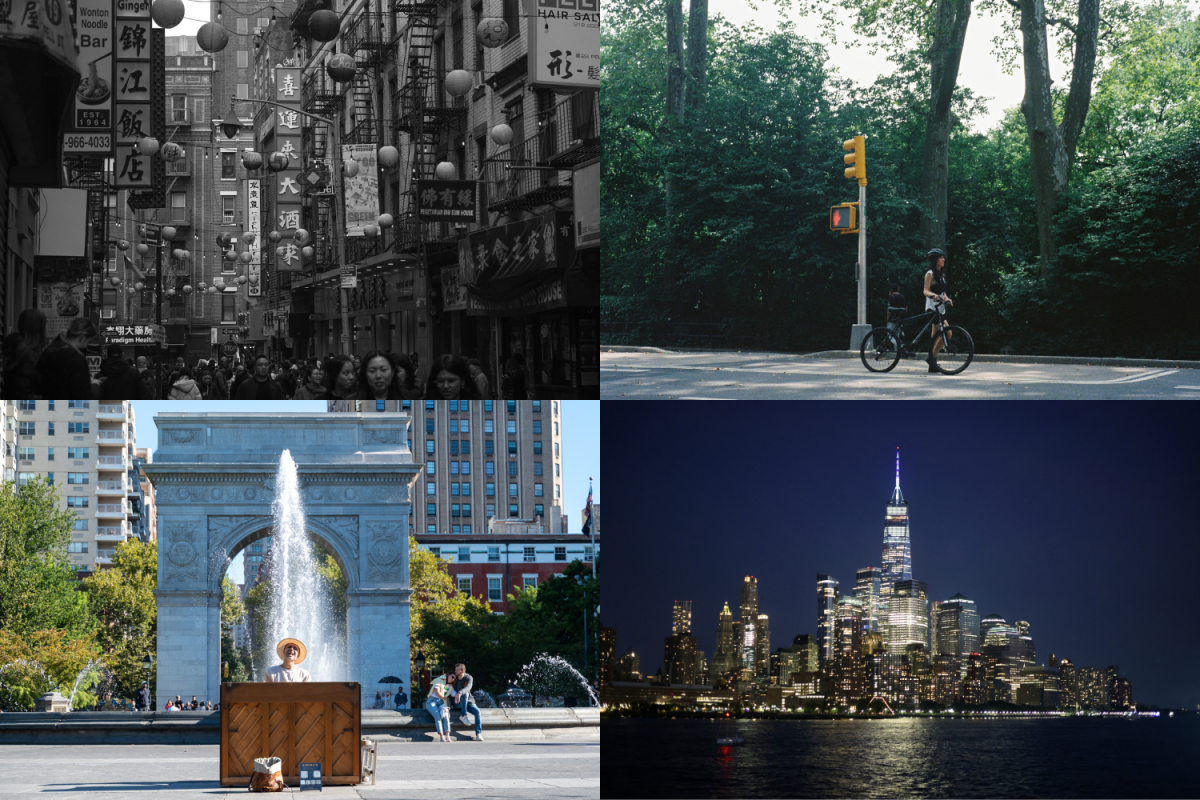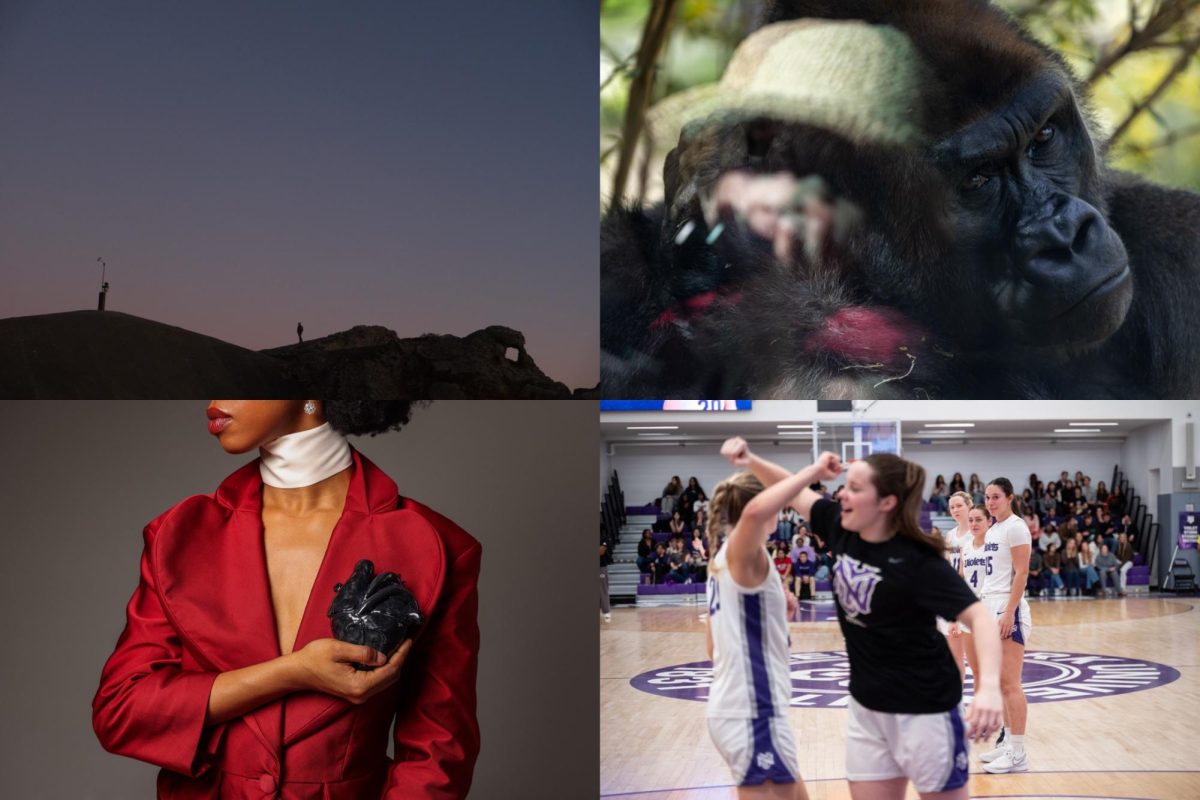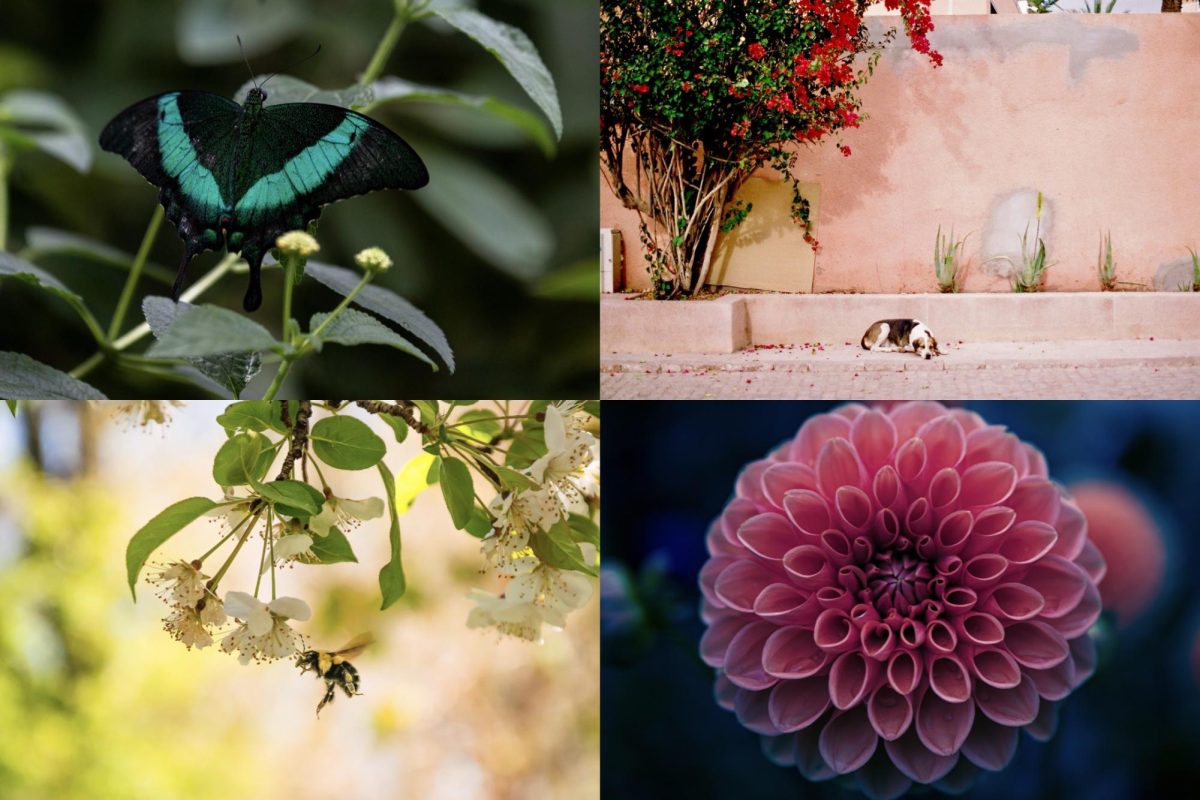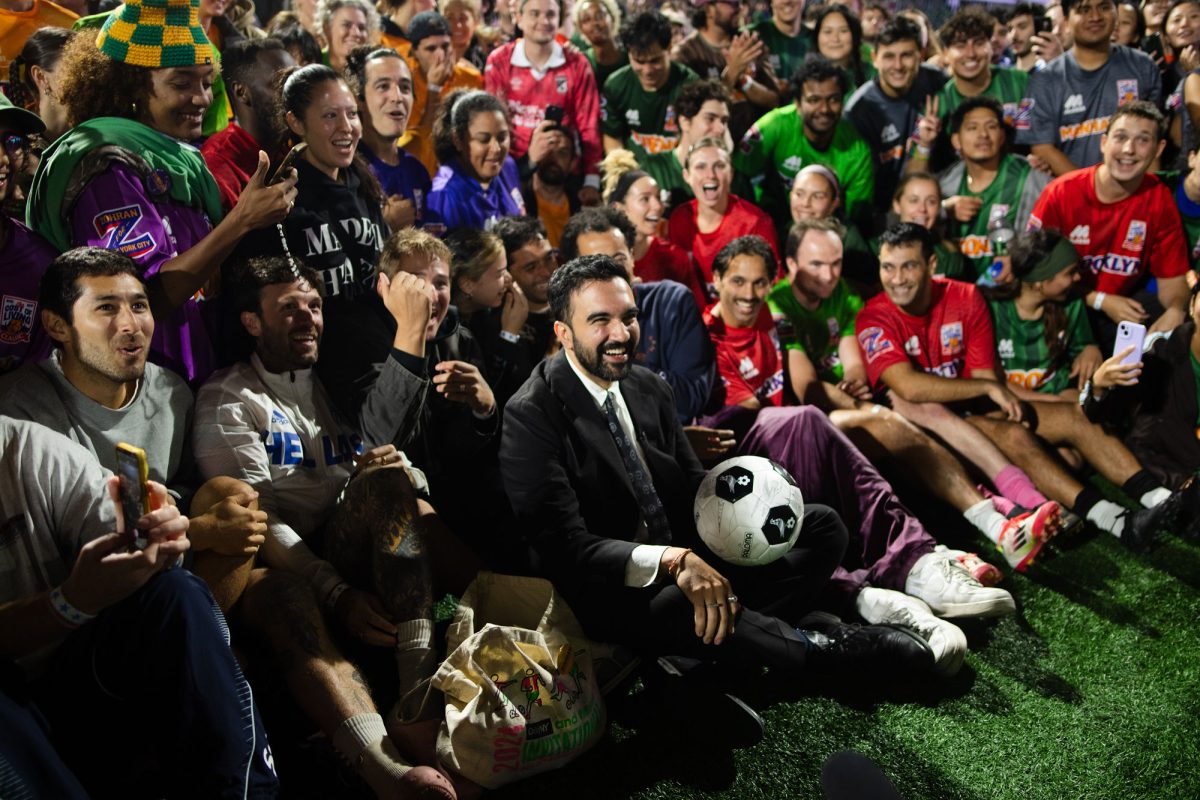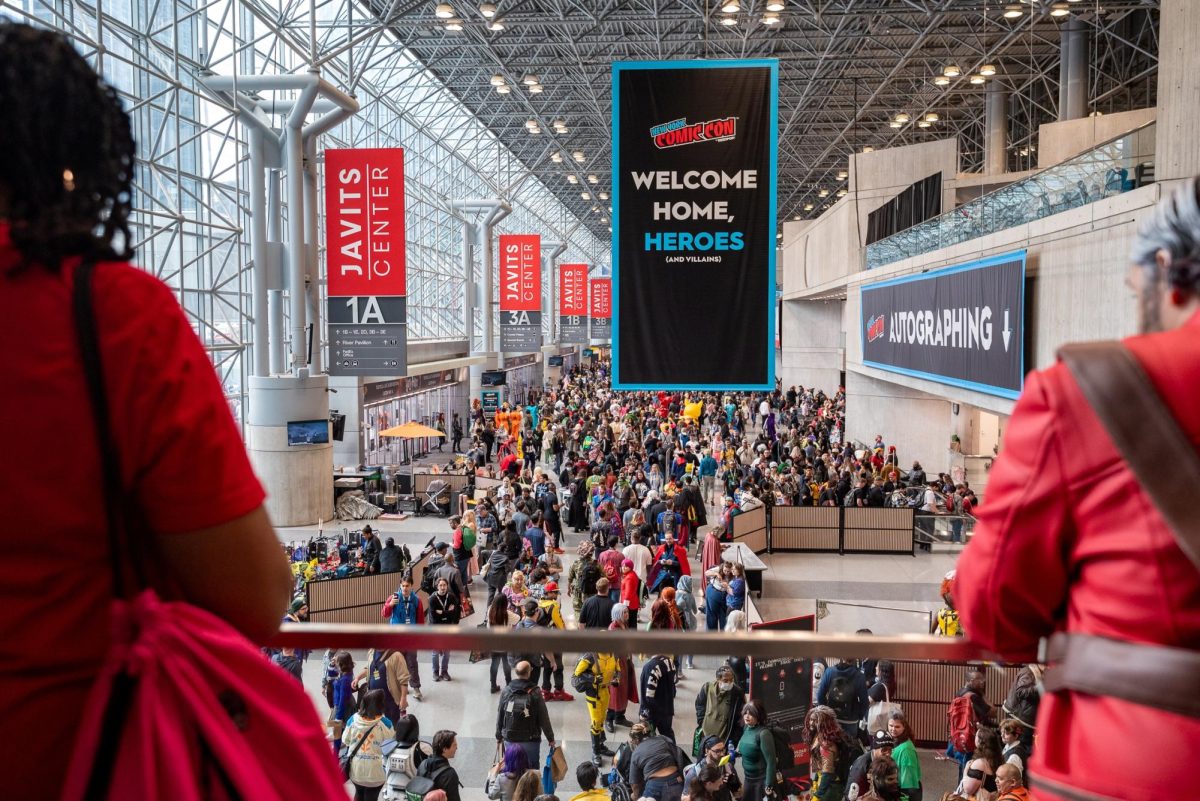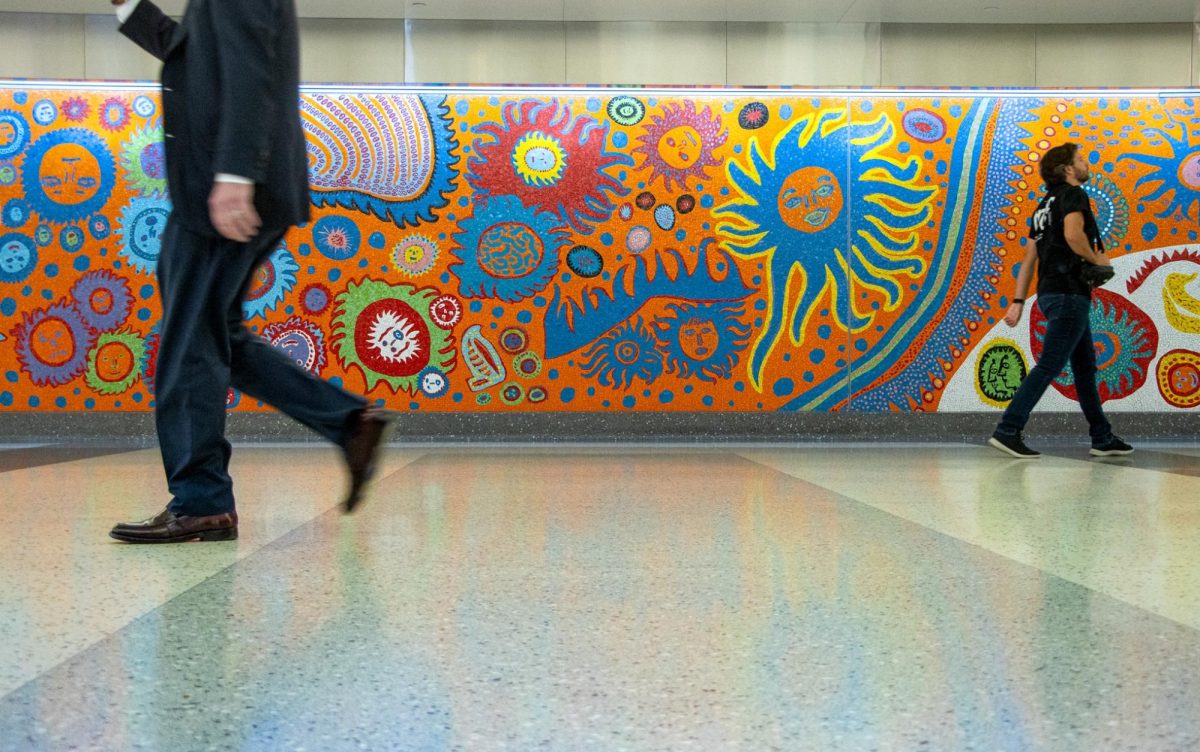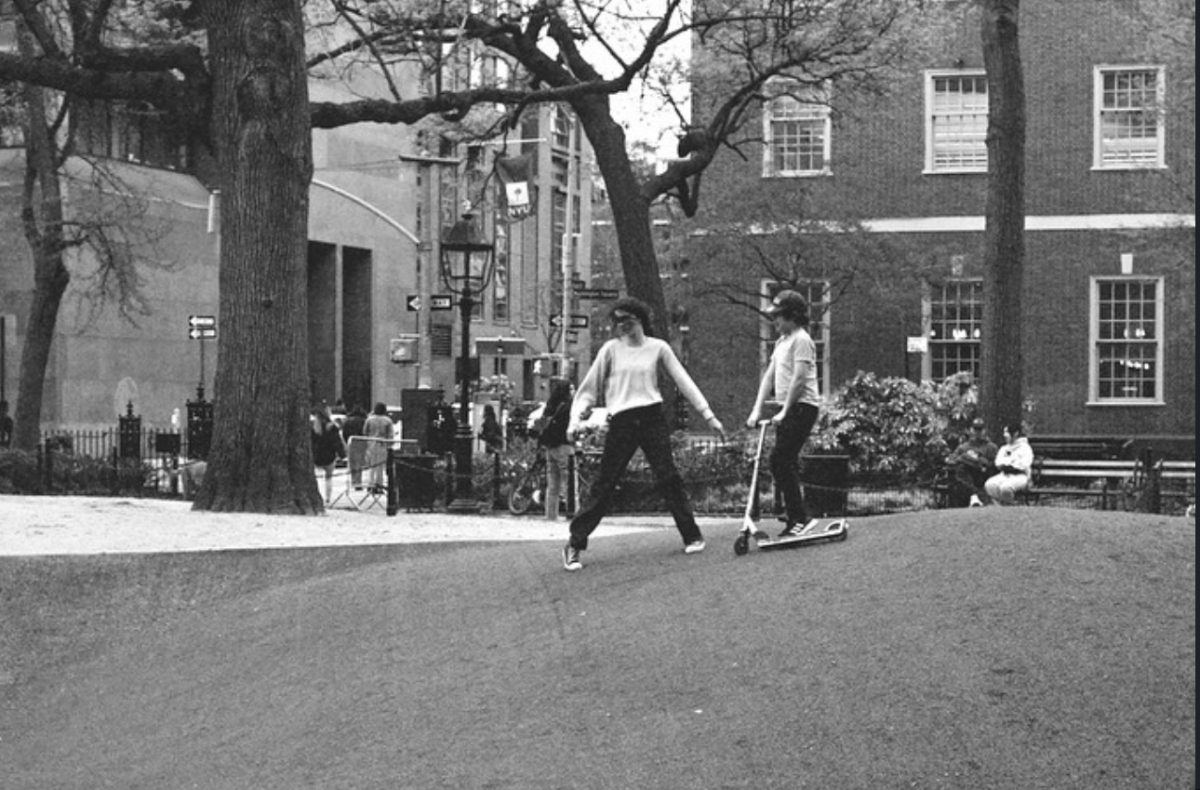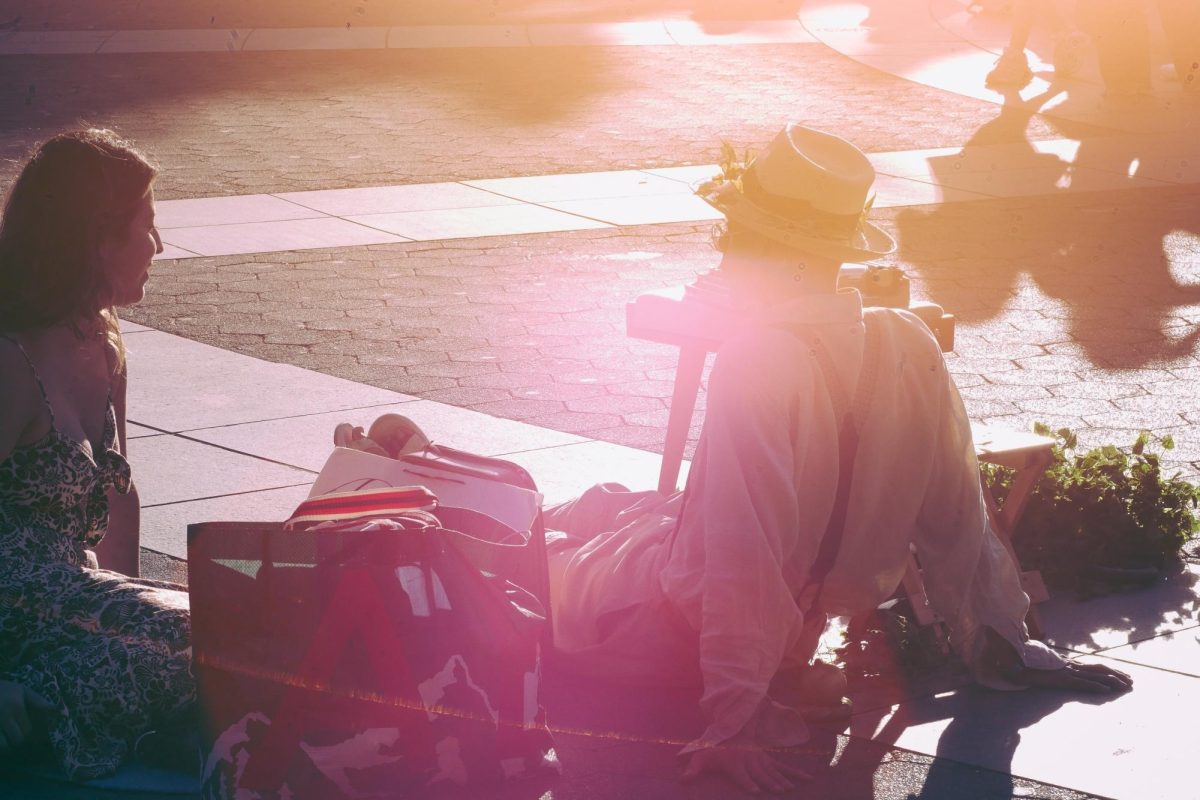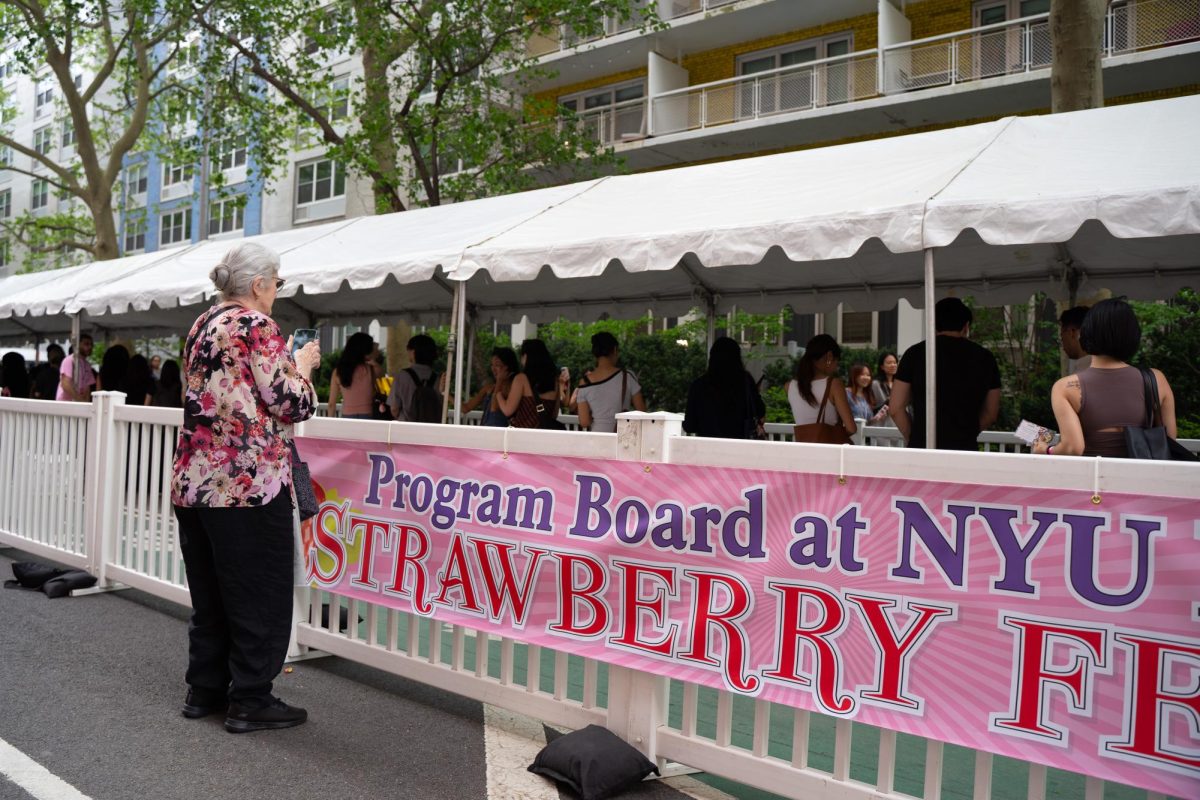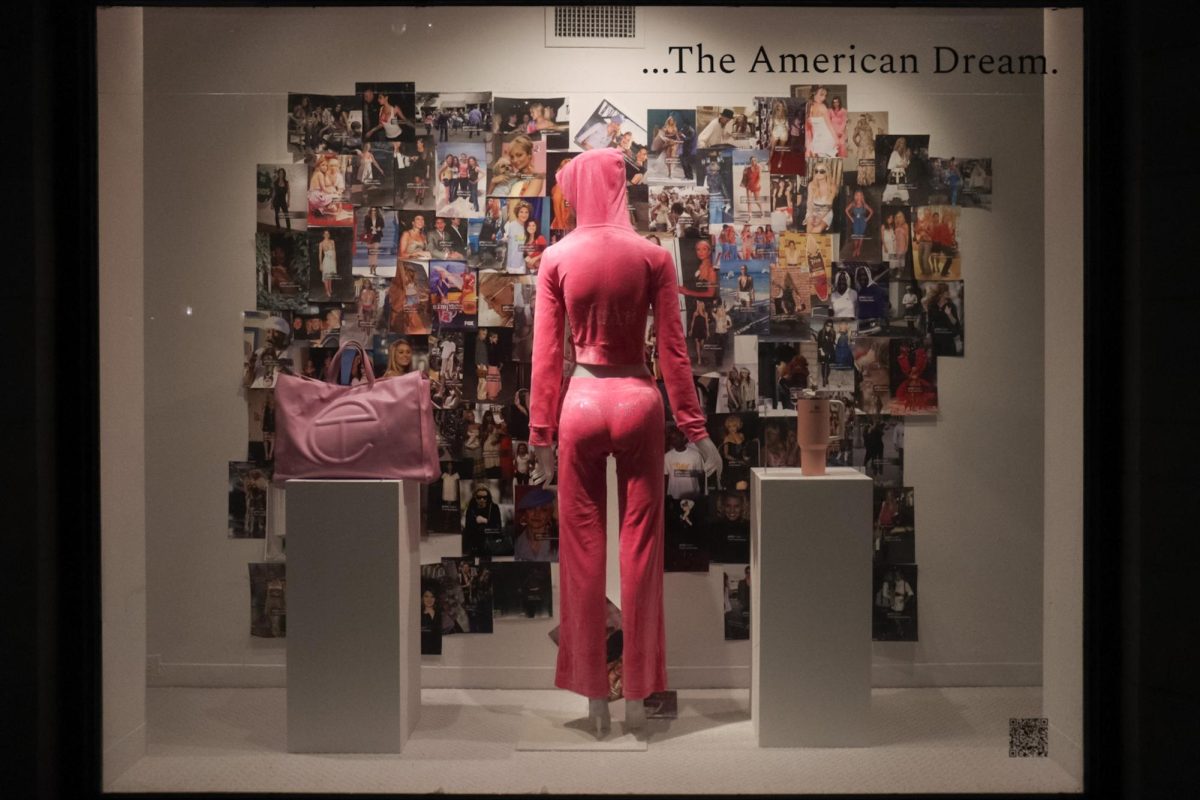As pedestrians pass the corner of East 10th Street and Broadway, they might assume a new, eclectic clothing store has opened. Mannequins are dressed to the nines in various styles from Y2K to prairie chic. However, as viewers stop to observe the pieces, they’ll quickly realize that these windows are not showcasing a new clothing line. Instead, they are part of a fashion exhibition.
“Framing Fashion Fantasies: Windows Into…” is the newest exhibition at 80WSE’s Broadway Windows, a gallery entirely visible from the street. This opens up art and fashion to those who may not be able to afford a museum ticket or who don’t usually take the time to visit exhibitions, allowing a greater diversity of people to engage in conversations sparked by the pieces.
Six NYU Costume Studies master’s students curated the exhibition under the direction of Stephanie Kramer, the senior research associate at The Metropolitan Museum of Art’s Costume Institute. Each student designed one window display, exploring various societal fantasies of their choosing — the fantasies illustrate desired realities that haven’t yet been attained. Each fantasy is independent from the others and they all comment on political and sociocultural aspects of society.
“I think that it works because our visions were all so different, but there is something for everybody,” said Marissa Motley, one of the student curators.
“The American Dream” is designed by Motley and displays a backward-facing mannequin wearing a hot pink Juicy Couture tracksuit centered in the window. A light pink Stanley tumbler stands on a block on the other side of the mannequin, and a bubblegum Telfar bag sits on another block. The wall the mannequin faces features a collage of celebrity paparazzi photos including Beyoncé and Paris Hilton. This window is fun and vibrant while offering a critique of celebrity culture and consumerism.
“Back then, it was always the Starbucks cup and the little Gucci bag or the Louis Vuitton Murakami,” Motley said. “Now we see that again with the Stanley cup and the Telfar bag — those being highly consumed items that help consumers buy into this idea of being on-trend or being the ‘it girl’ of their community.”
Motley’s display appeals to the fantasy of fitting in, rather than judging consumers for buying trendy products. For instance, the paparazzi photos in the back showcase the glamour of the it girl lifestyle that so many aspire to — even if it feeds into America’s capitalist system. Motley’s critique is not of those chasing the dream but rather of the system that keeps this cycle of consumerism alive.
Where “The American Dream” is bright and bubbly, student curator Gillani Peets’ “The Monster” is sharp and dark. Two mannequins with traditionally masculine frames face outward against a scarlet background. The first wears an all-black mesh set of a shirt and pants with cutouts scattered throughout the legs and hips. The second wears a matching skirt and jacket, cinched at the waist with a belt and a headpiece decorated with black feathers covering the mannequin’s head. The entire outfit is embroidered with bright red, green, silver and blue sequins, which create a striking contrast with the outfit’s black base. Both outfits boldly break gender stereotypes through their inclusion of traditionally feminine elements on a masculine frame. Showcasing outfits that push boundaries extends an invitation to viewers to explore their fantasy of embracing their identity. In a country where LGBTQ+ individuals are under attack, this window is especially empowering. While “The American Dream” comments on consumerism, it also works in tandem with “The Monster” to dissect beauty standards presented in media and how they influence our gender expression or sense of identity.
“Otherness,” designed by Zoé Berteloot, shows a mannequin in a pink quilted robe embellished with hibiscus flower details. This hostess robe, which is a piece from the Costume Studies program’s collection, is understated yet elegant, a nod to the phenomenon of quiet luxury. The label further explains that the hibiscus flowers reference the mid-20th century’s “fascination with orientalism” because an American brand once sold the robe. Berteloot’s display exposes America’s fantasized ideas of Asian individuals, specifically the harmful orientalist label of Asians as exotic, which othered them as subordinate to the West. The robe exemplifies how these damaging ideas can easily be hidden and materialized through fashion.
The exhibition, while small, covers a wide range of topics within the theme of fantasy. The varying subjects invite viewers to build new avenues of connection.
“Framing Fashion Fantasies: Windows Into…” is on display until March 9.
Contact Skylar Boilard at [email protected].

